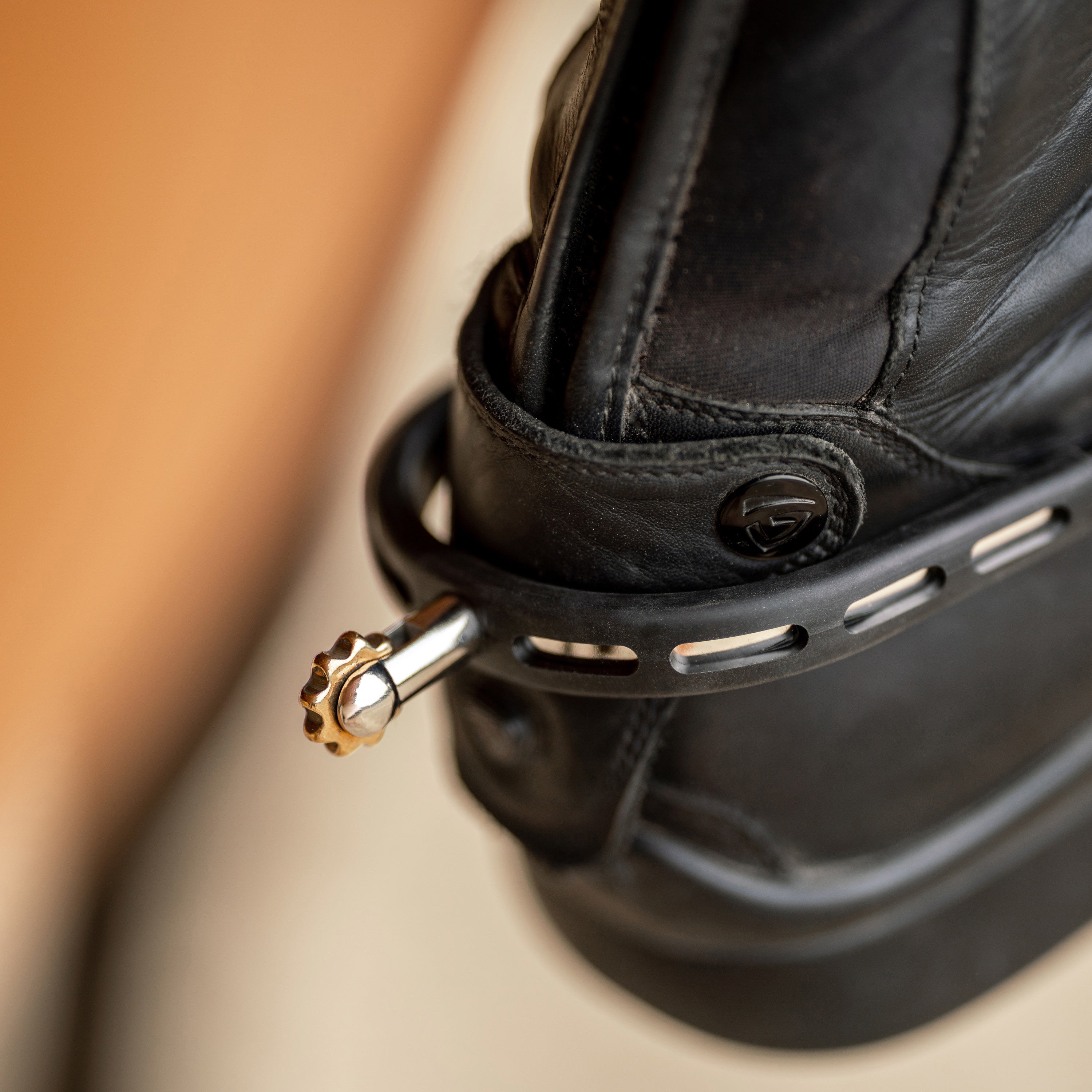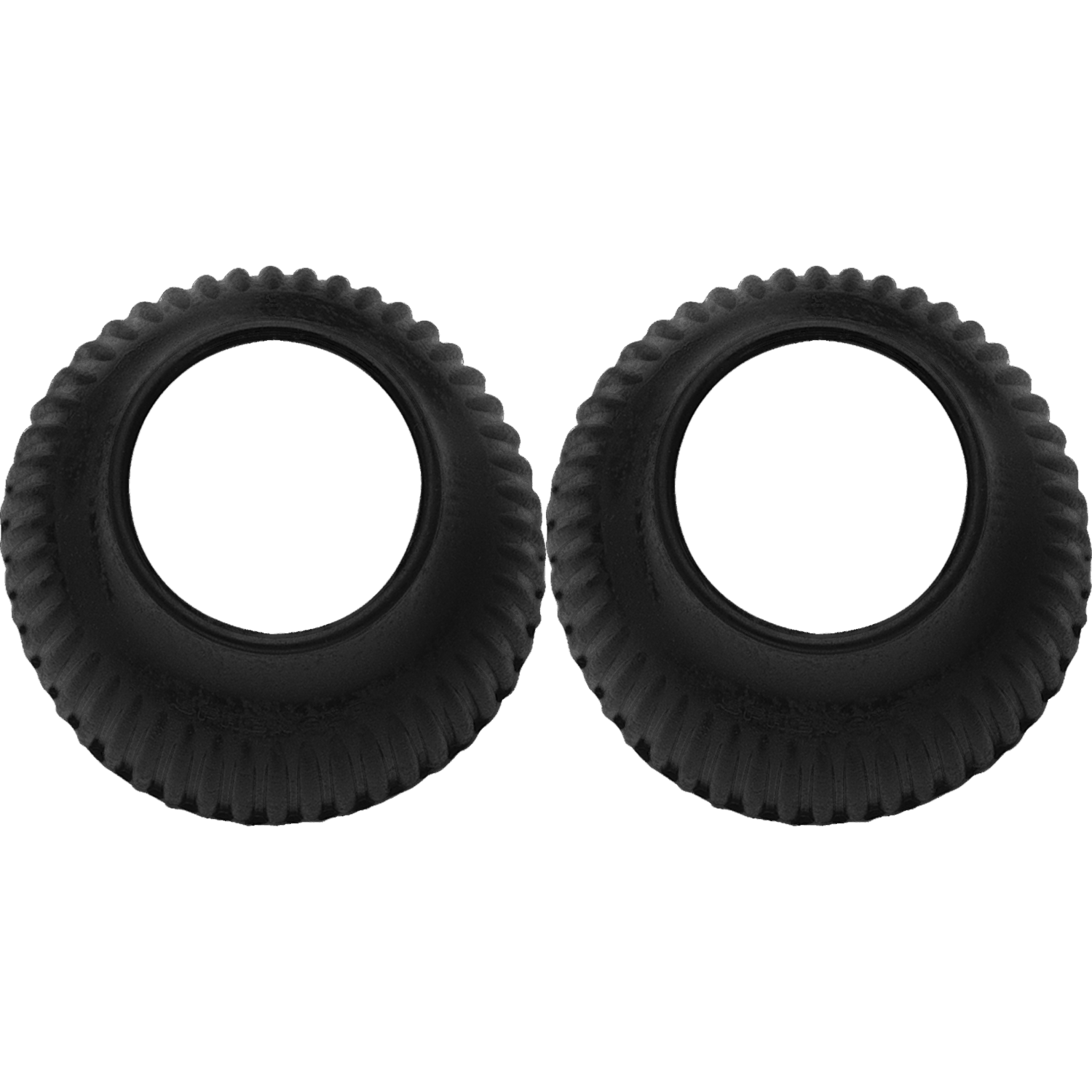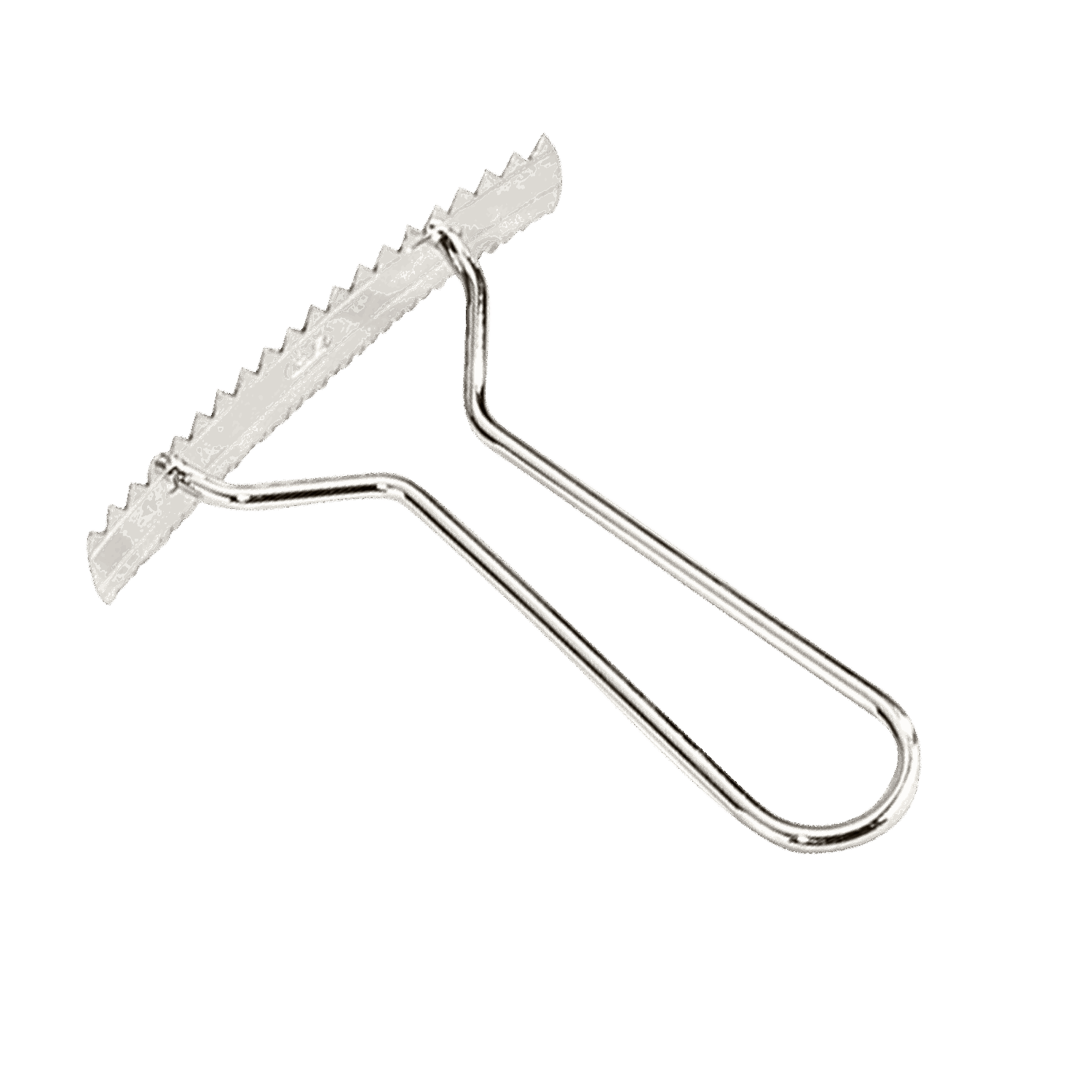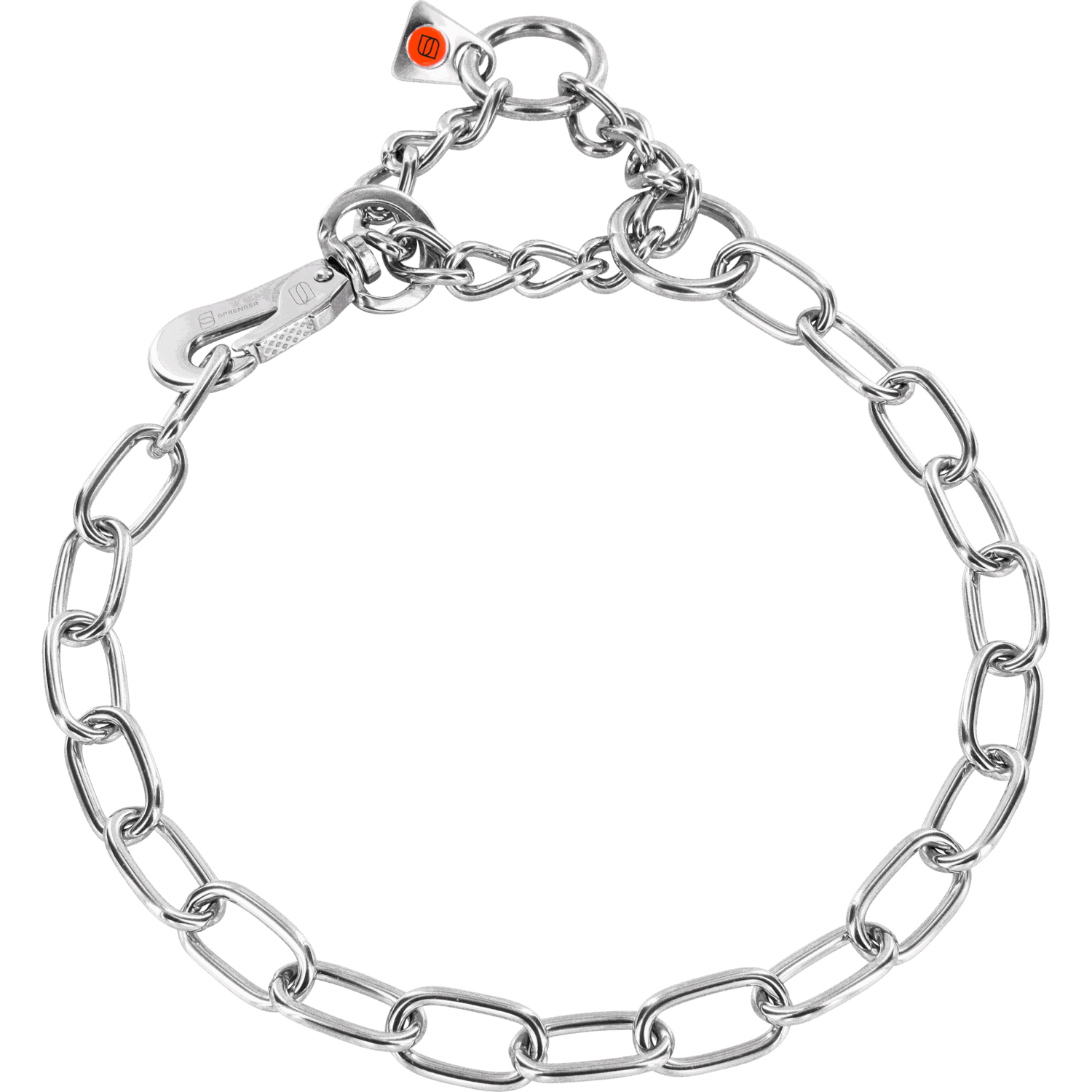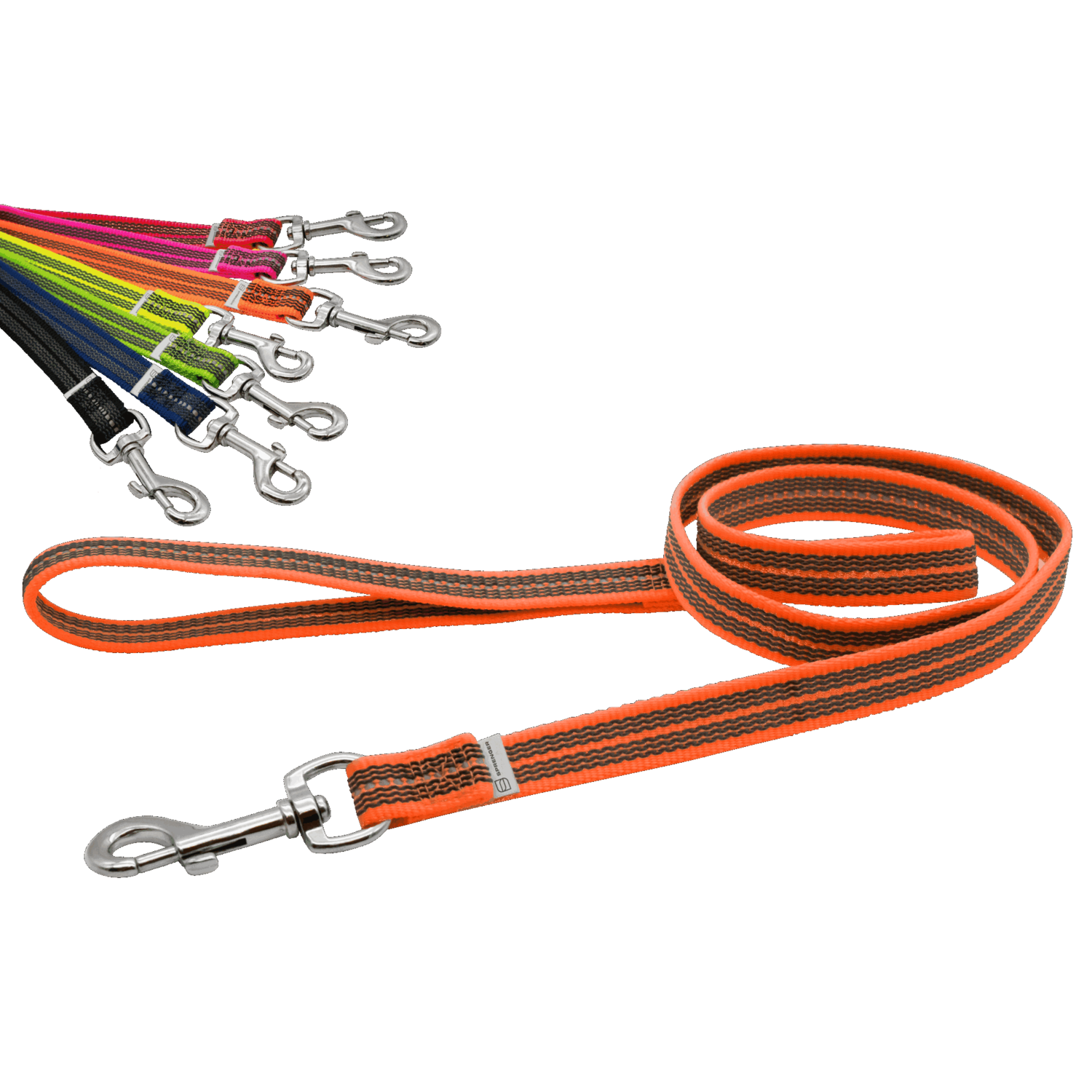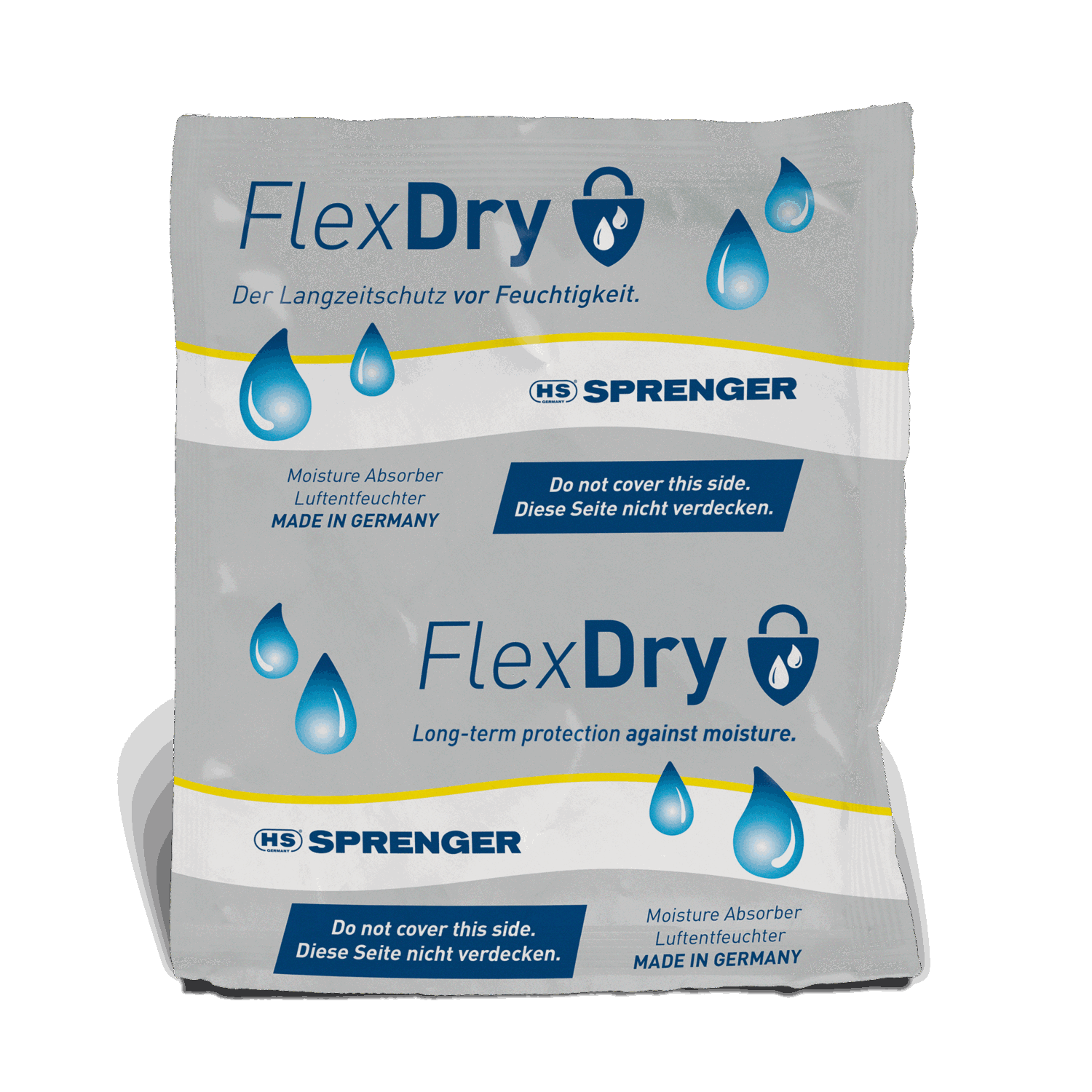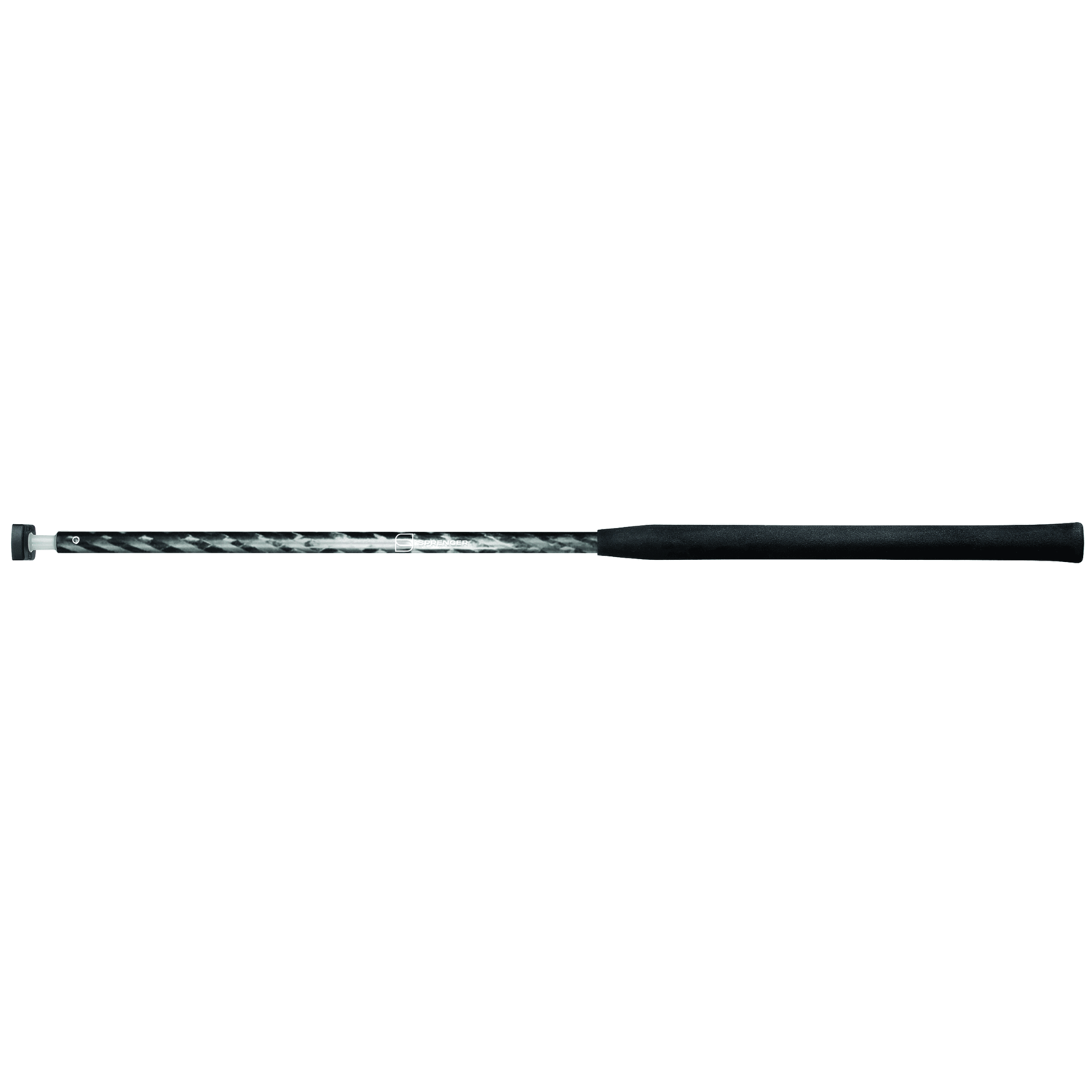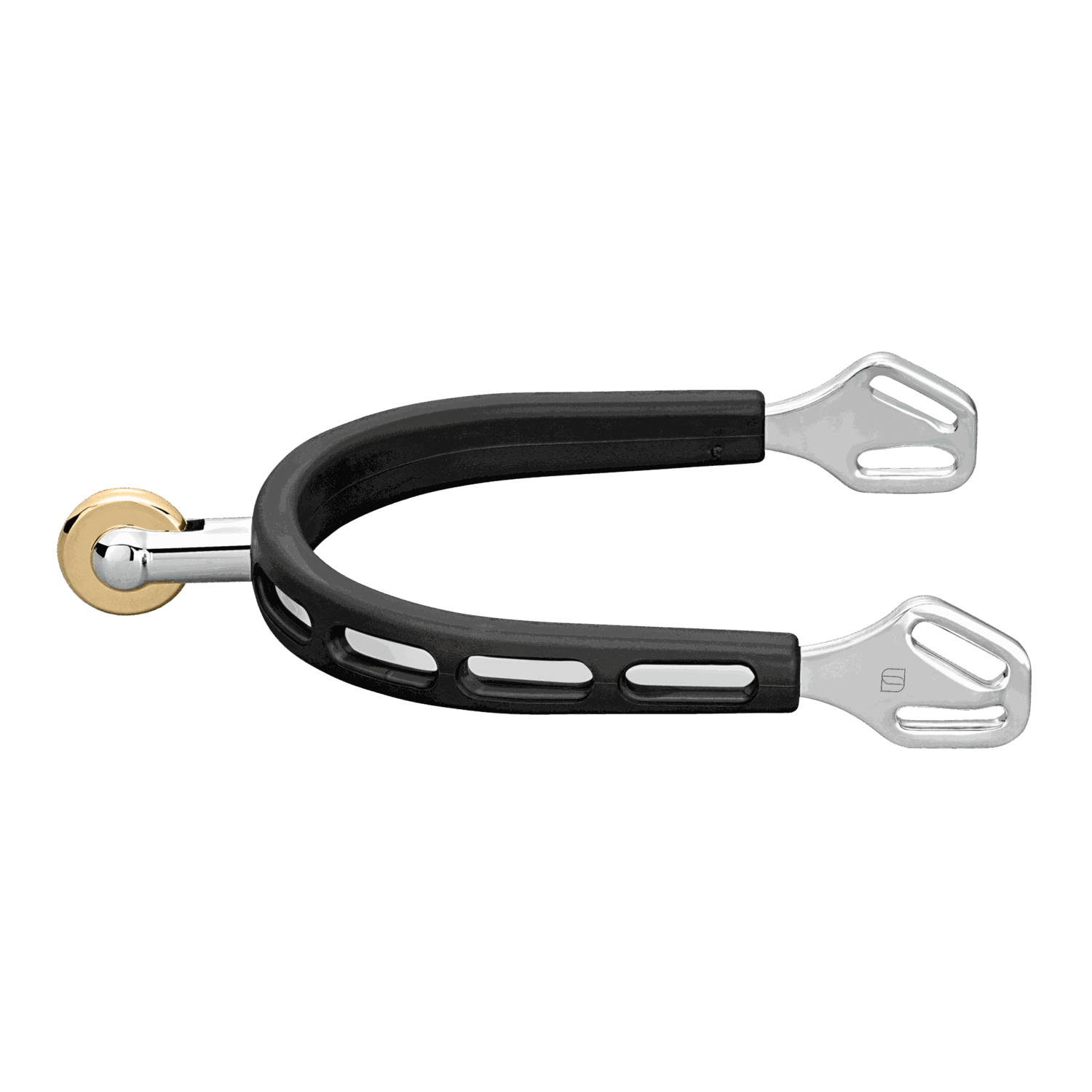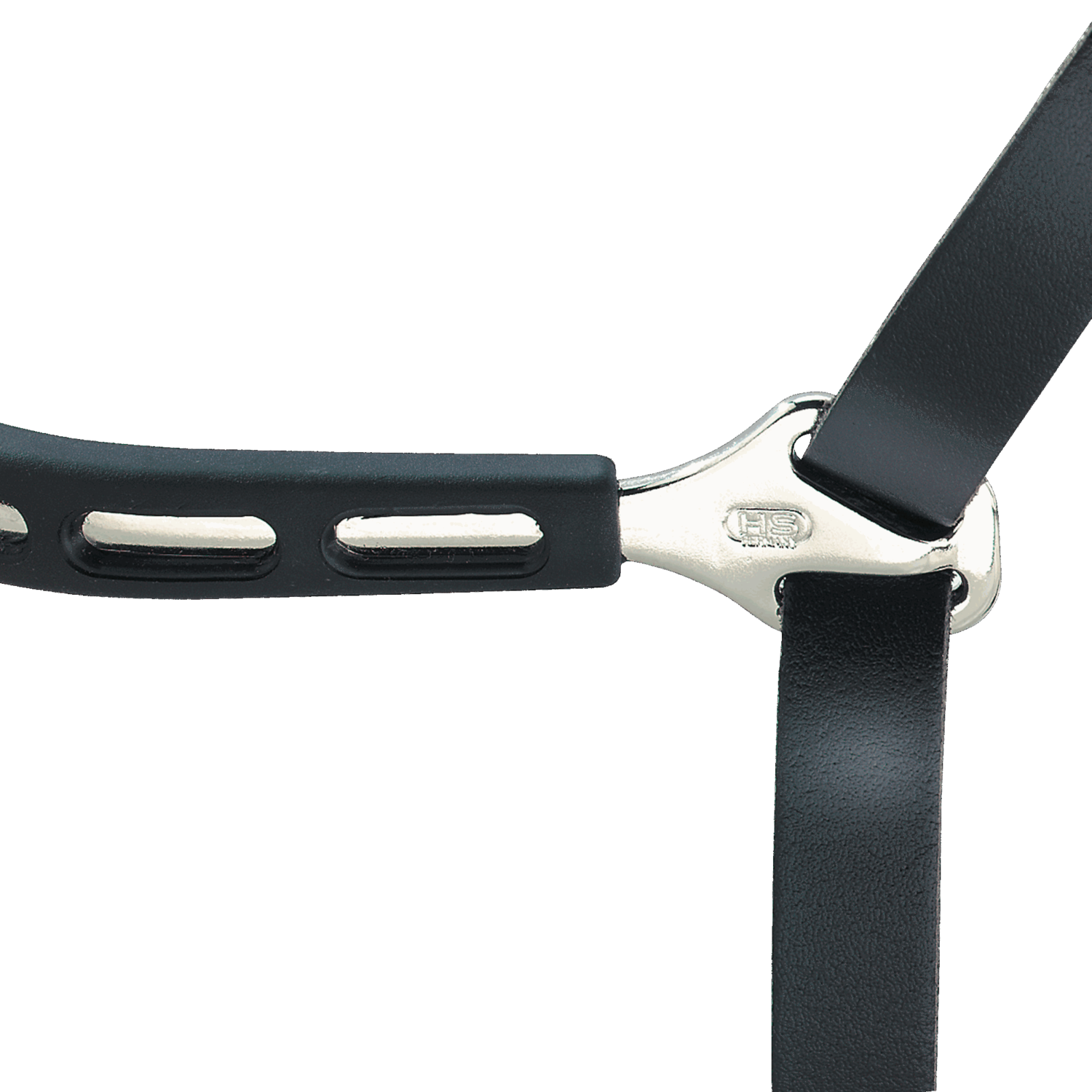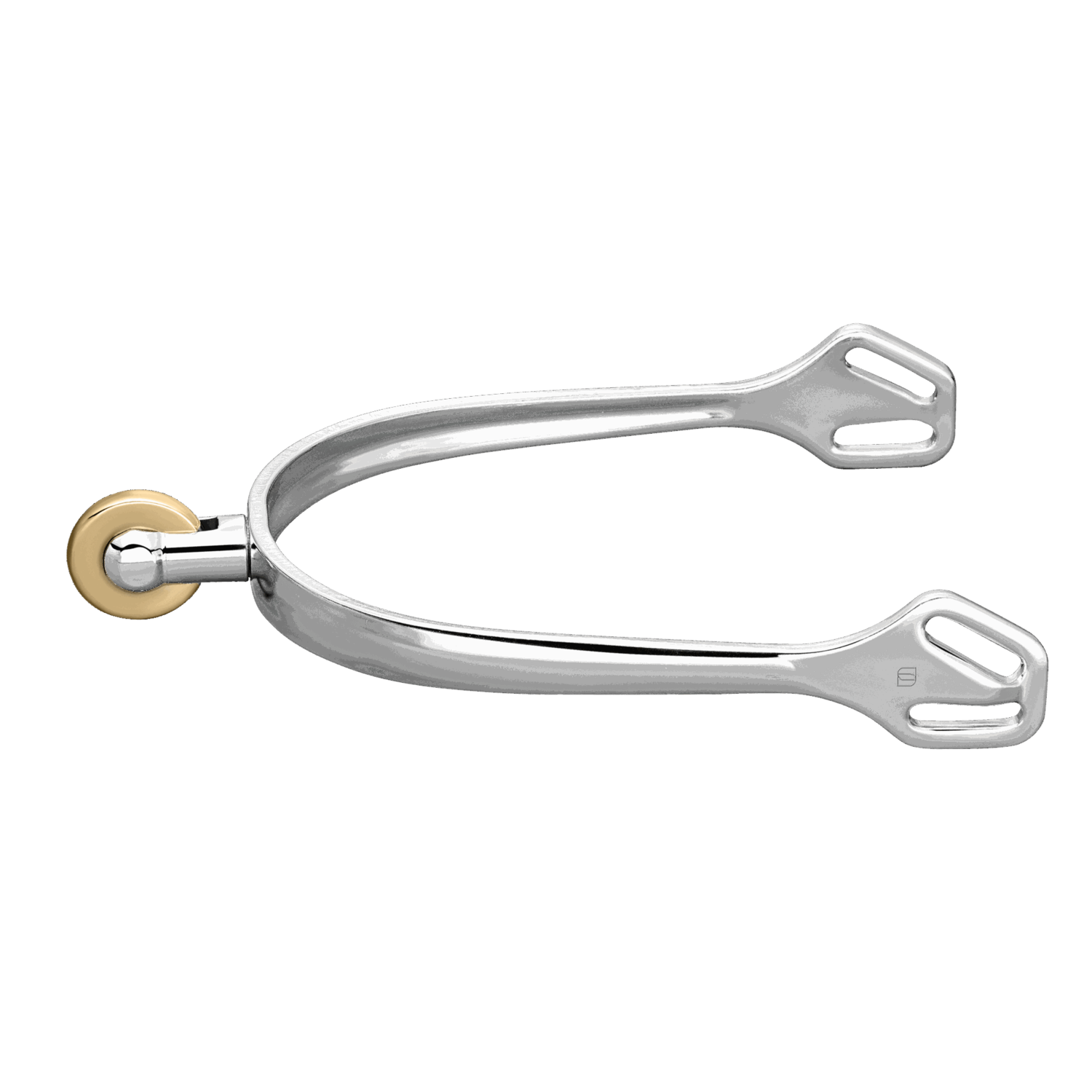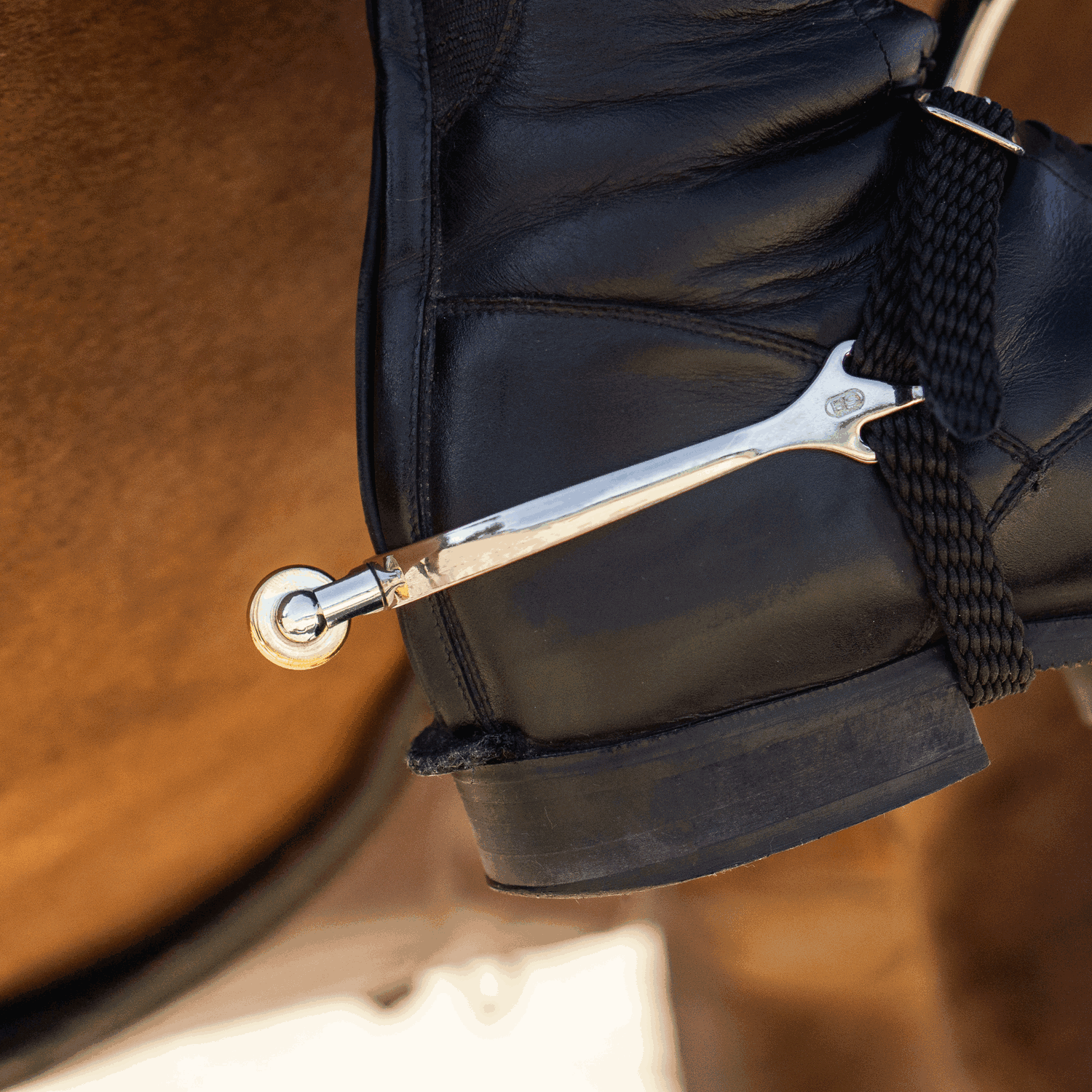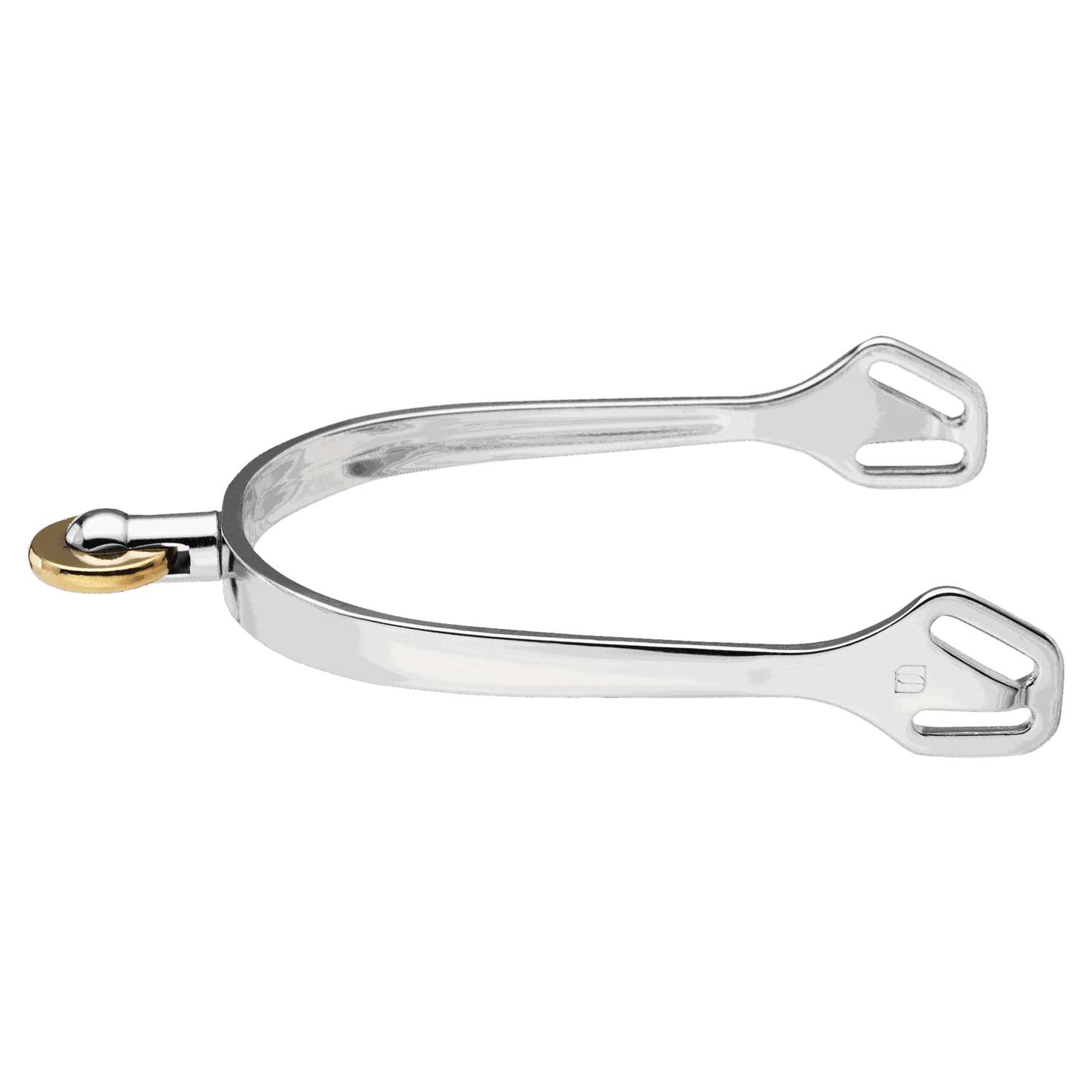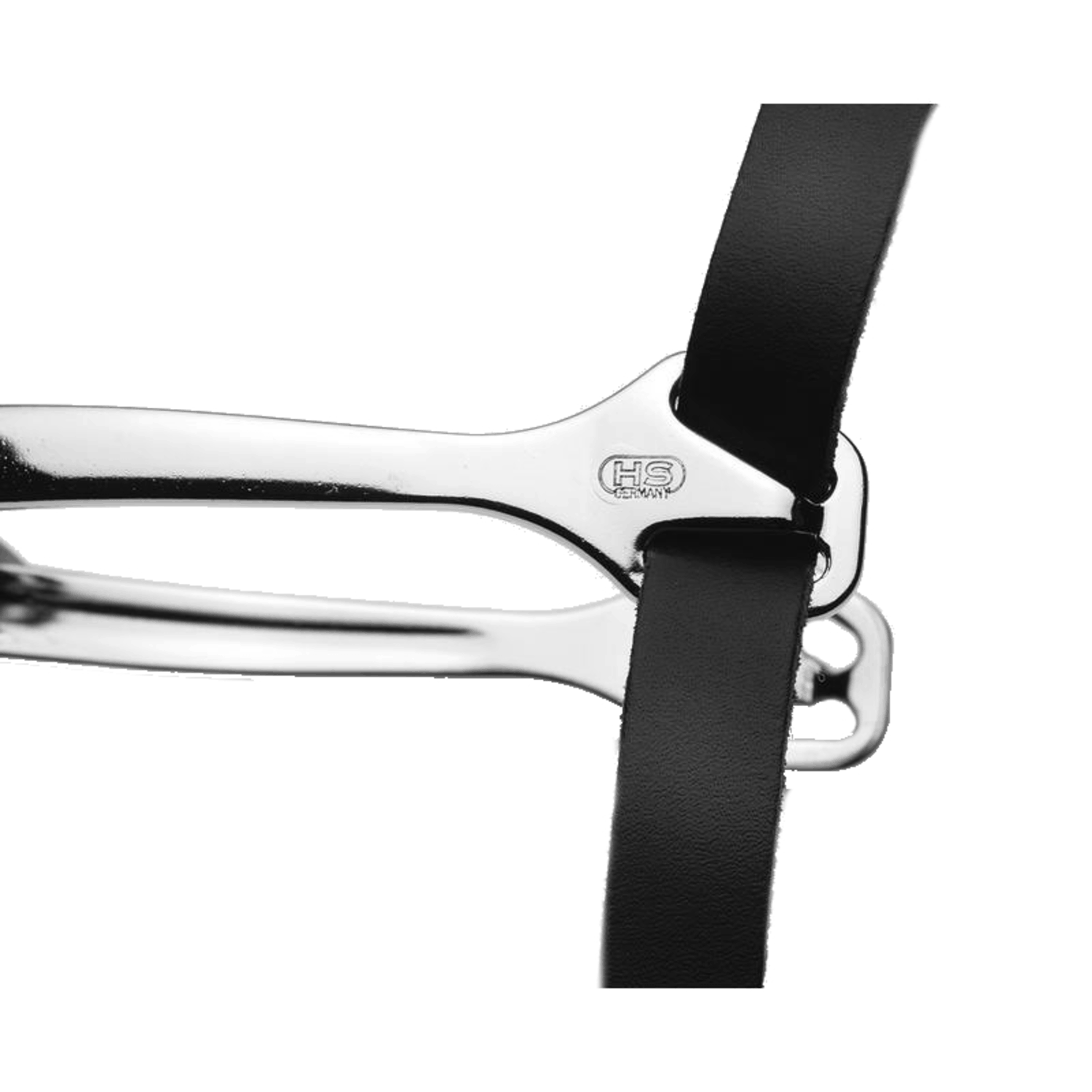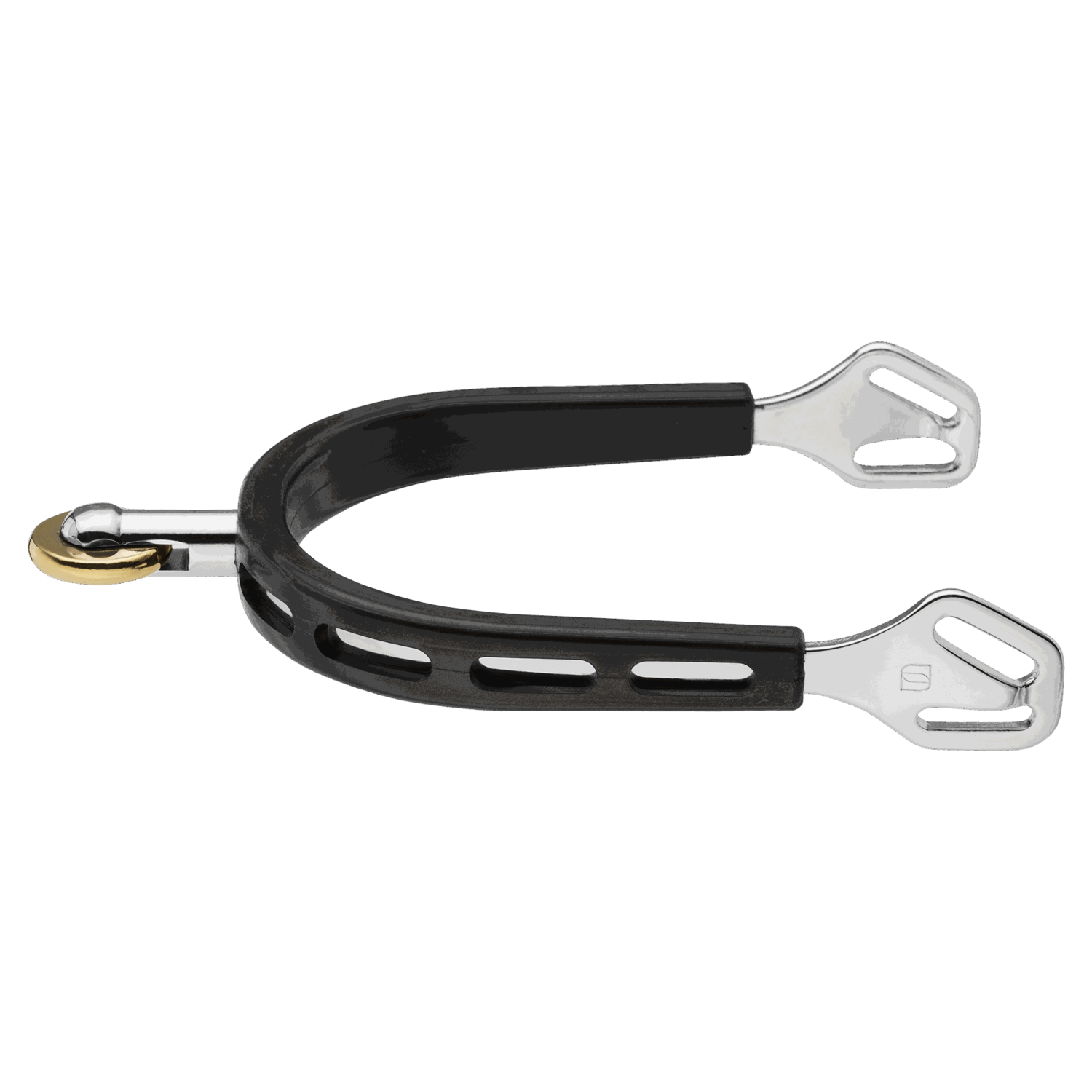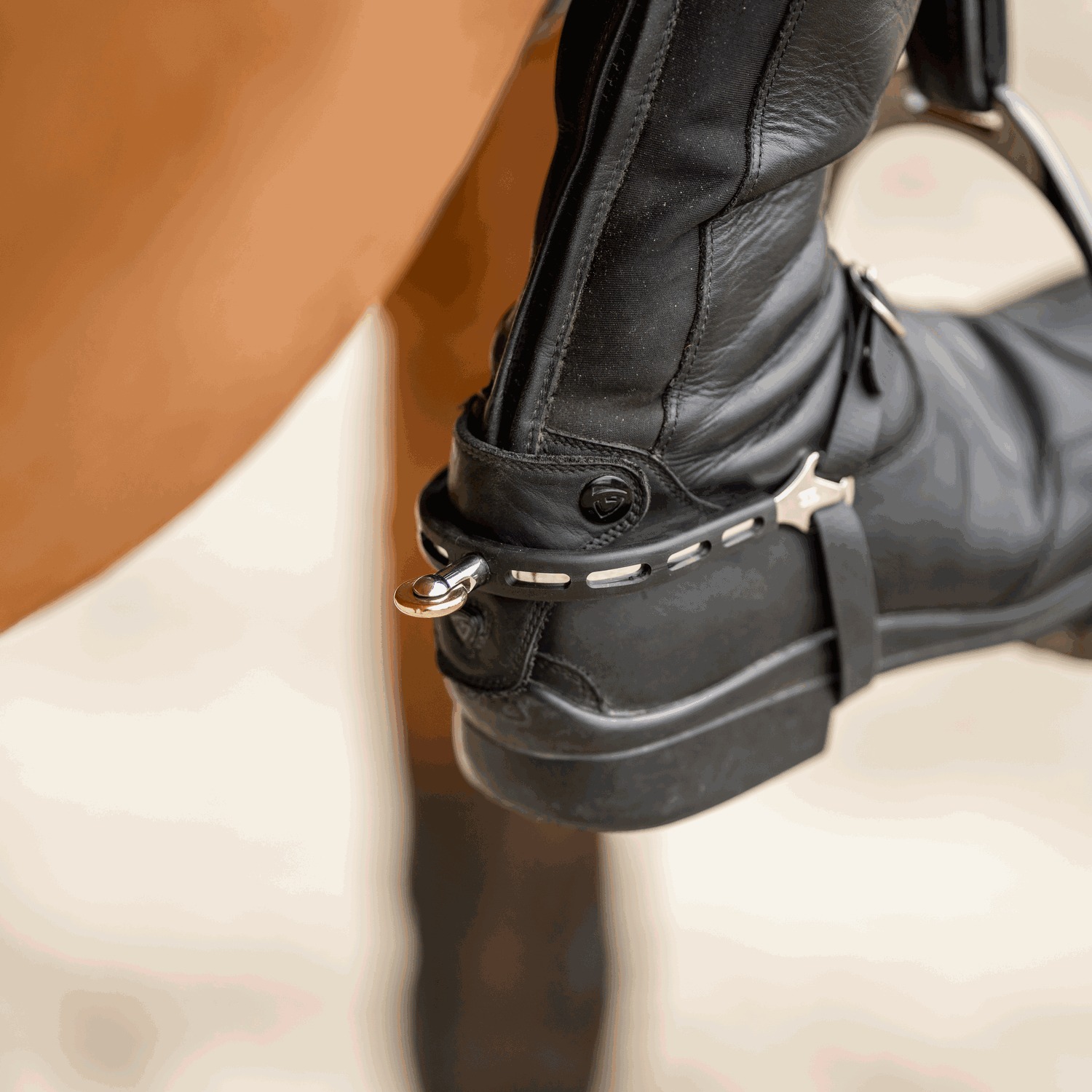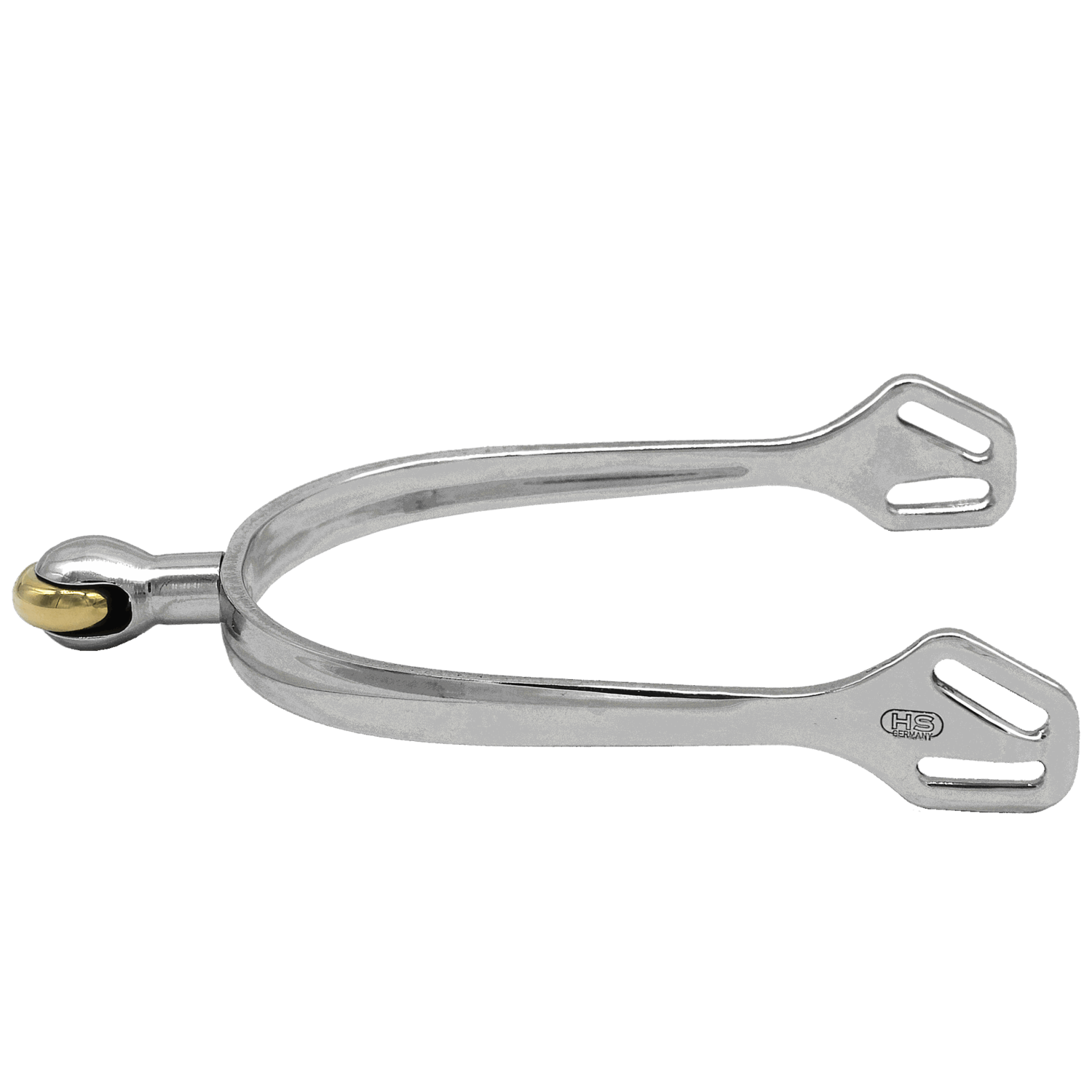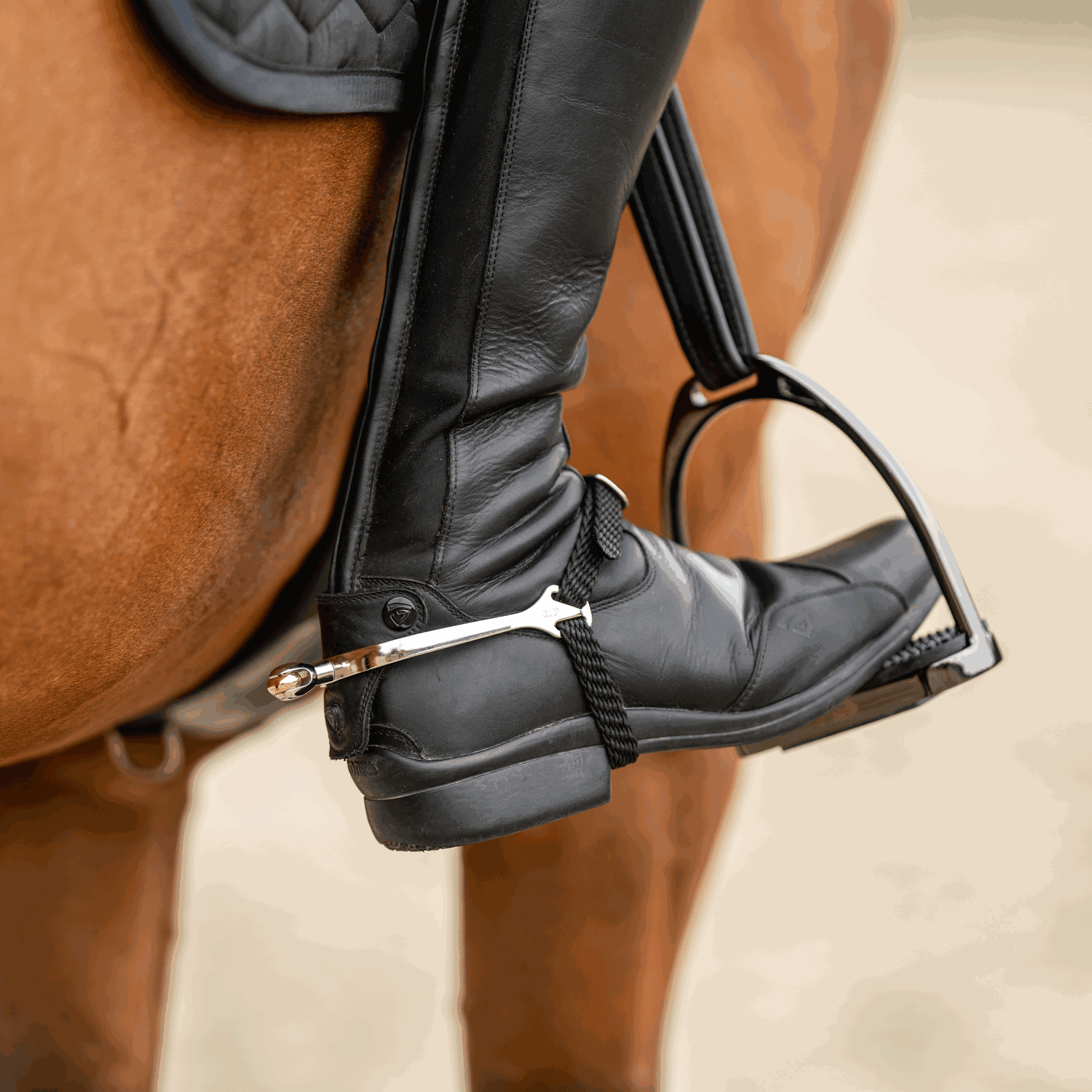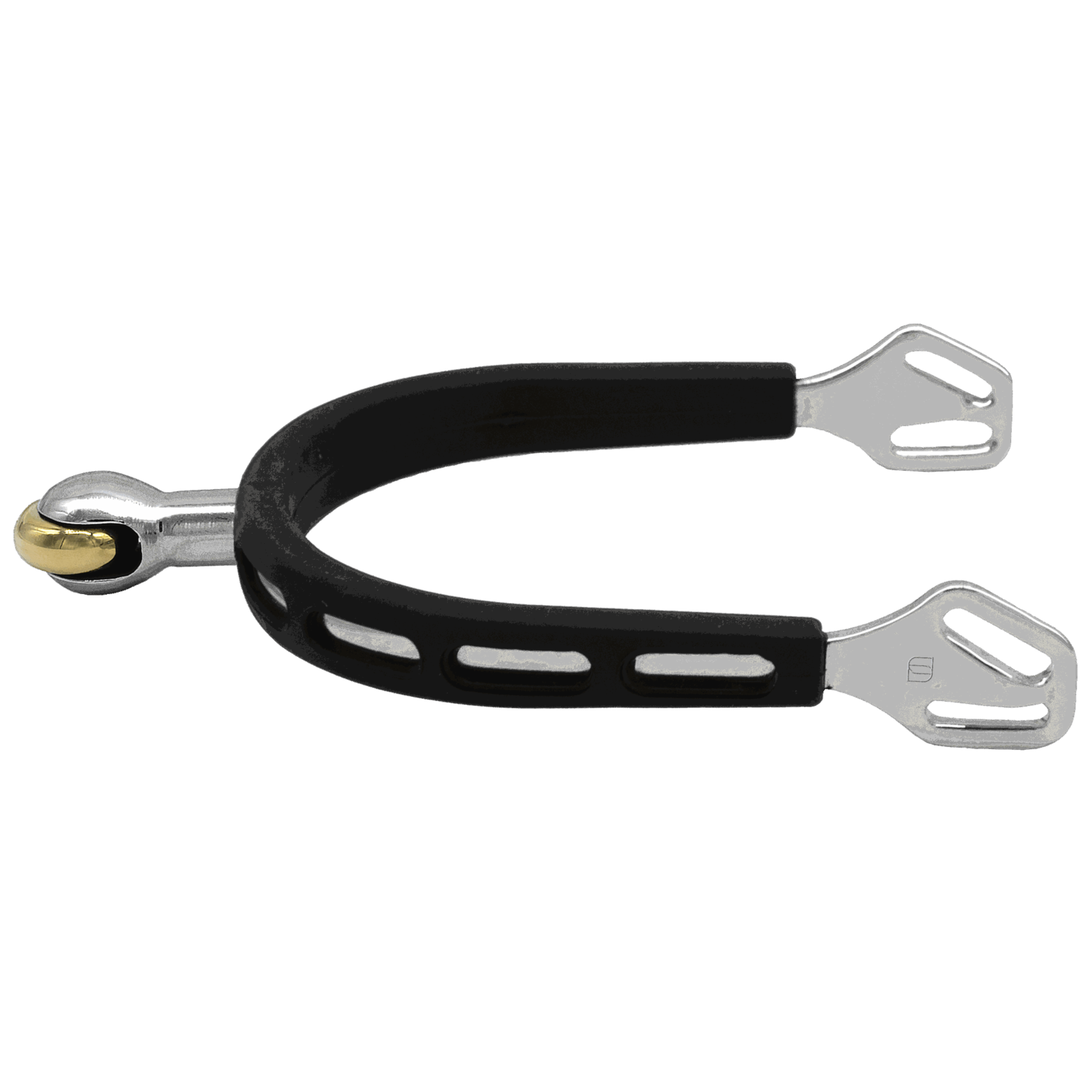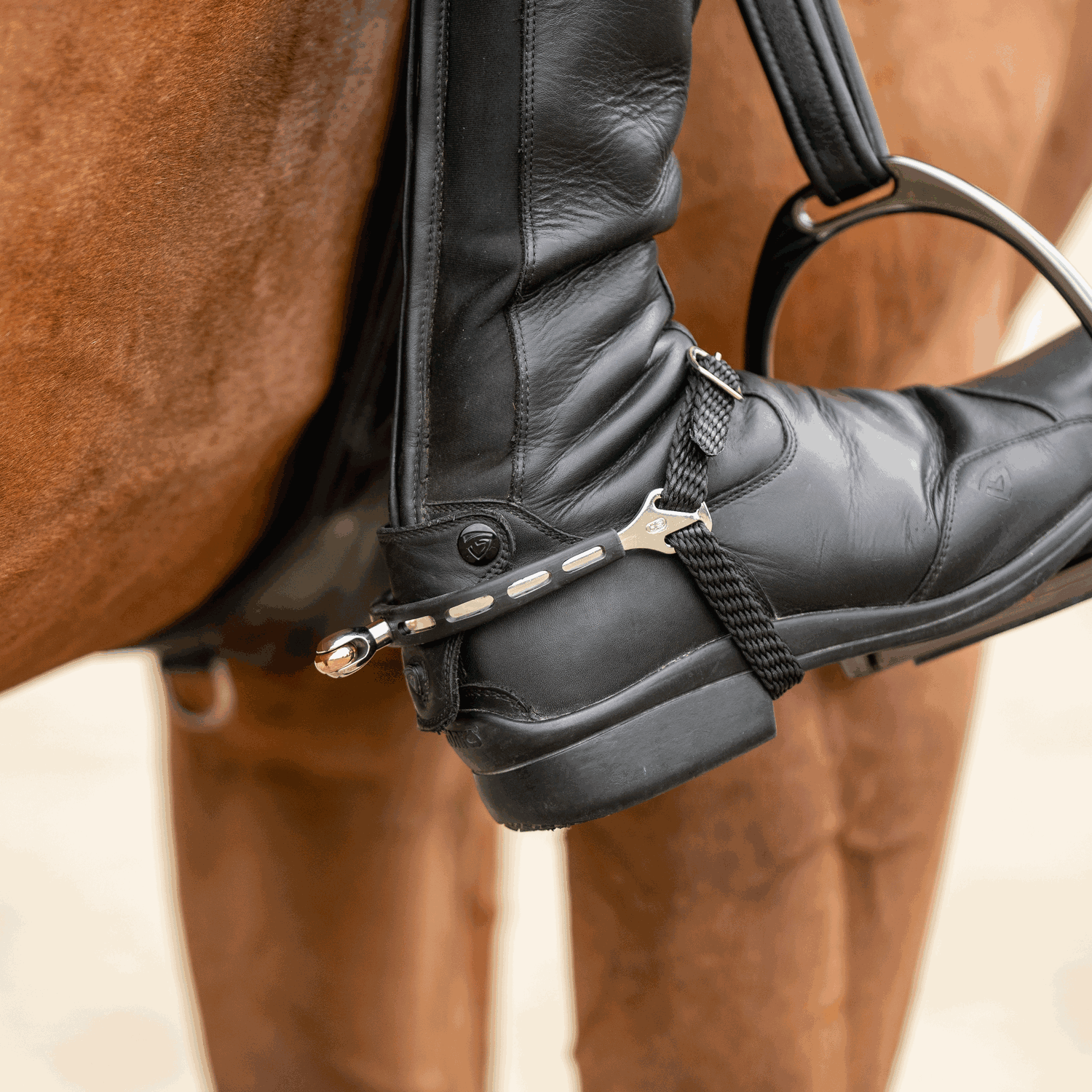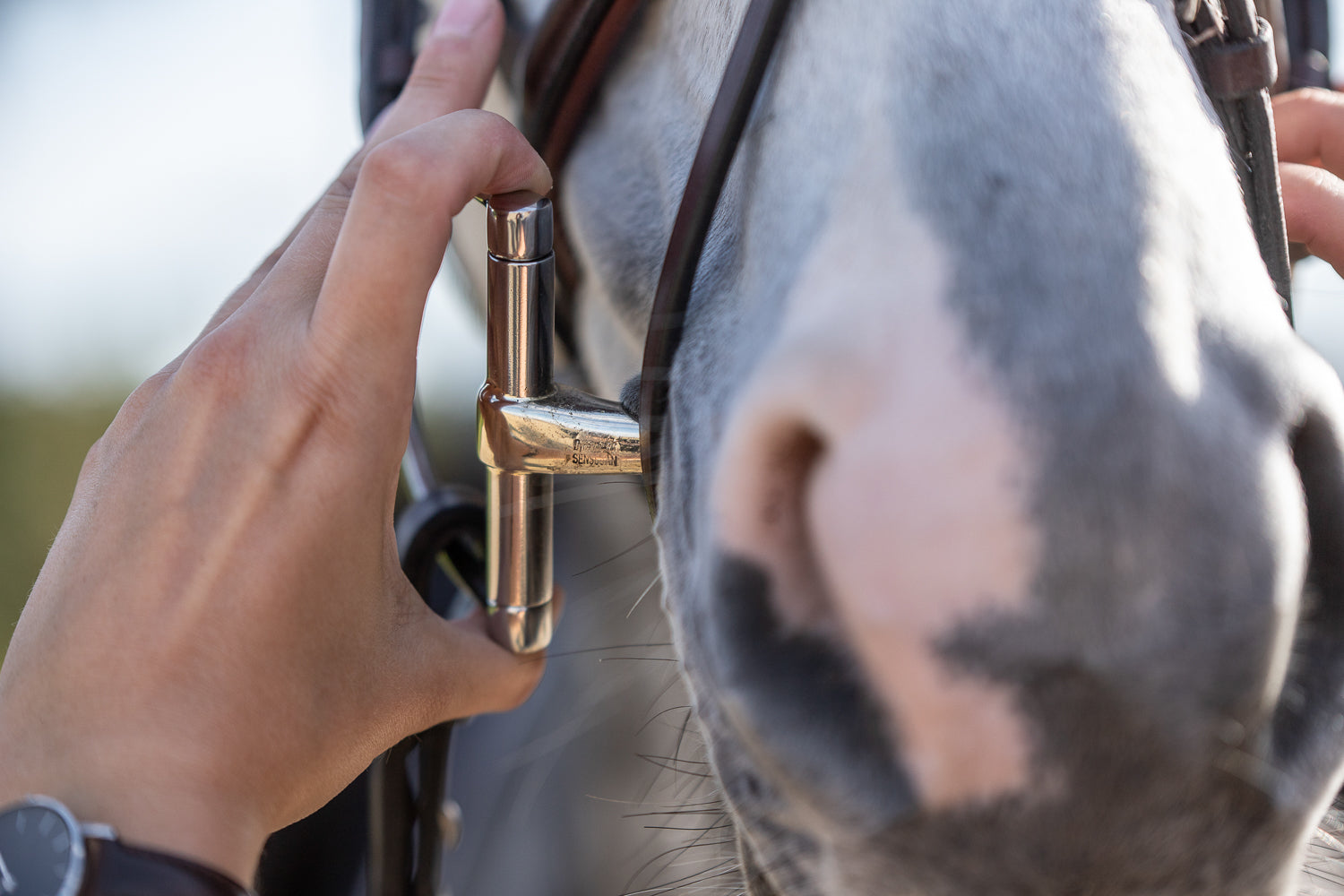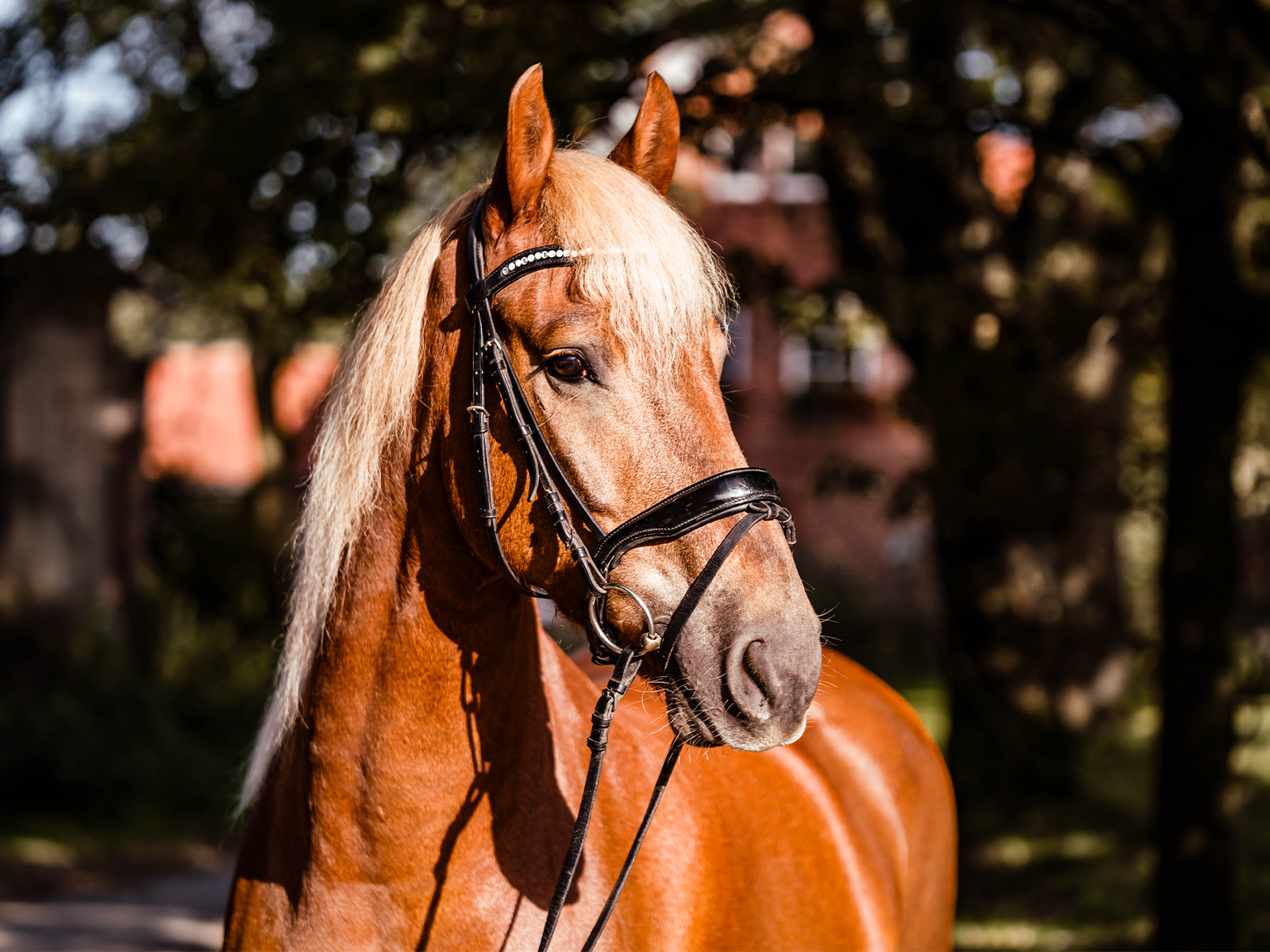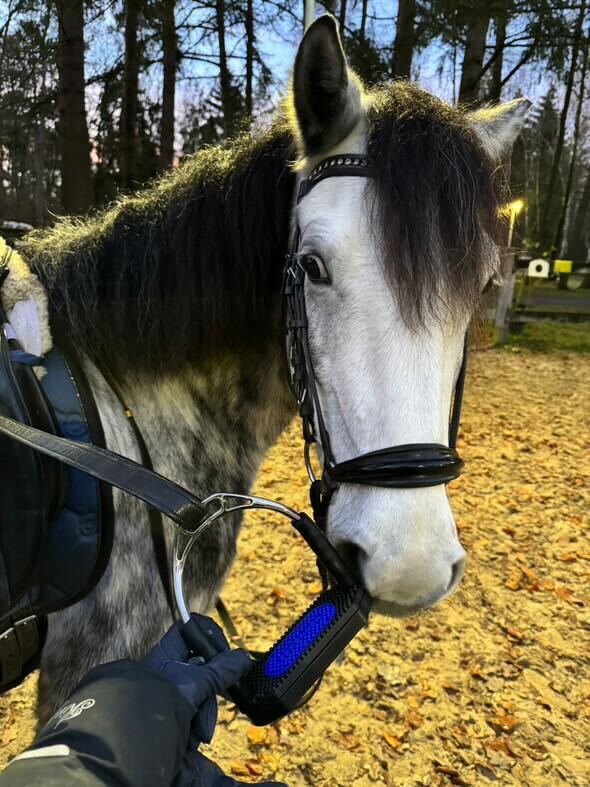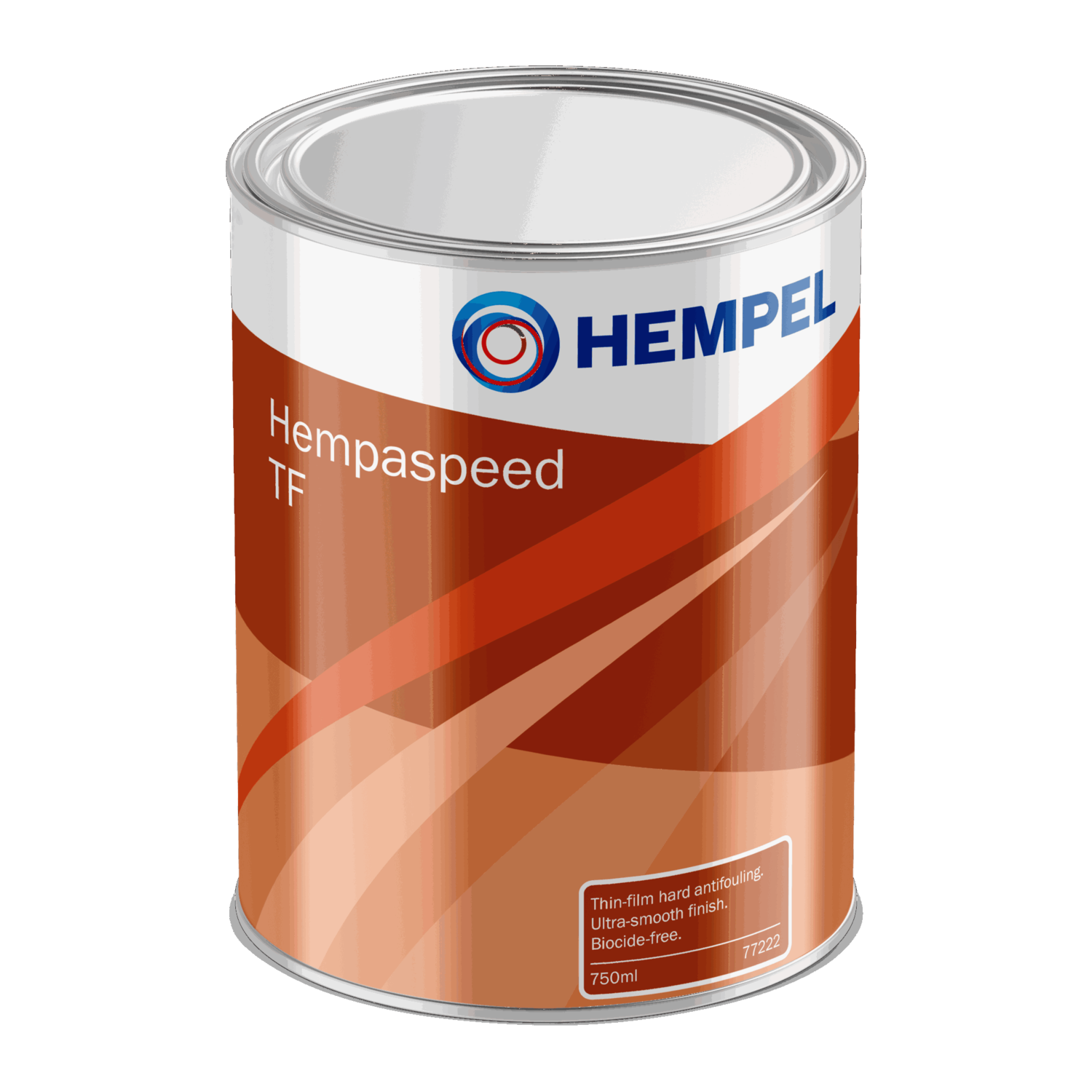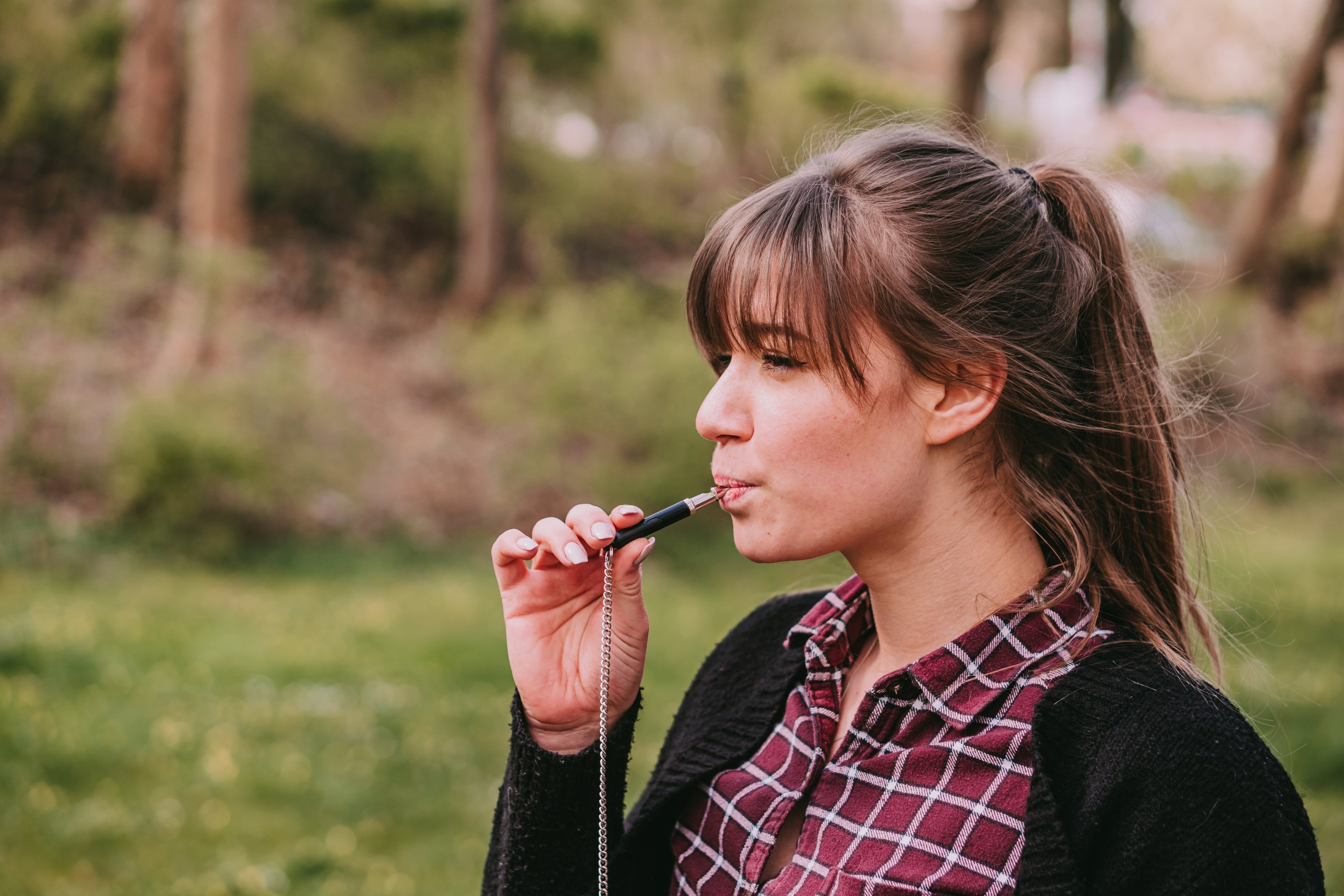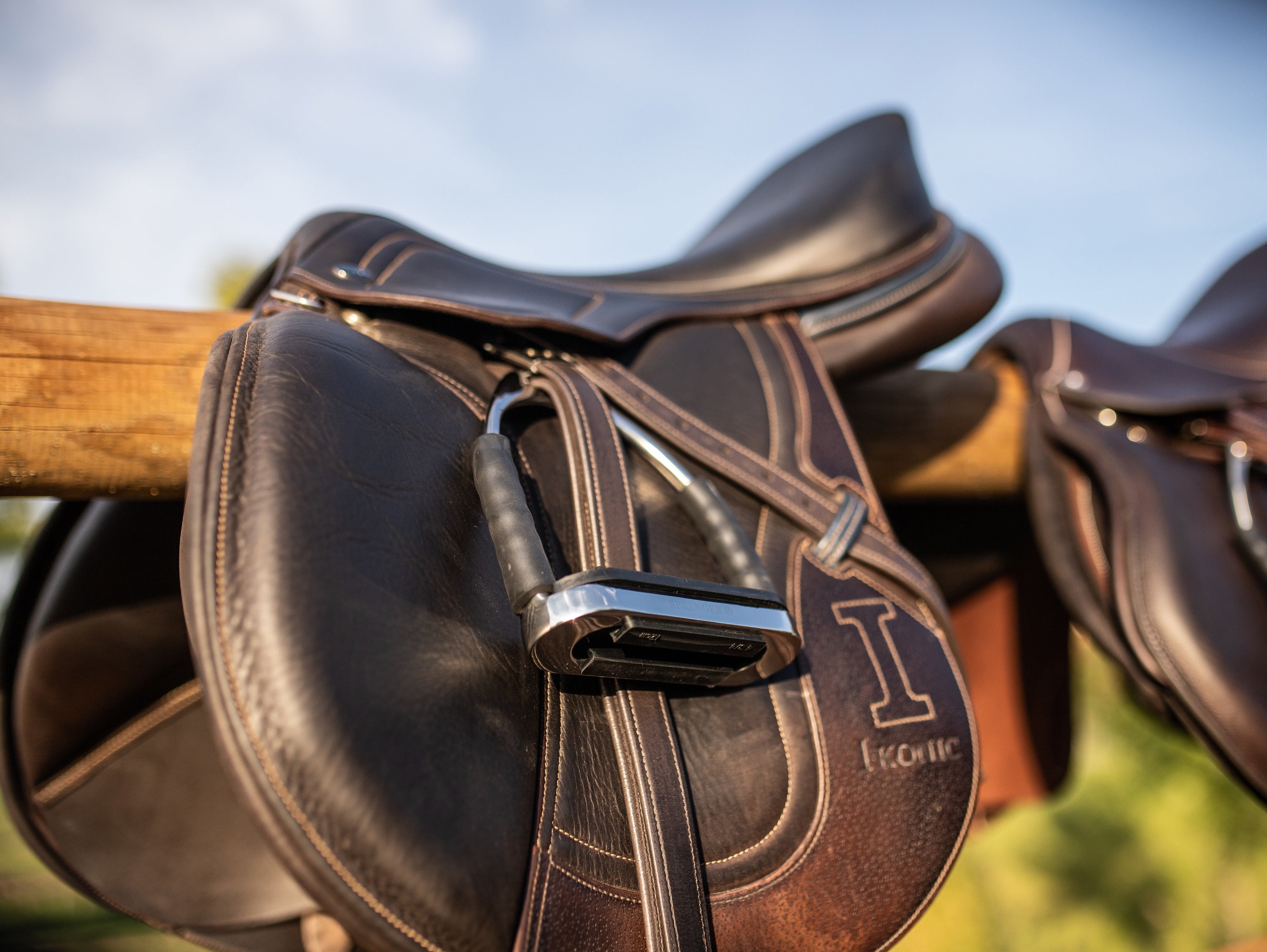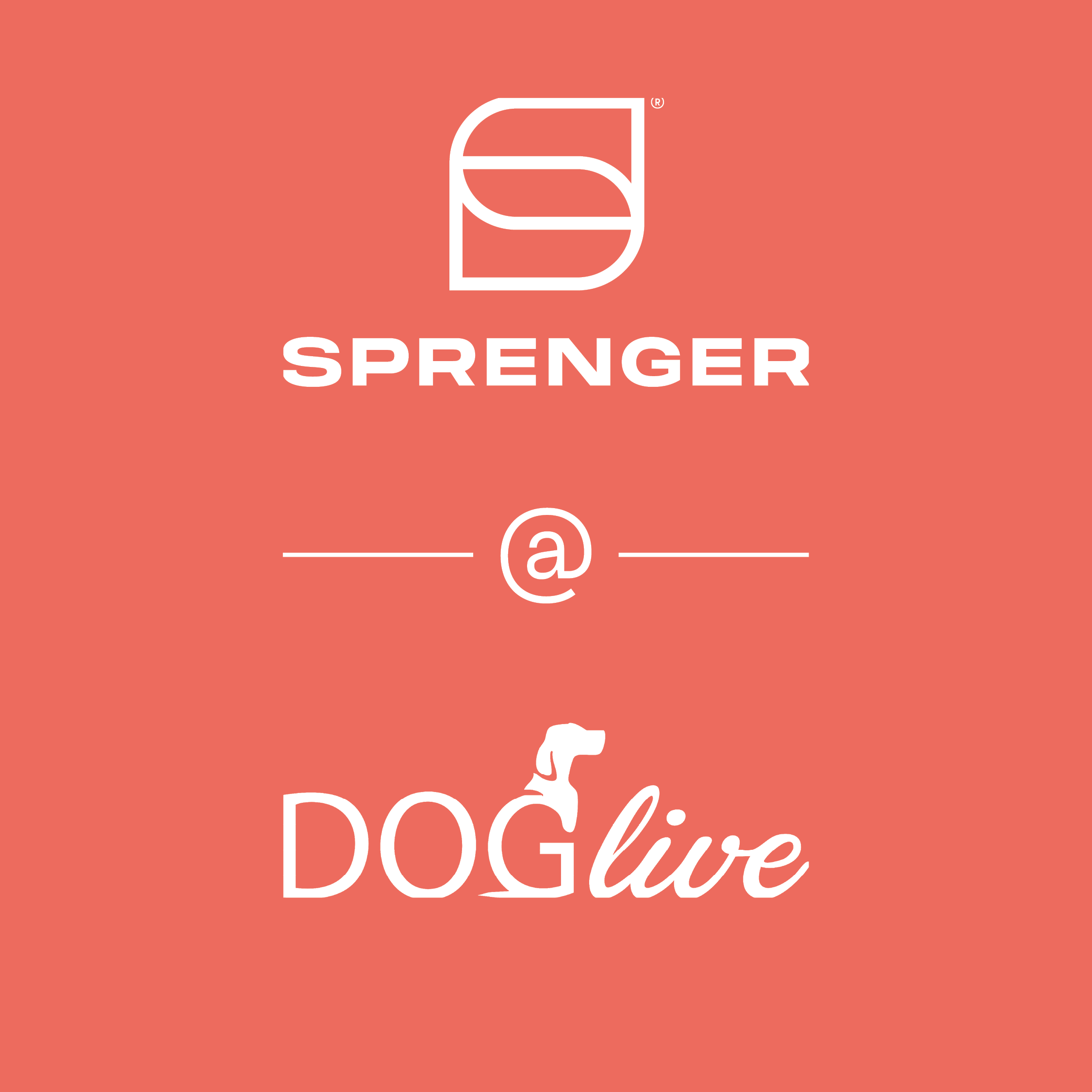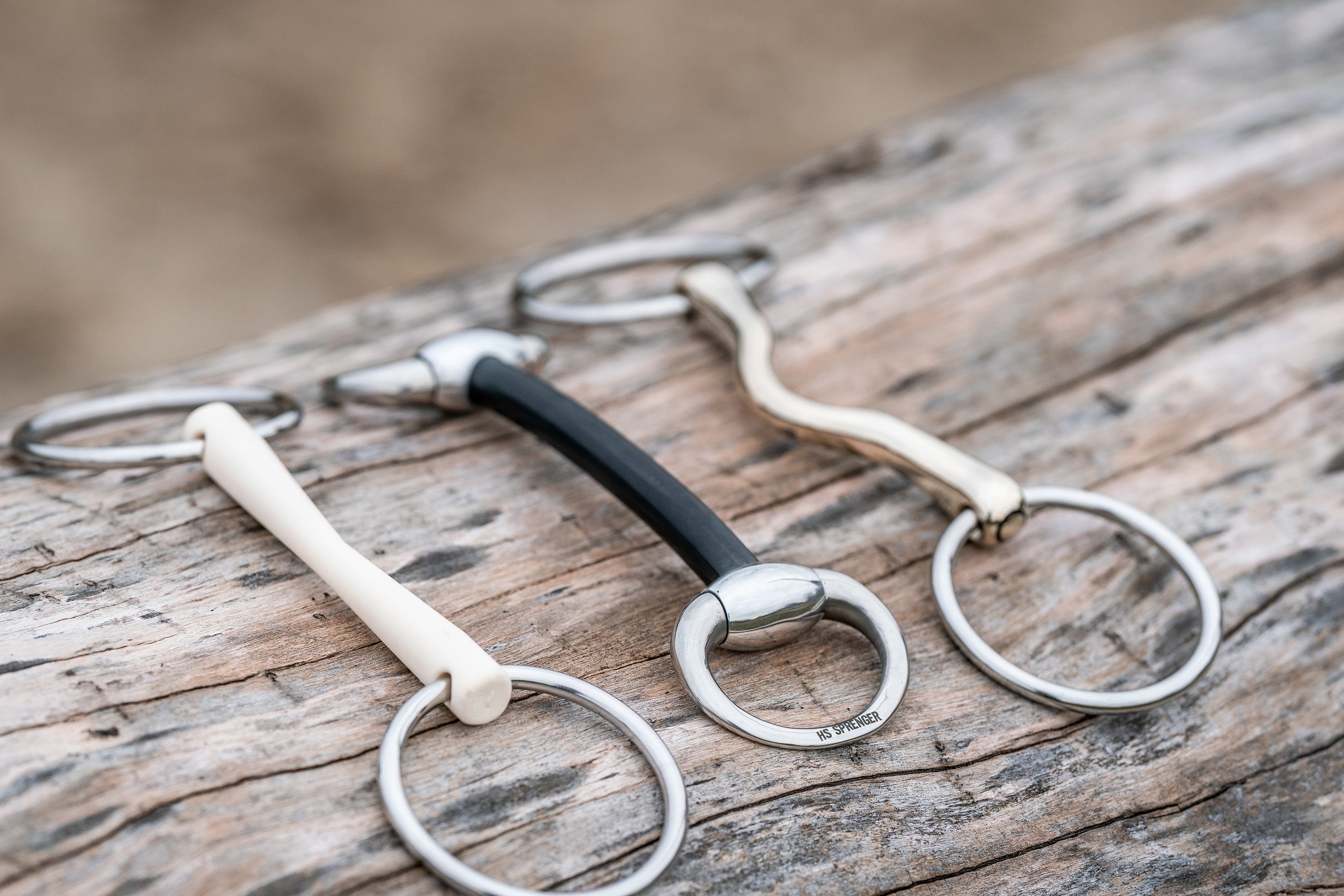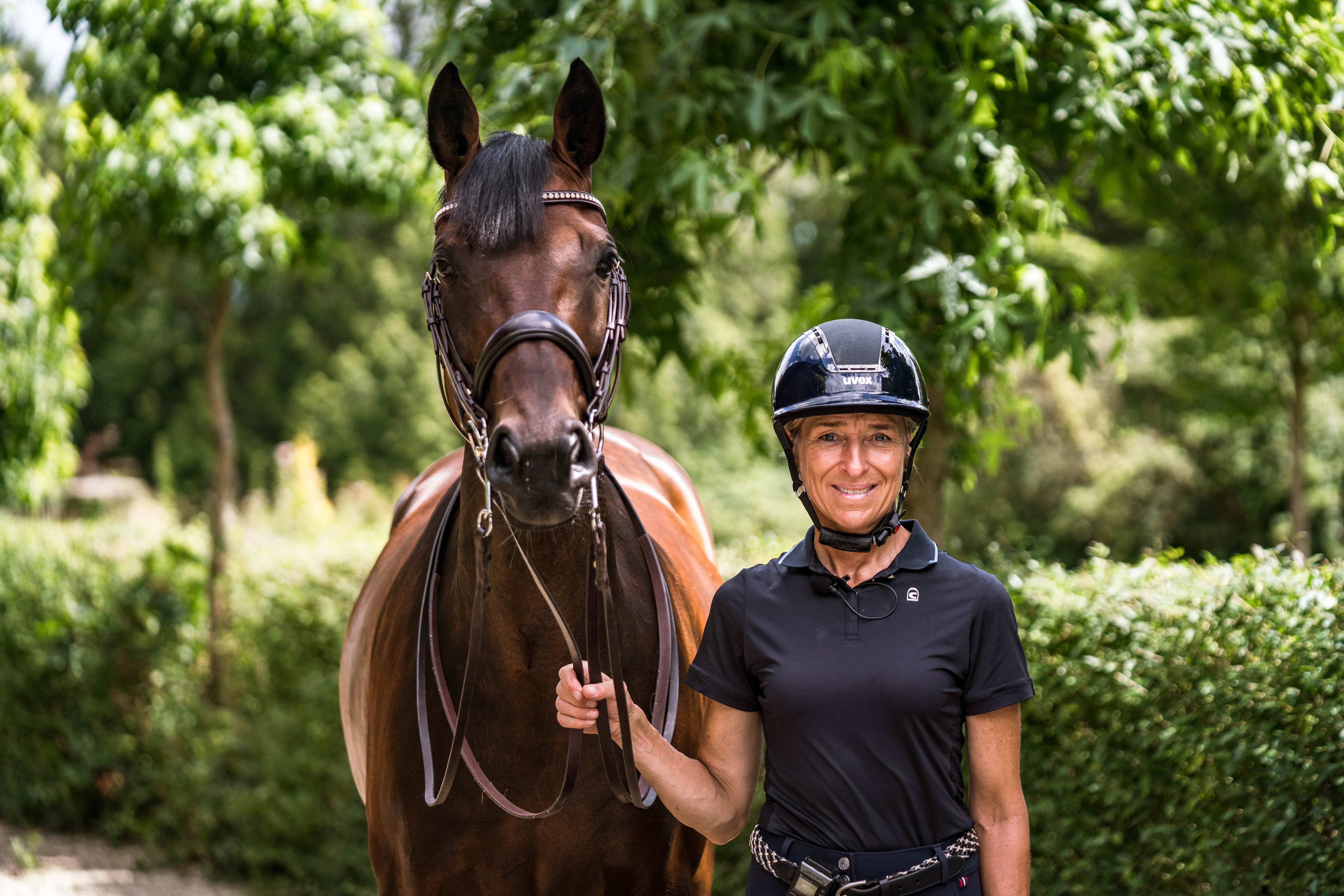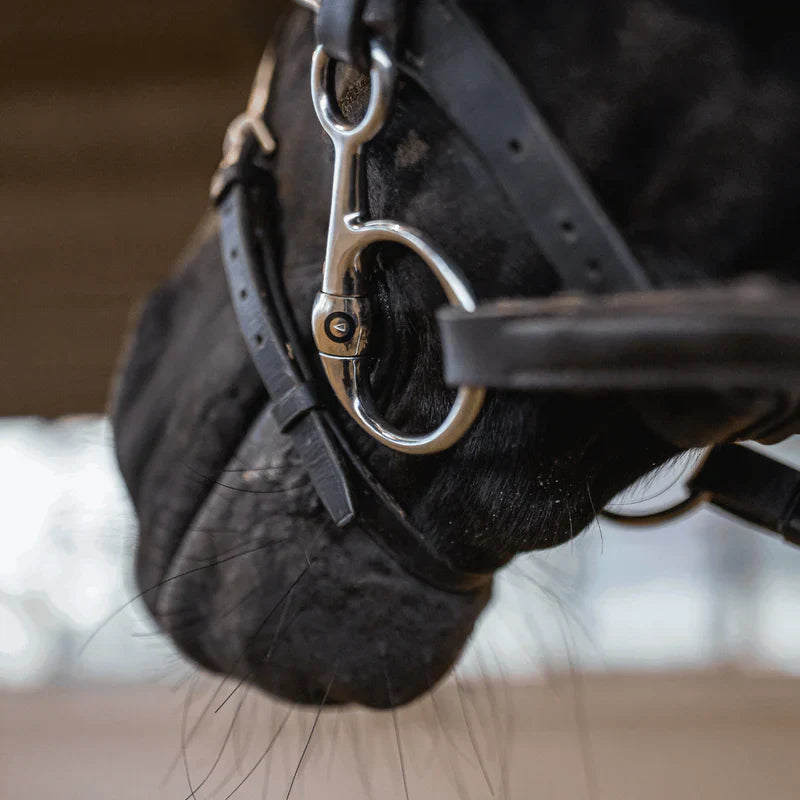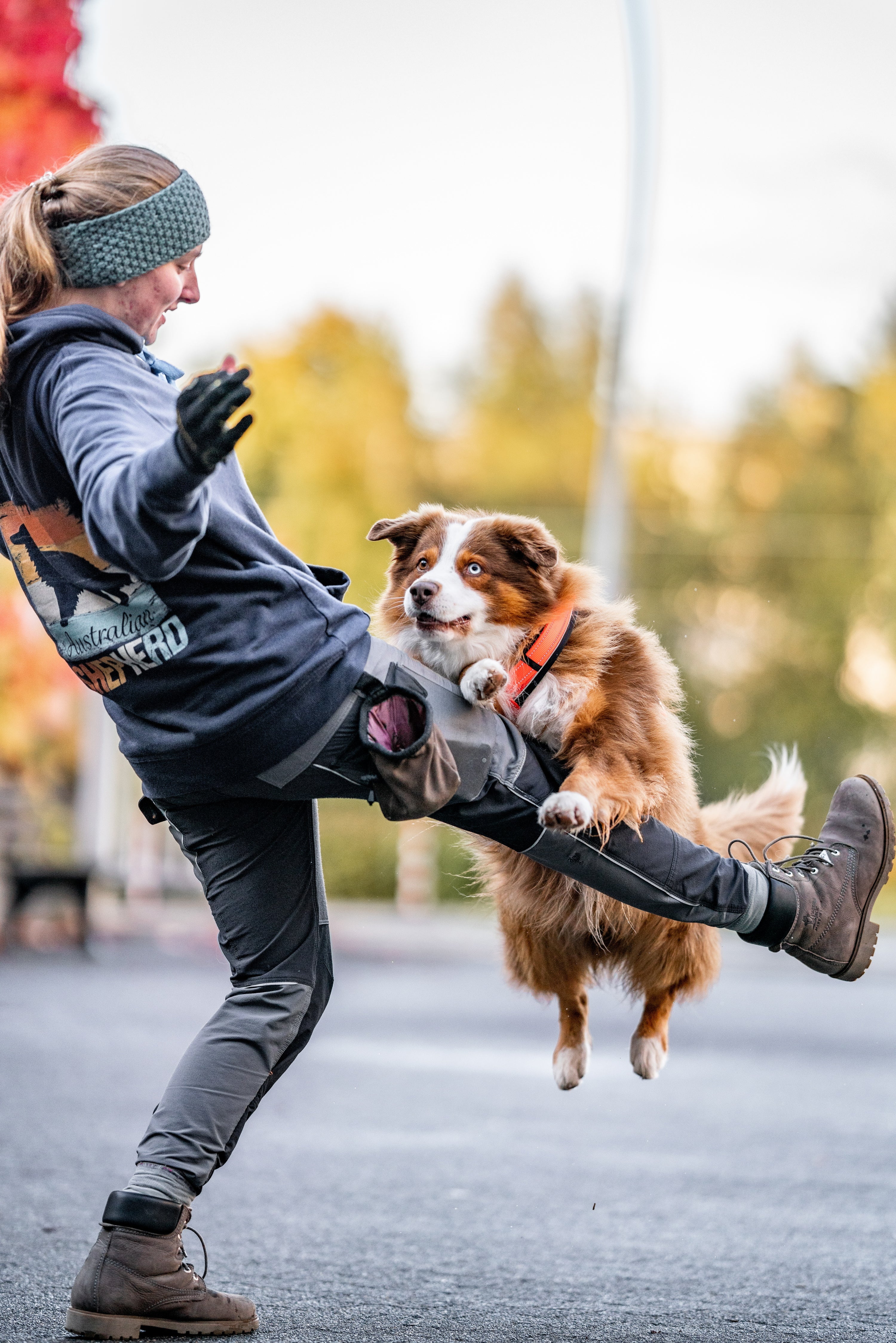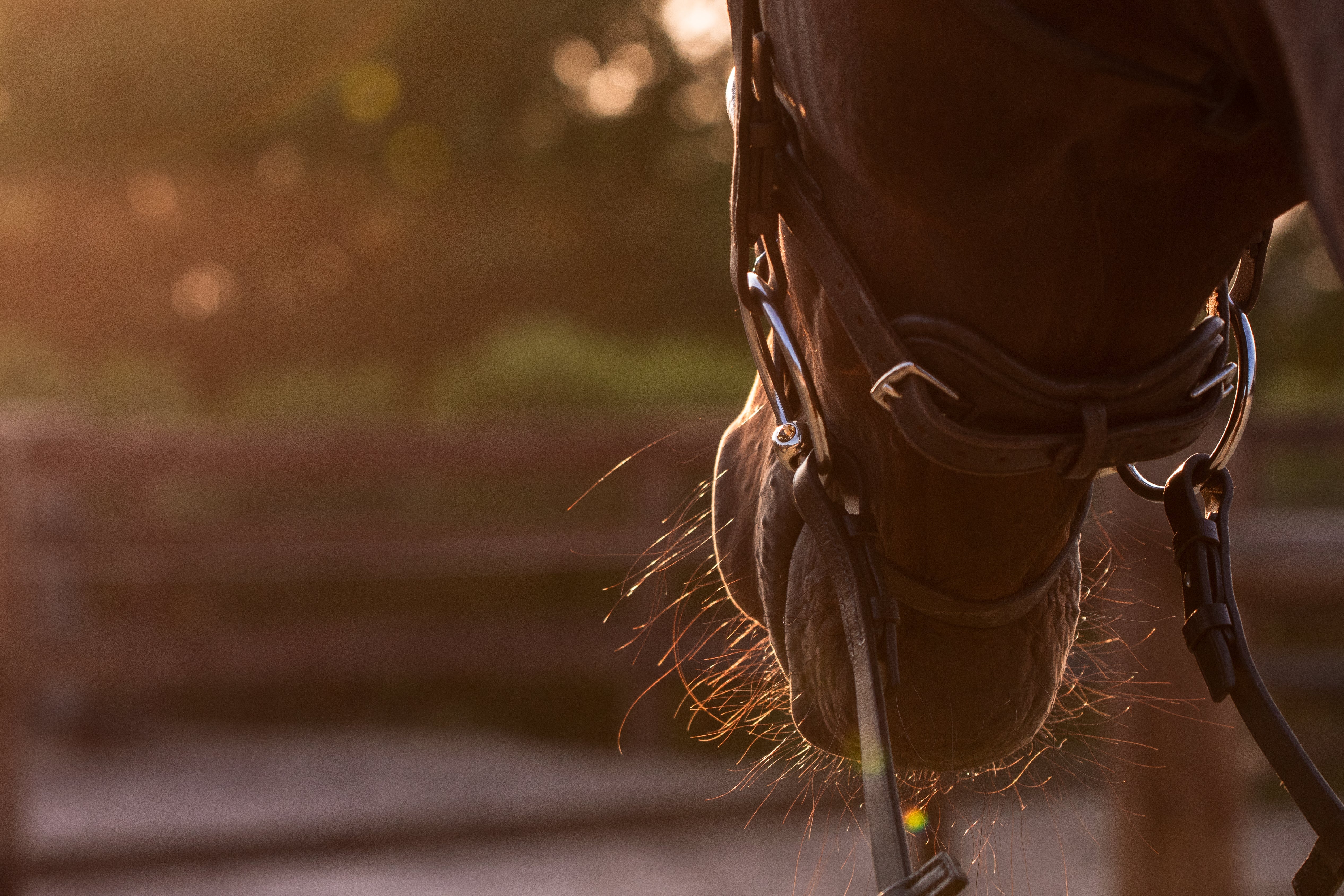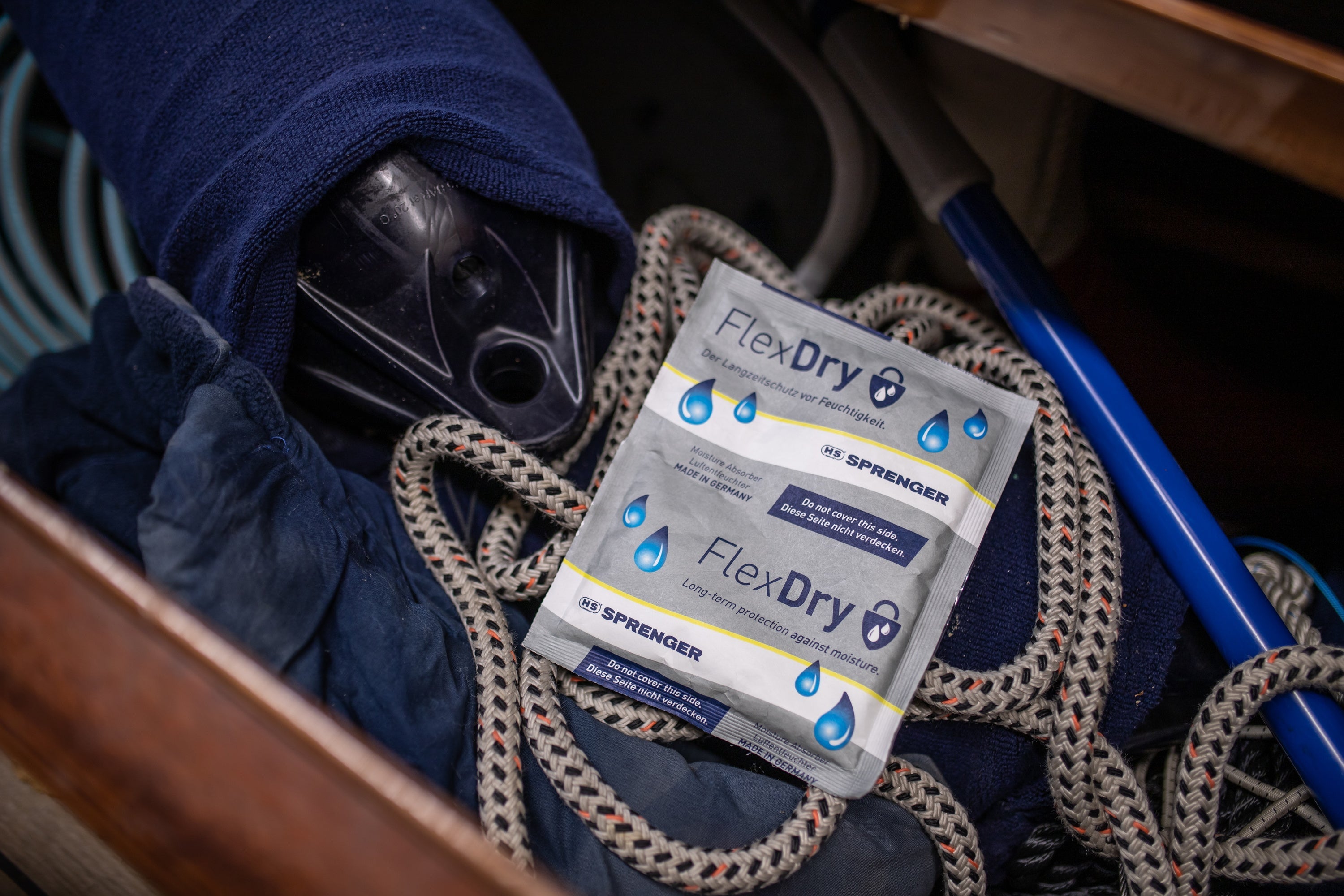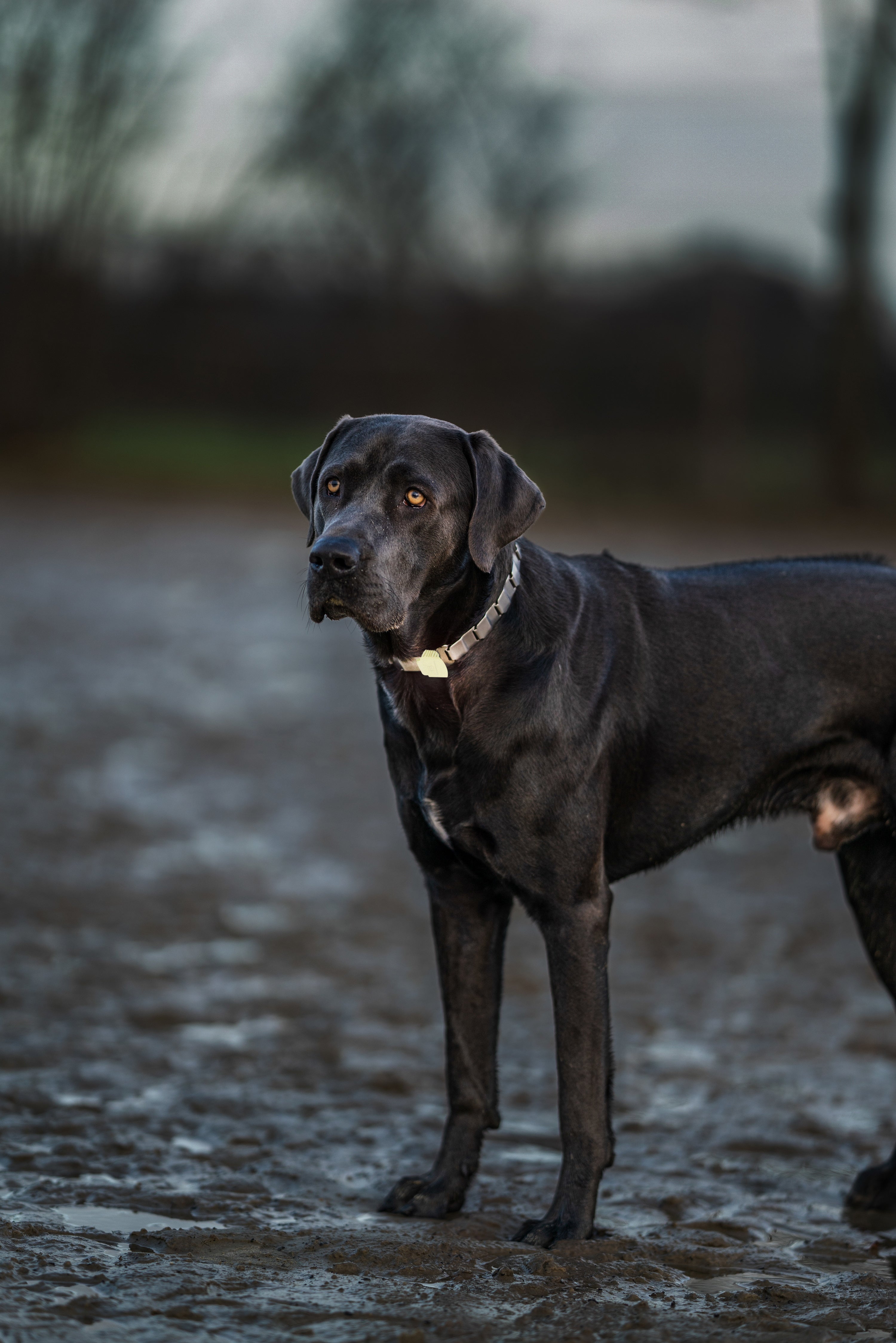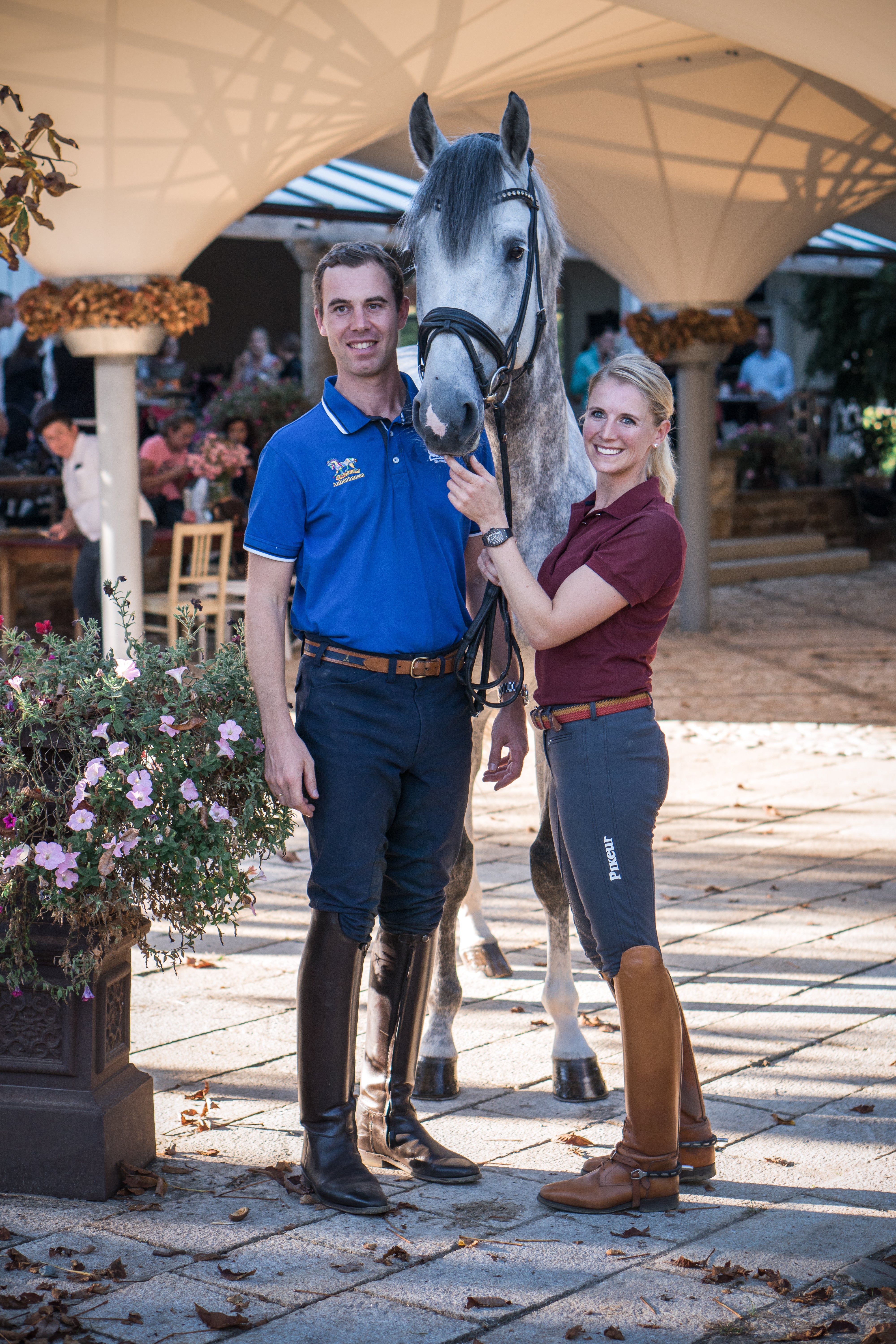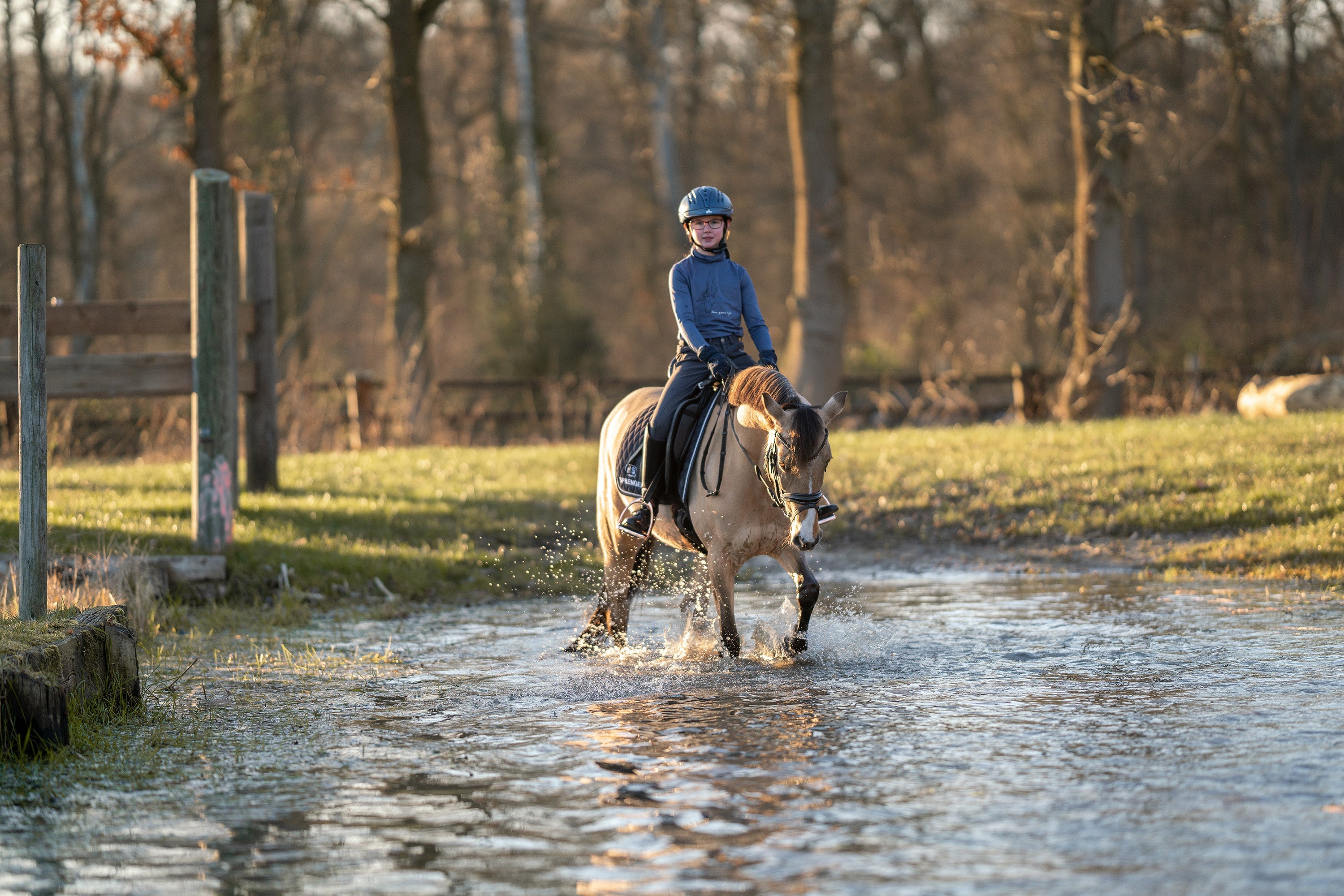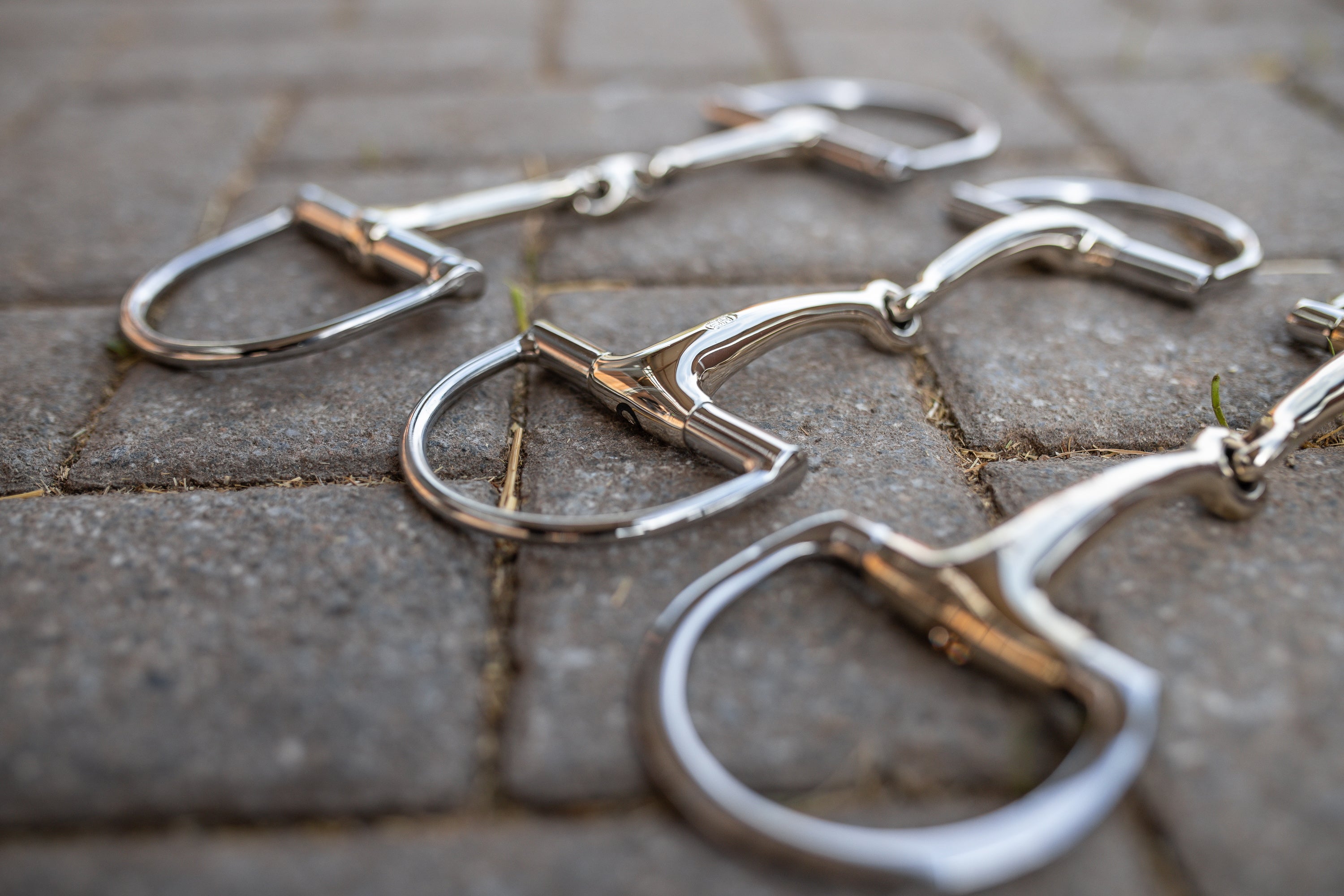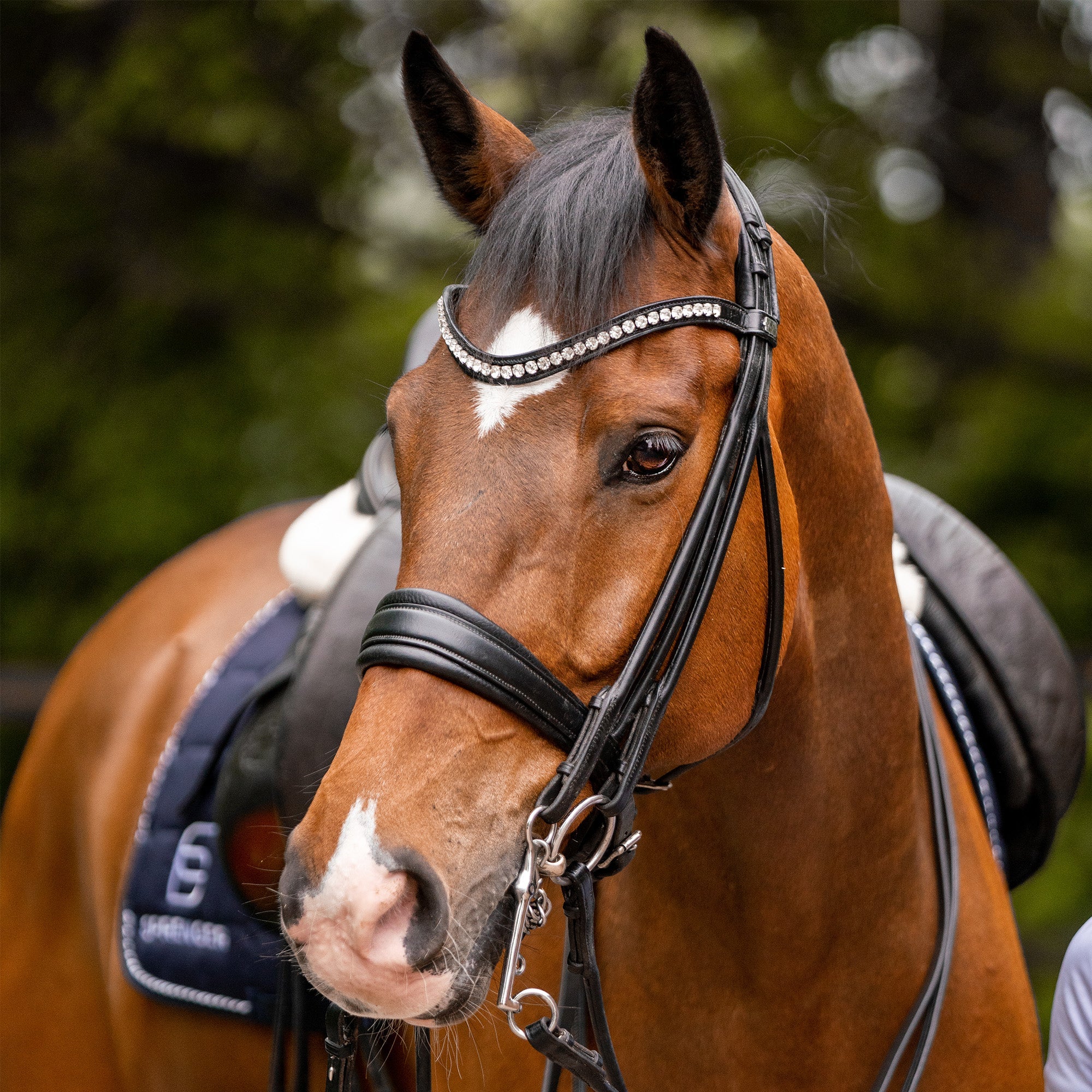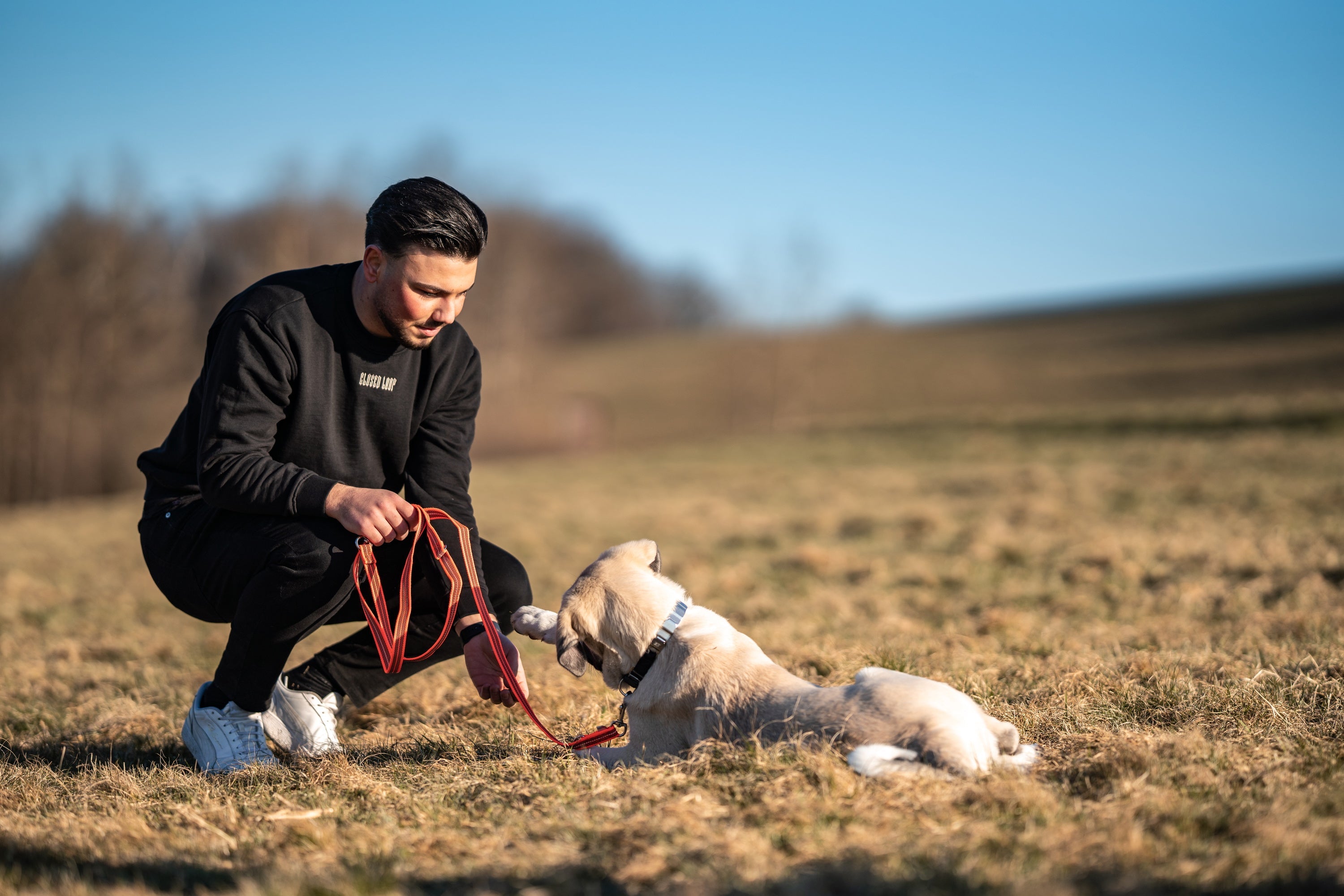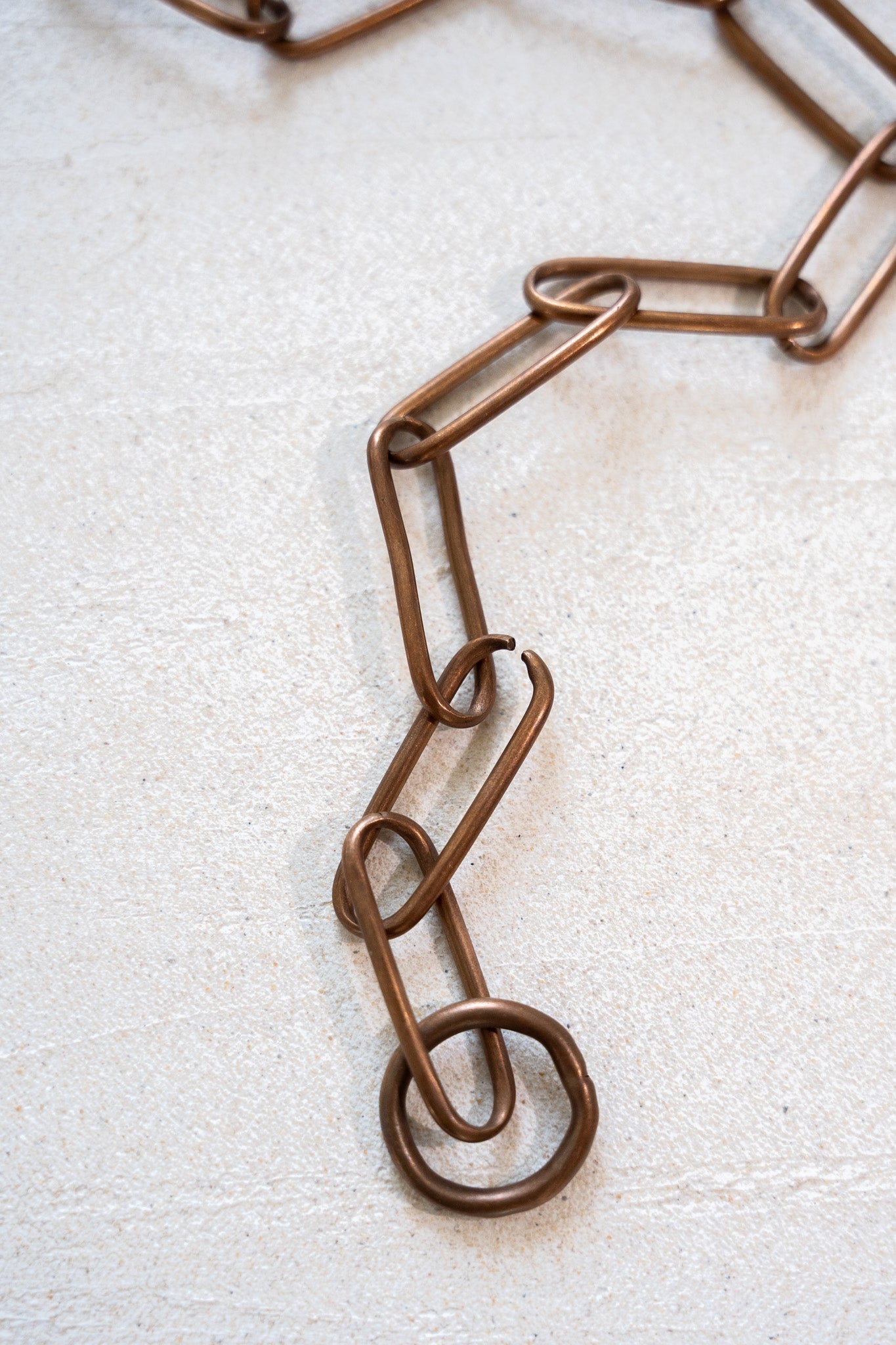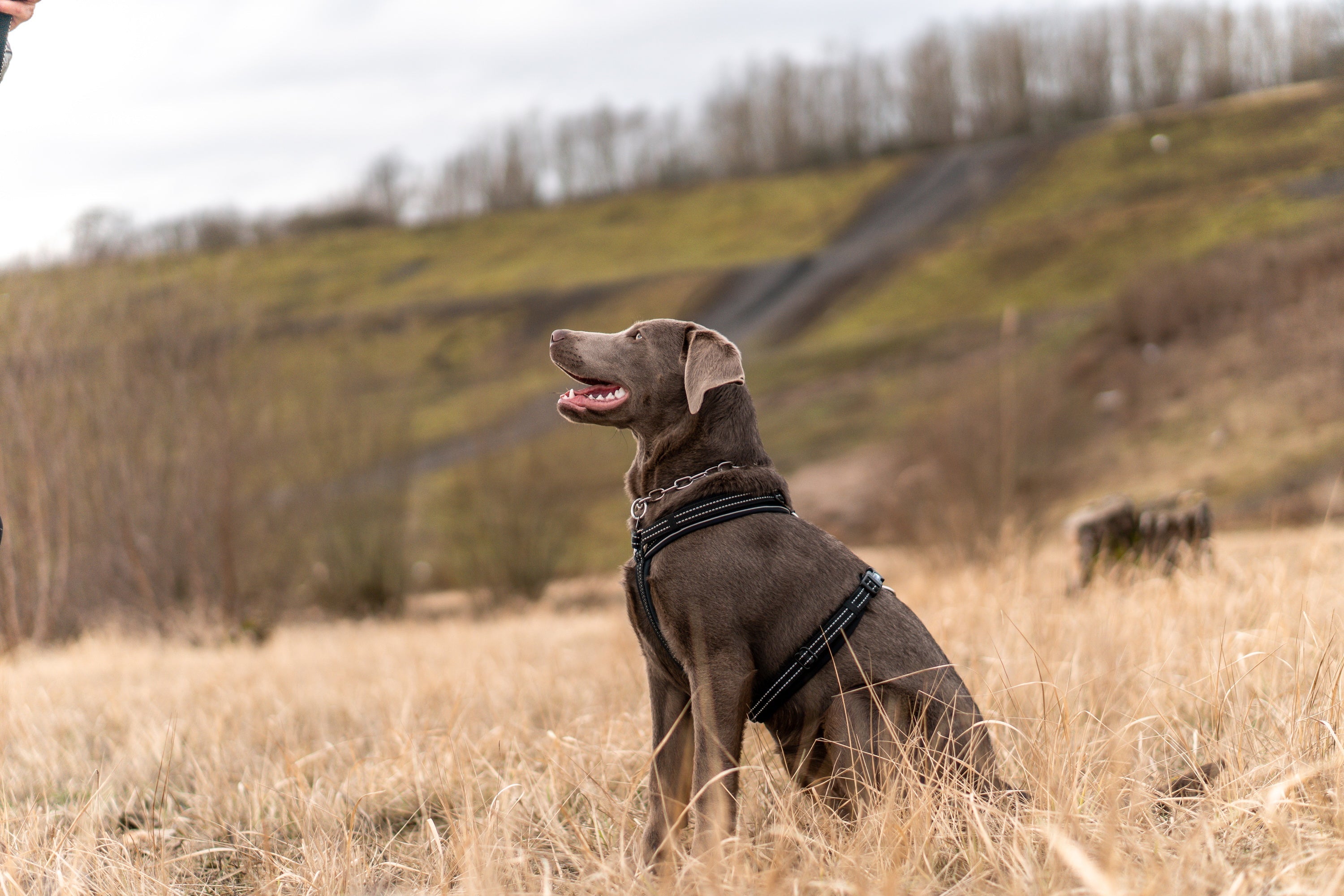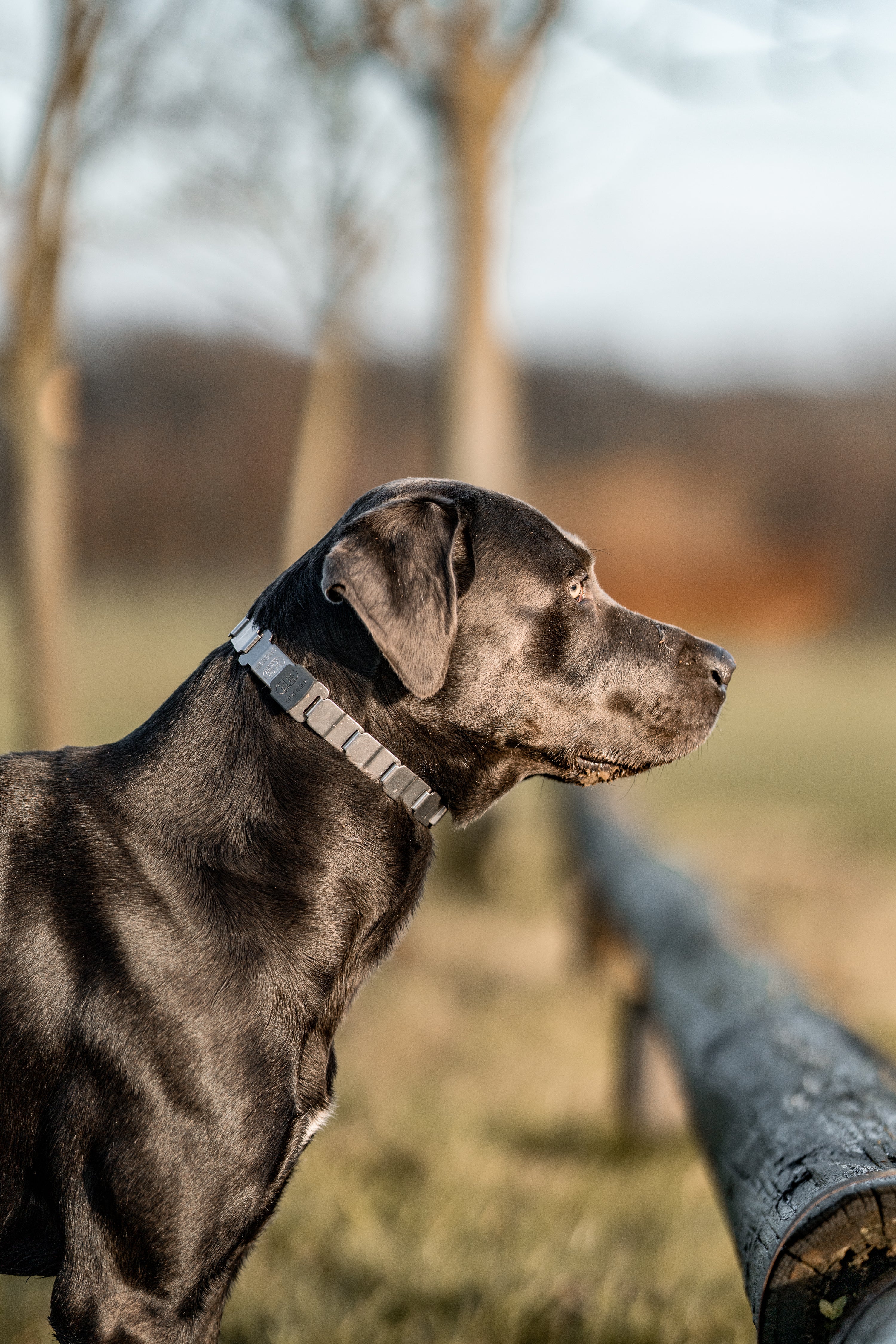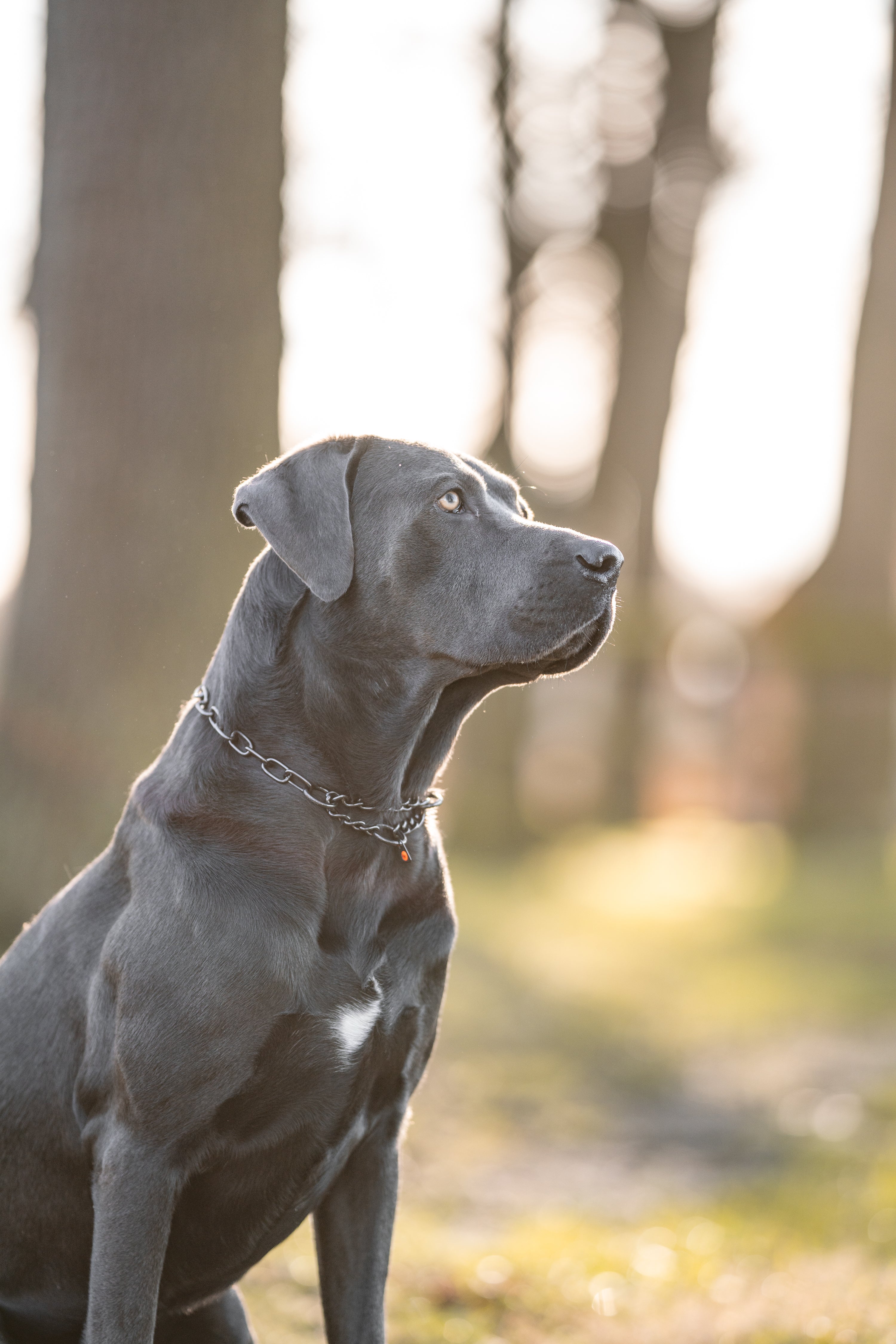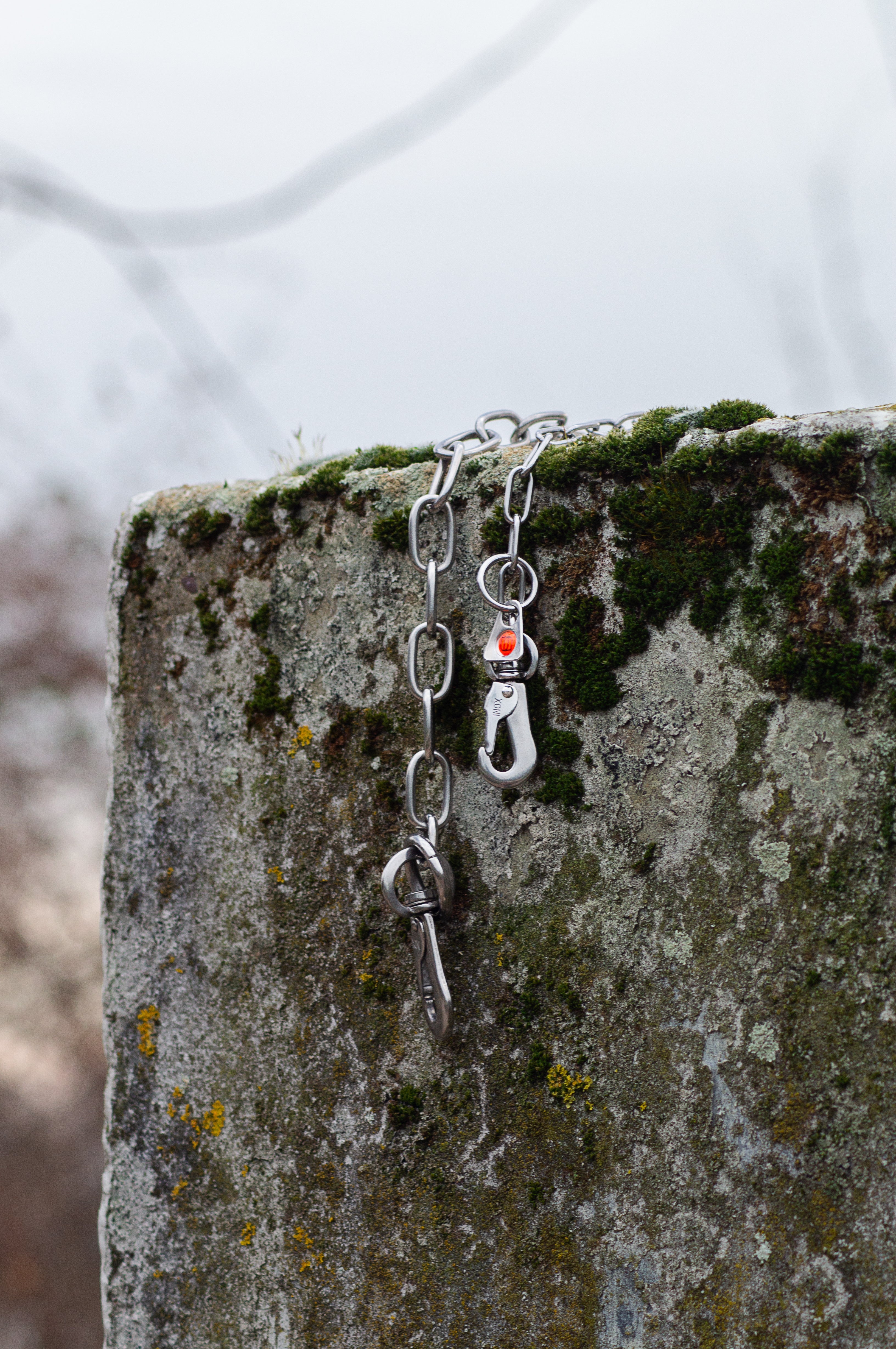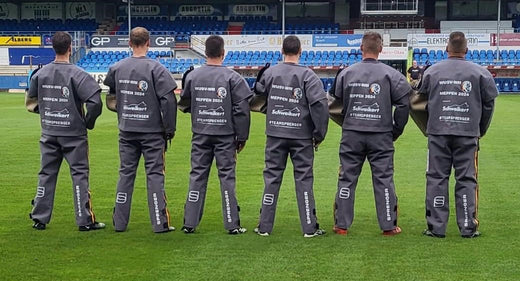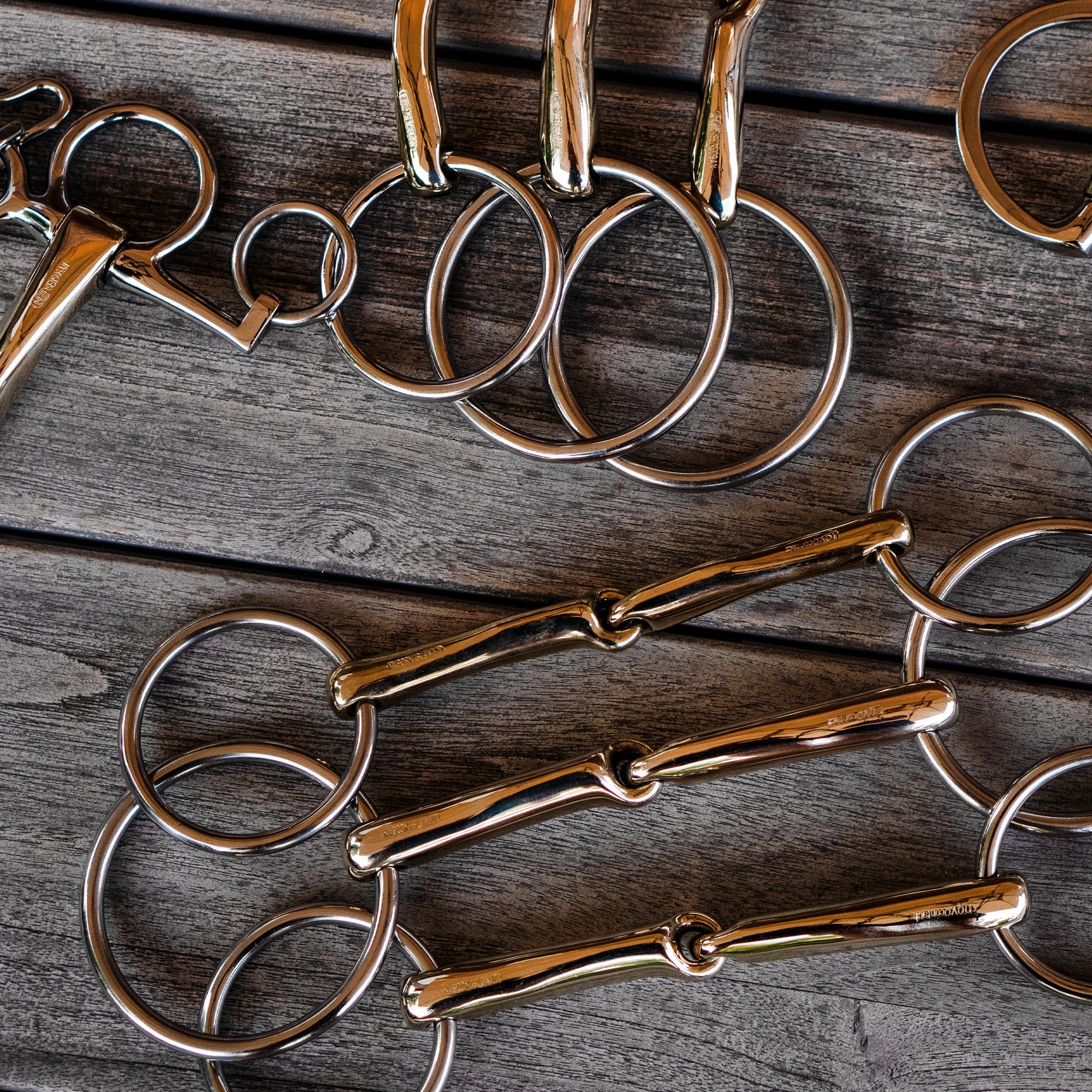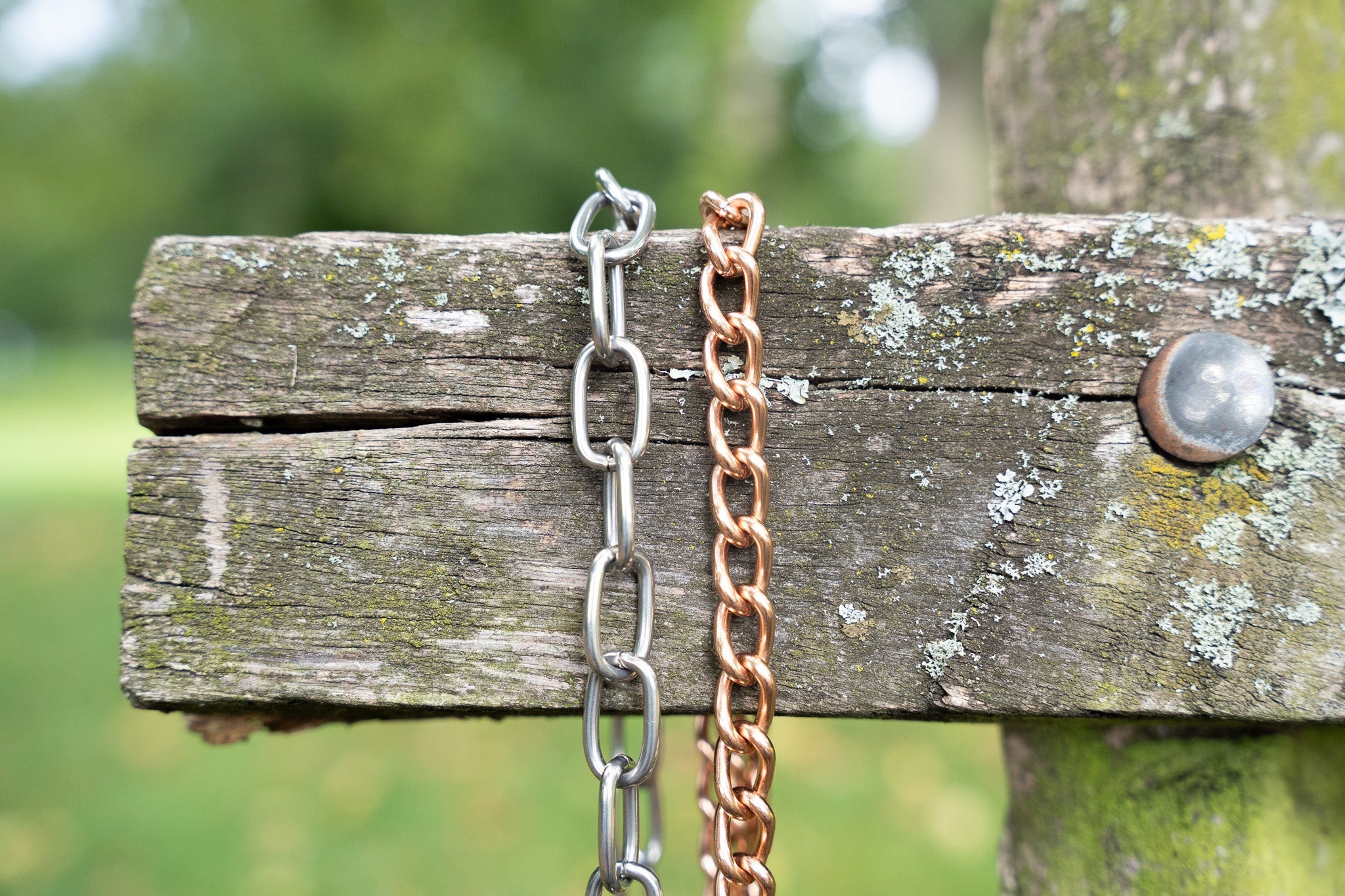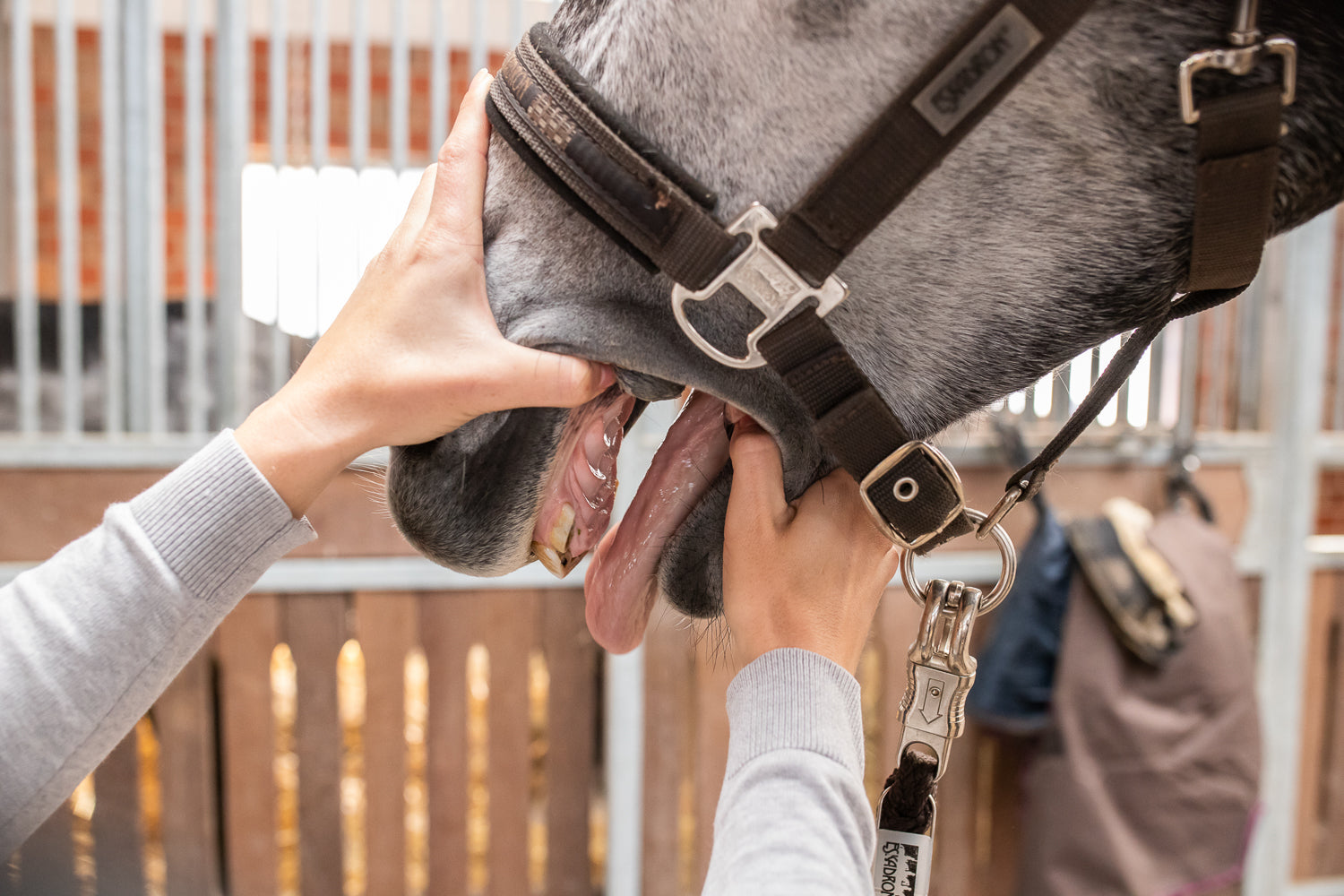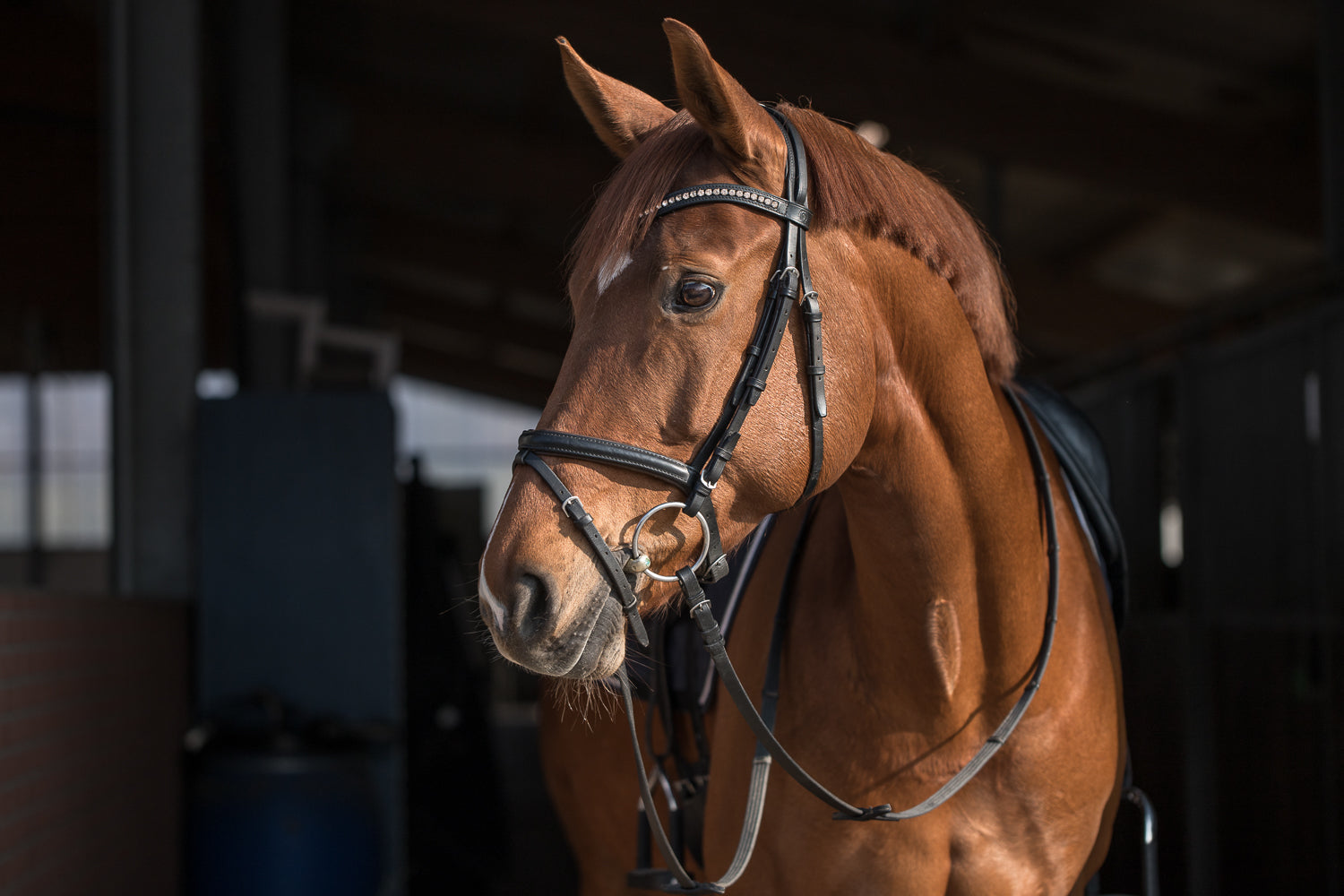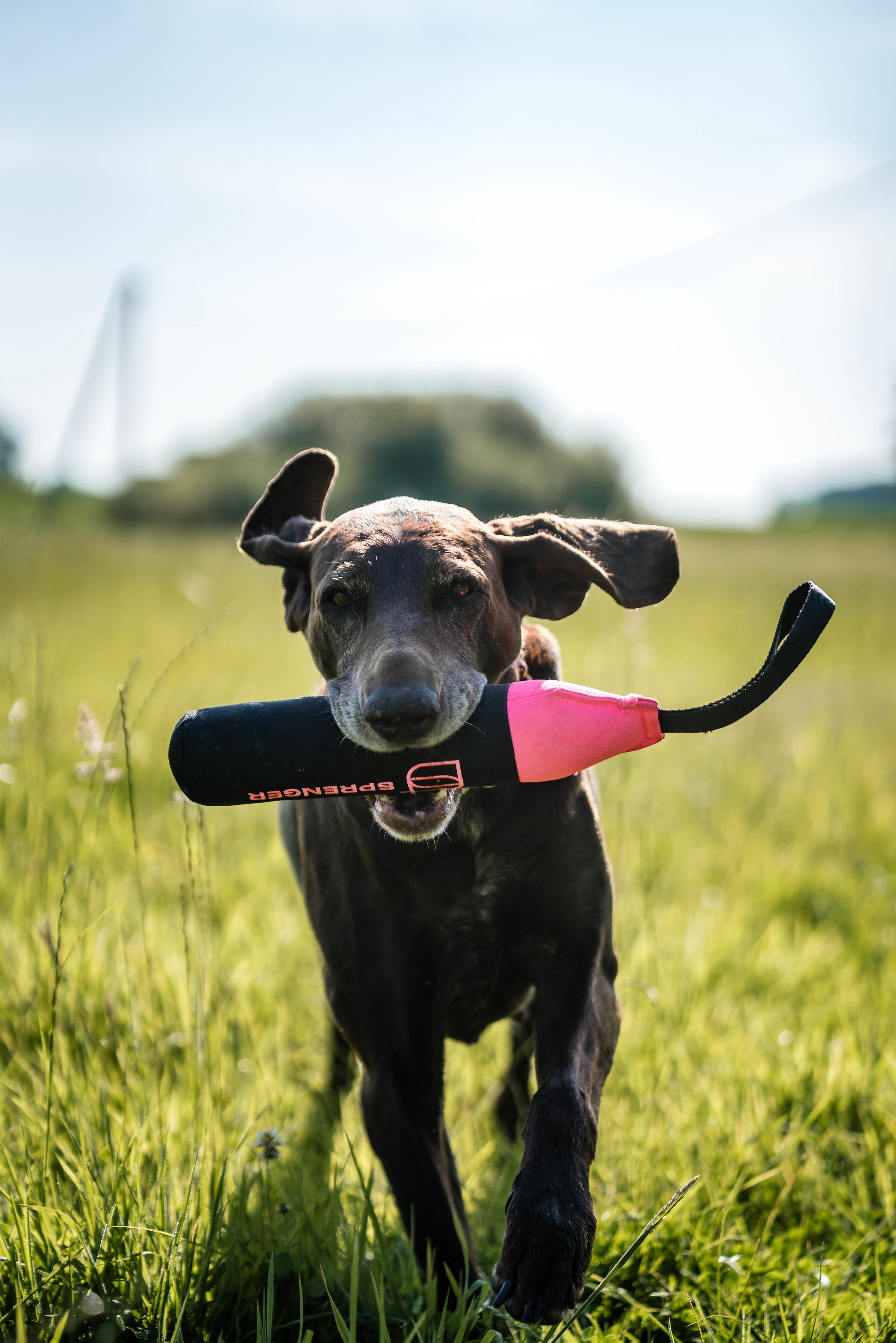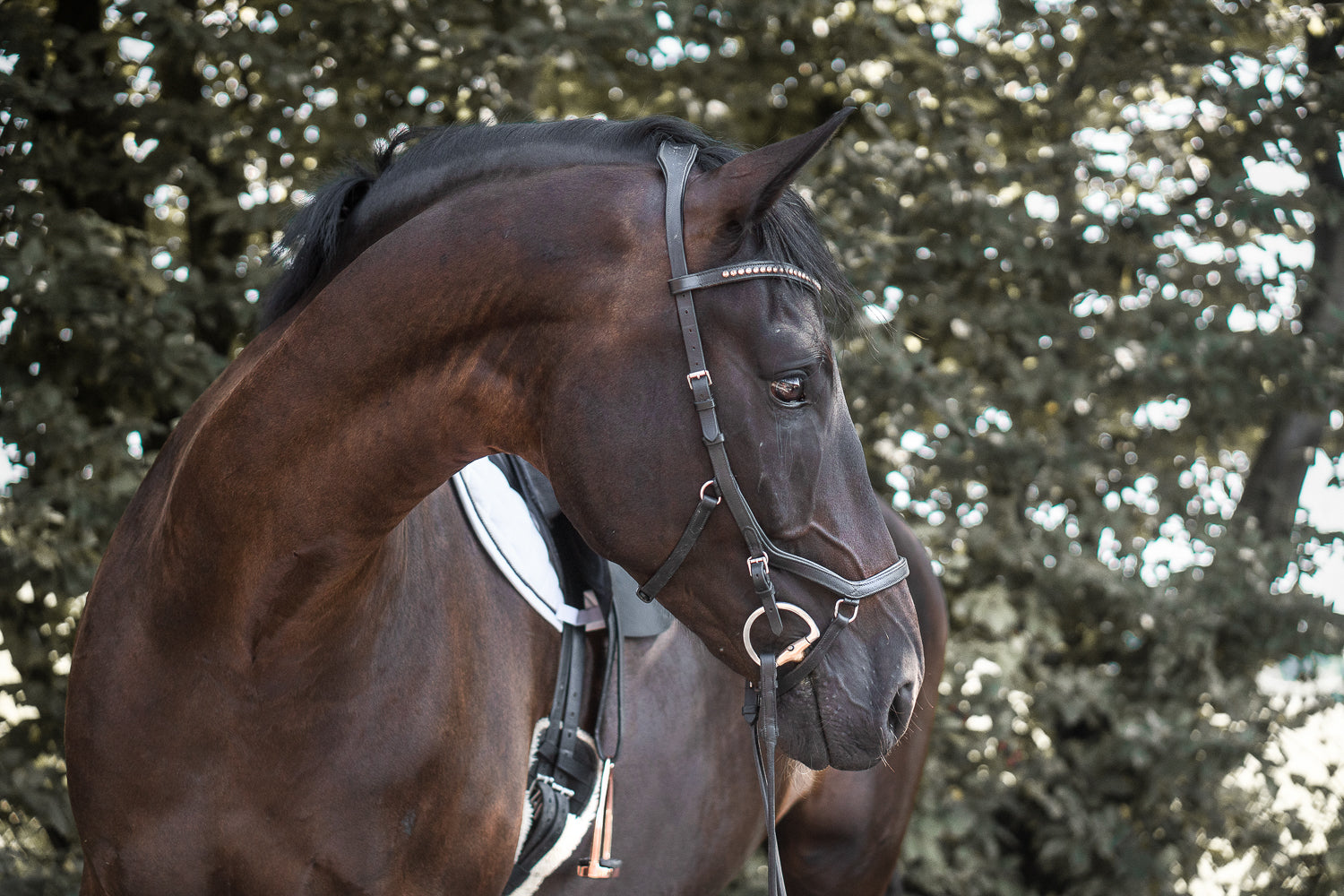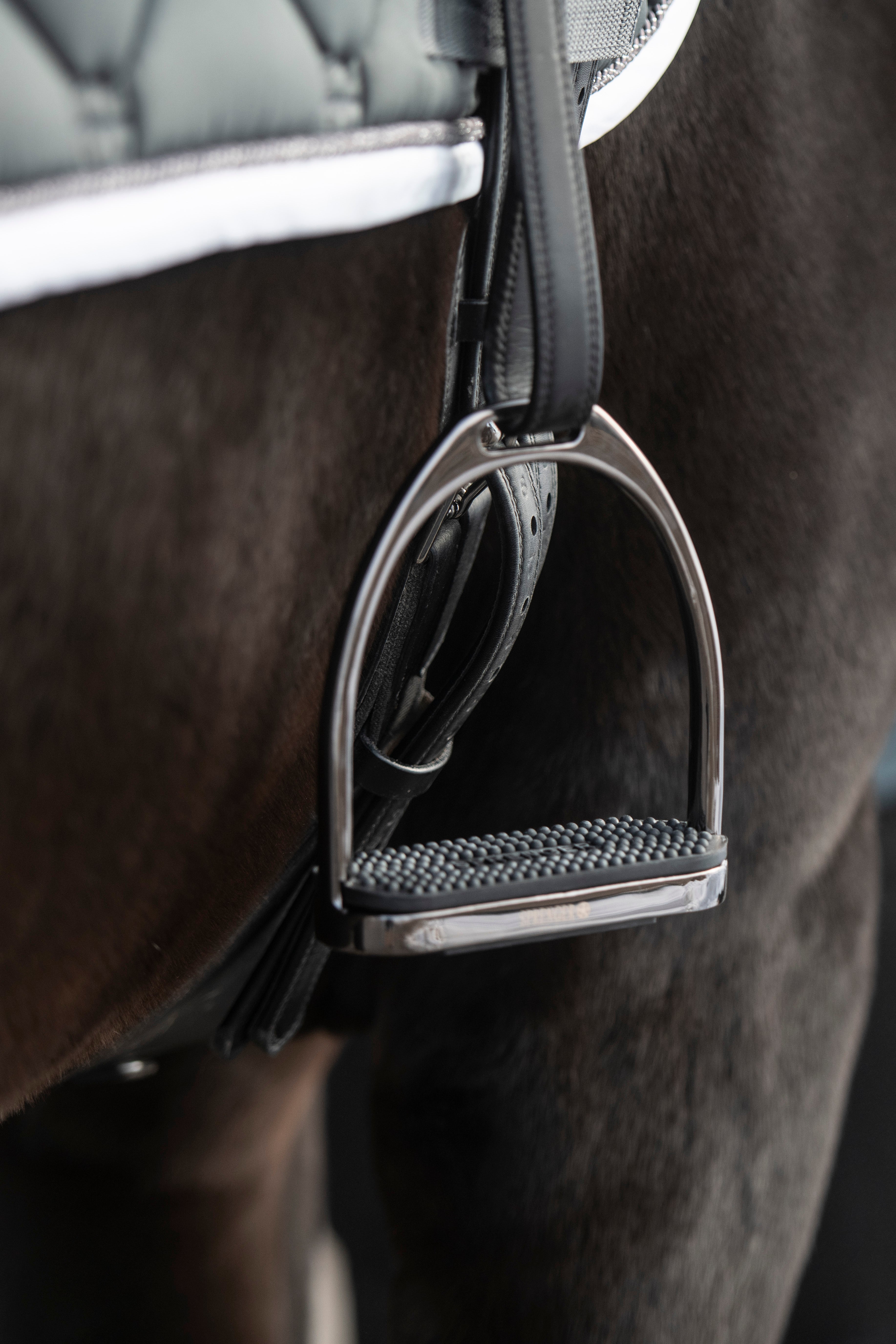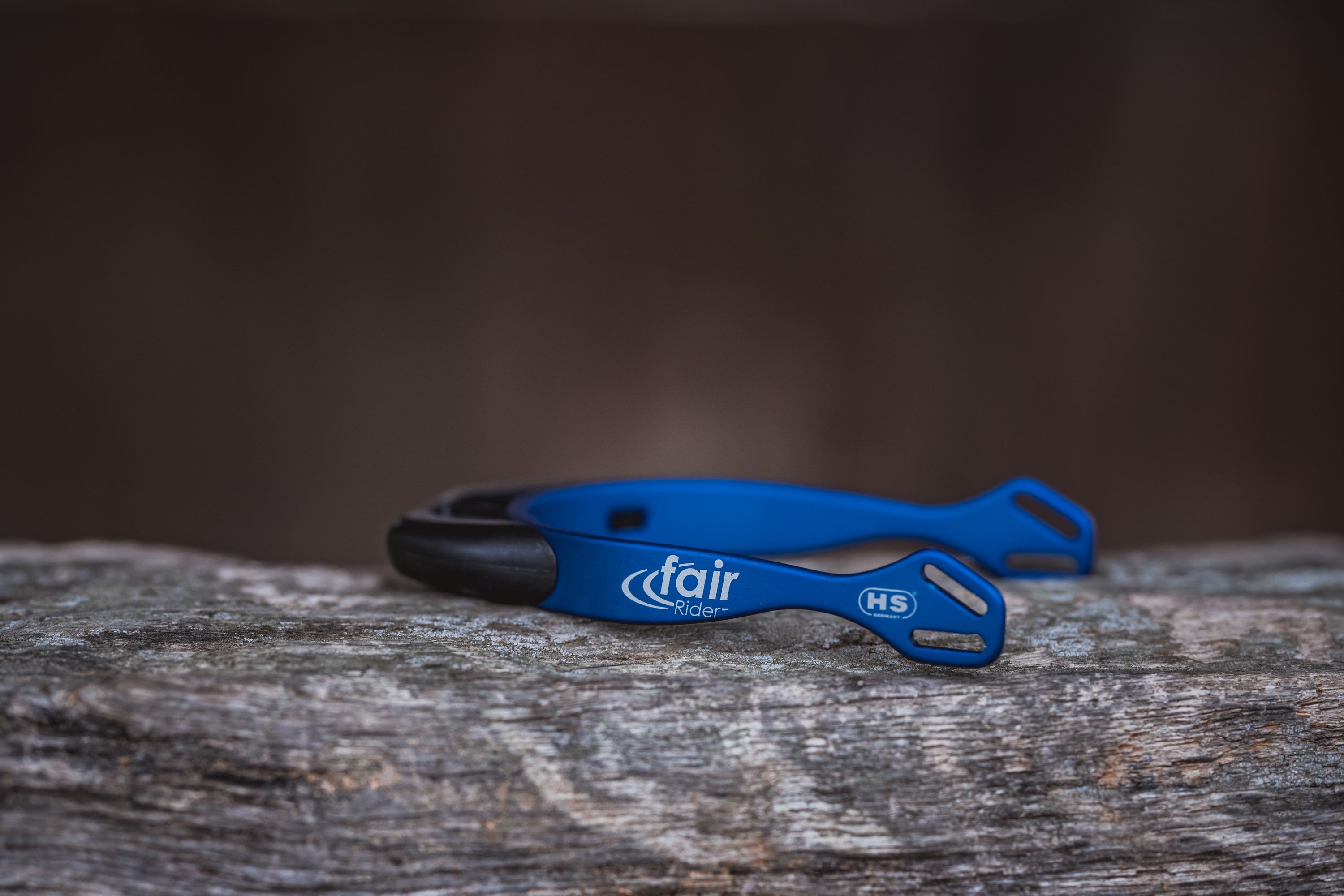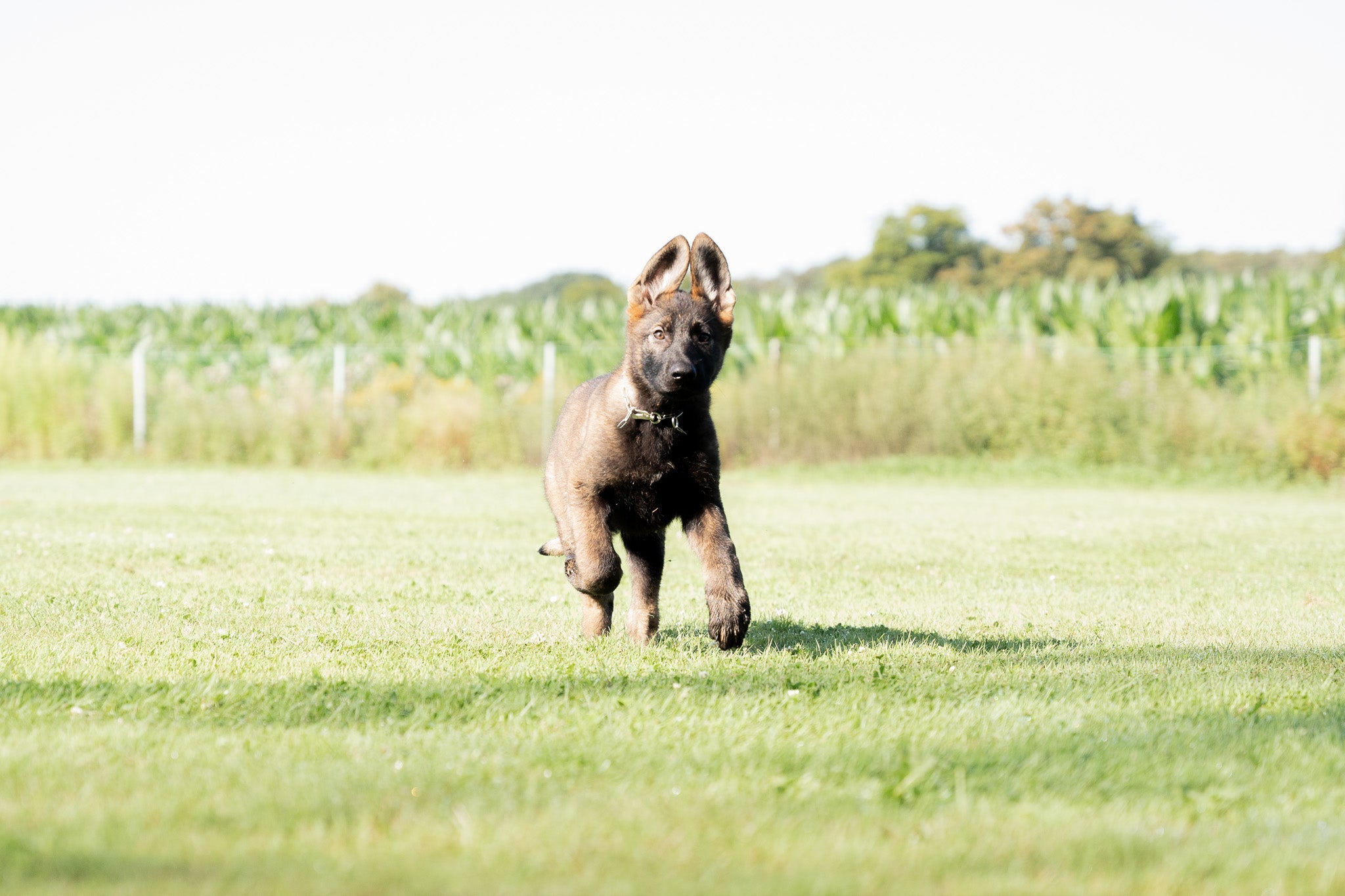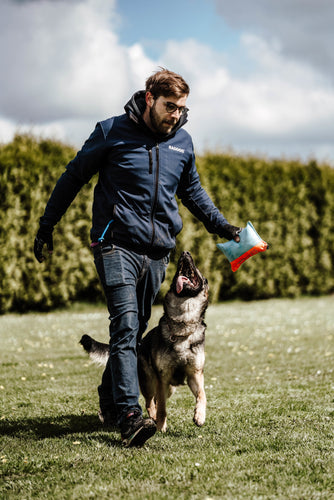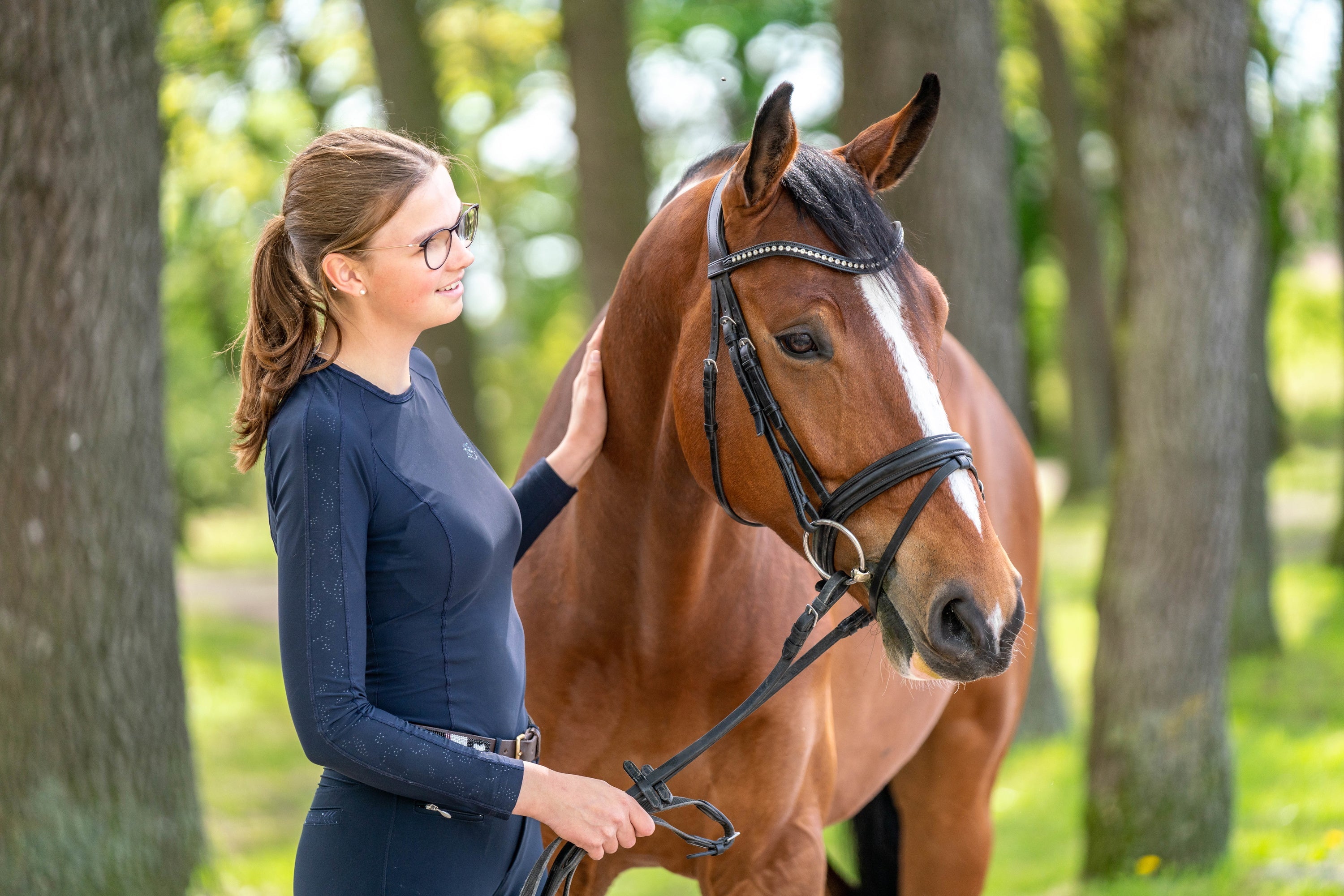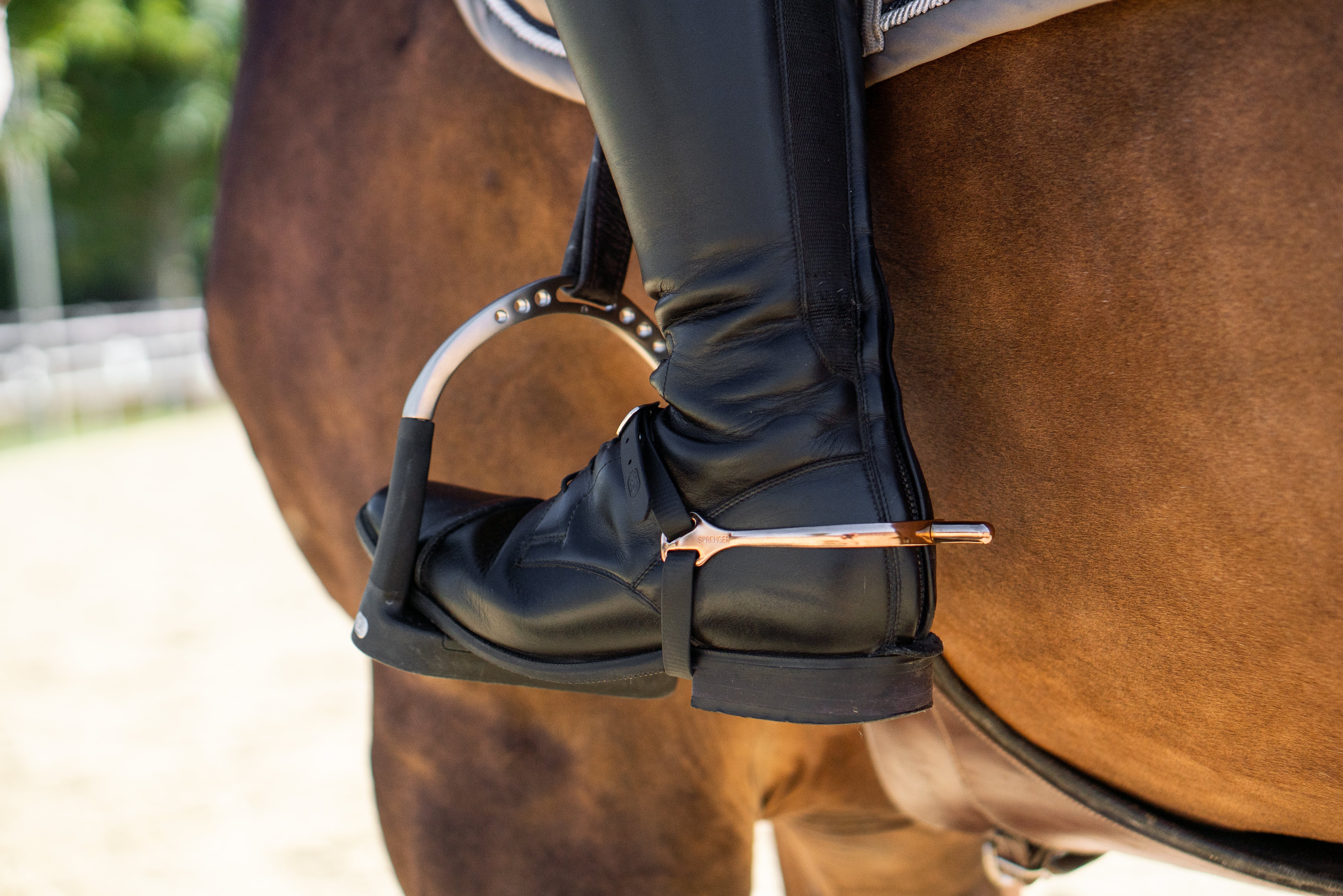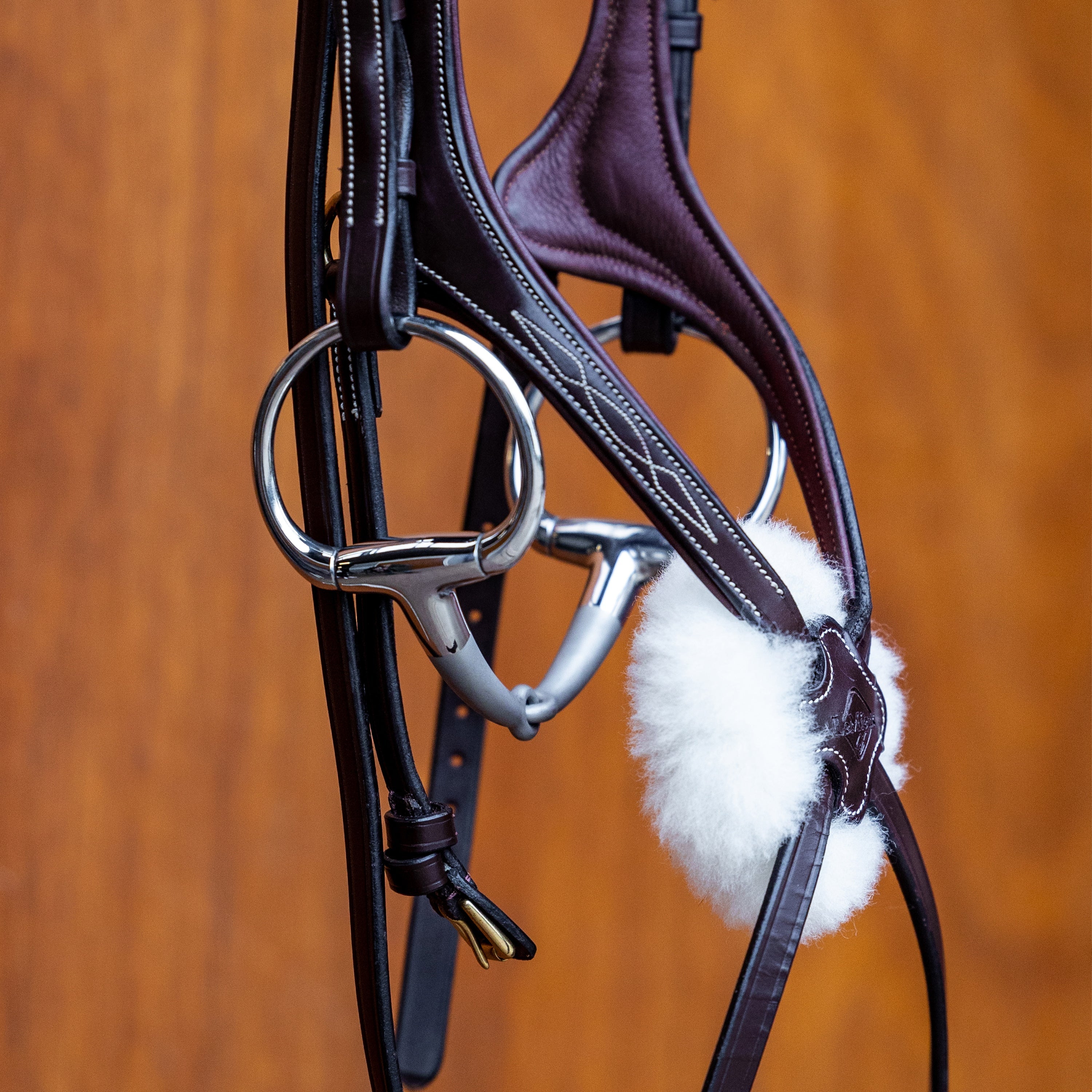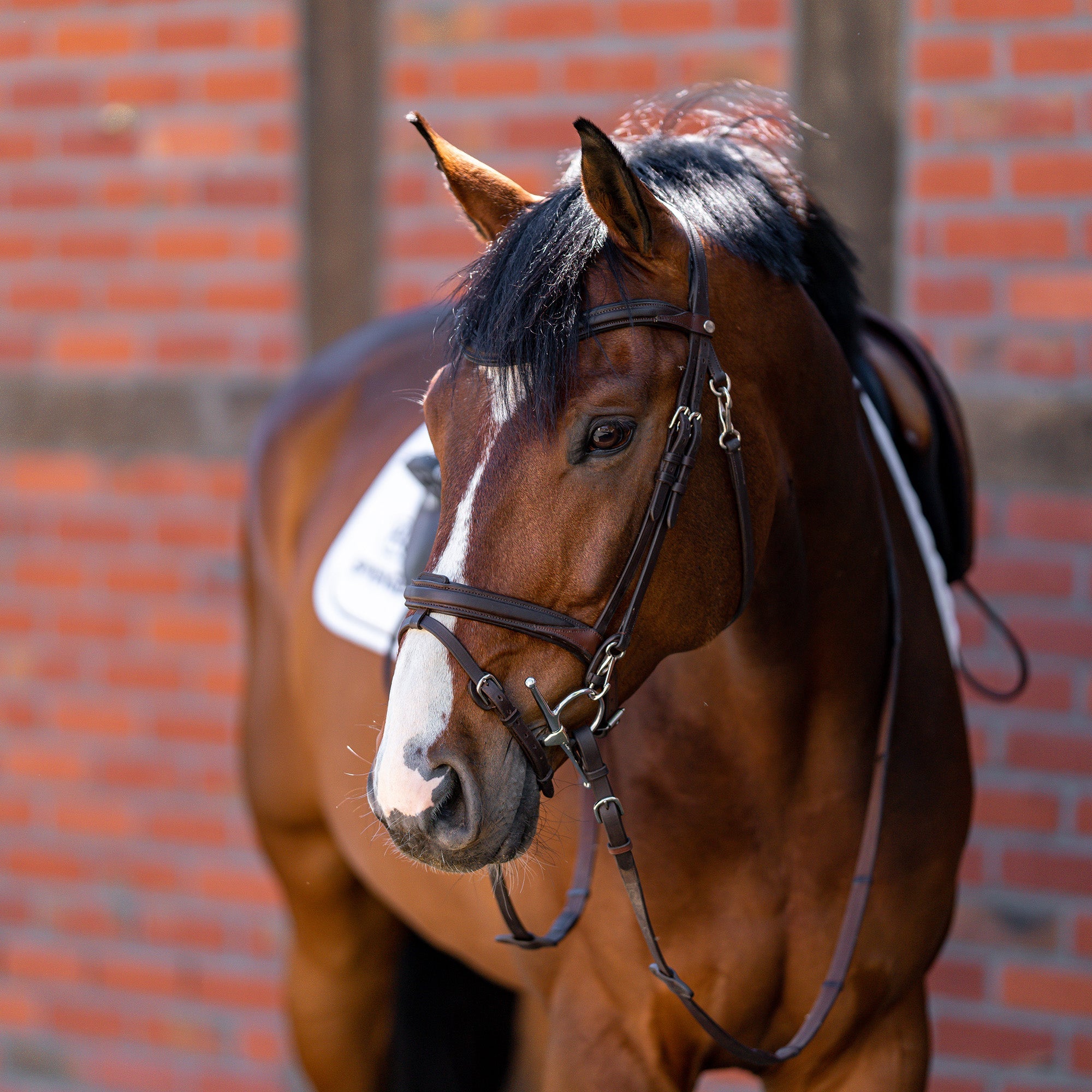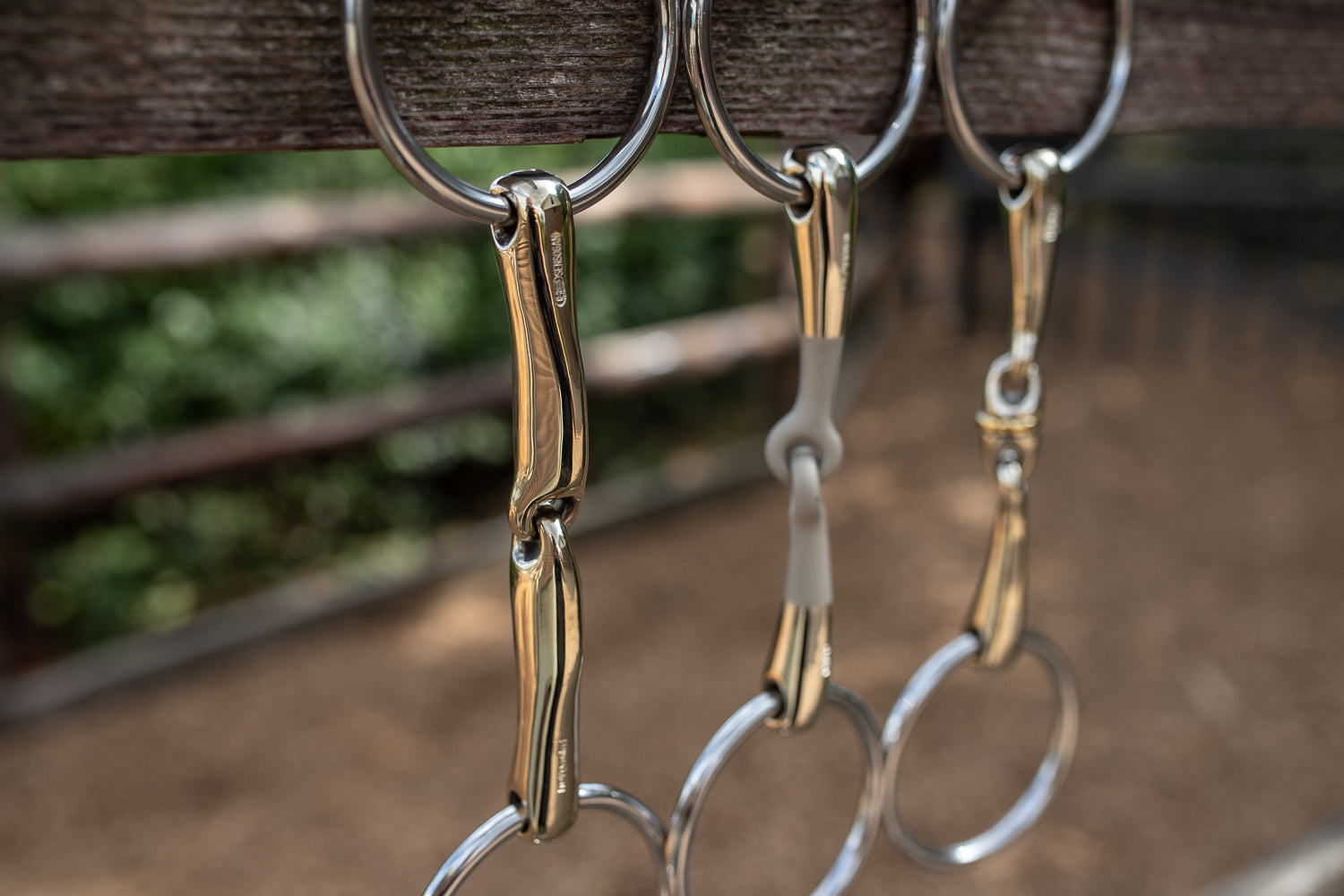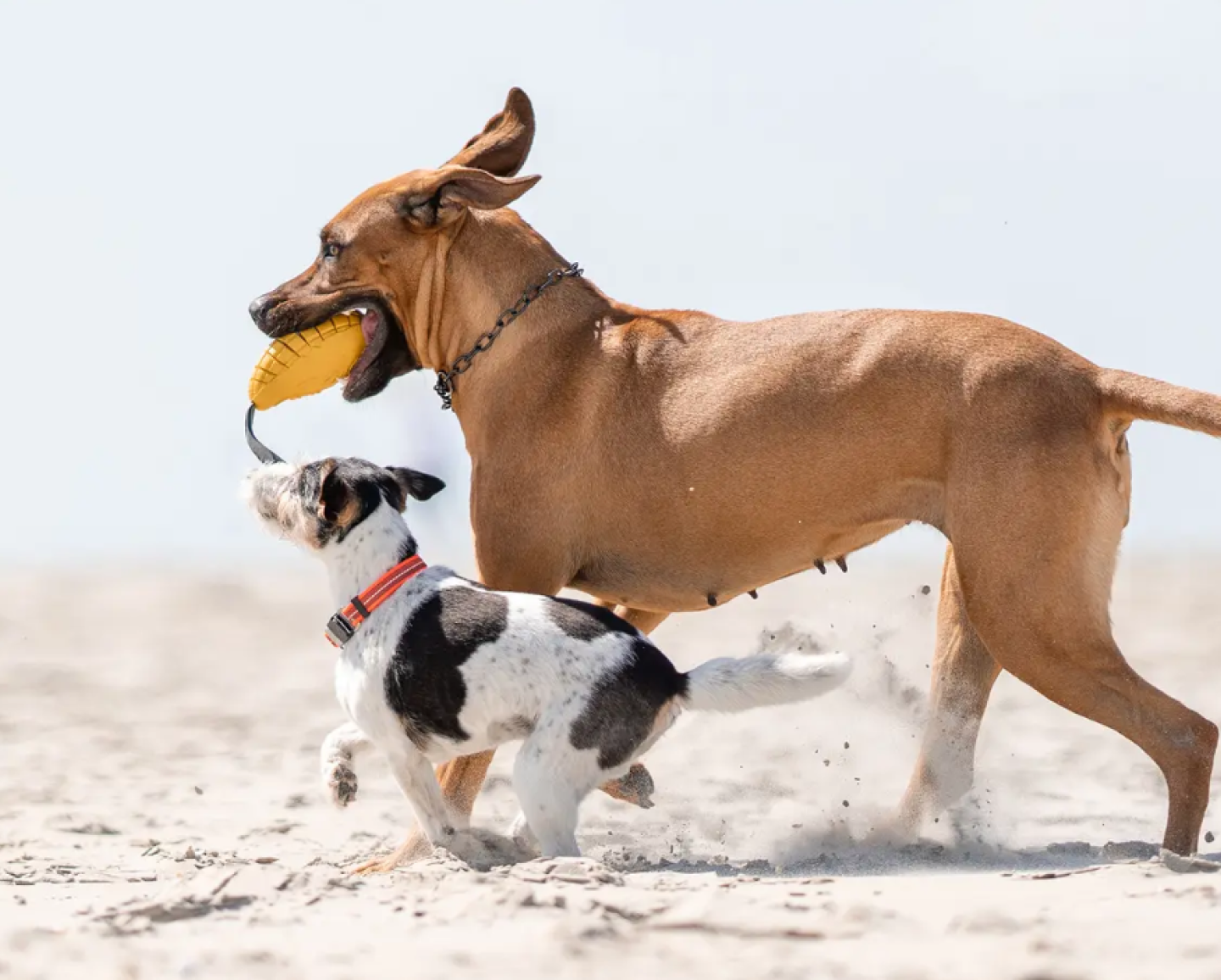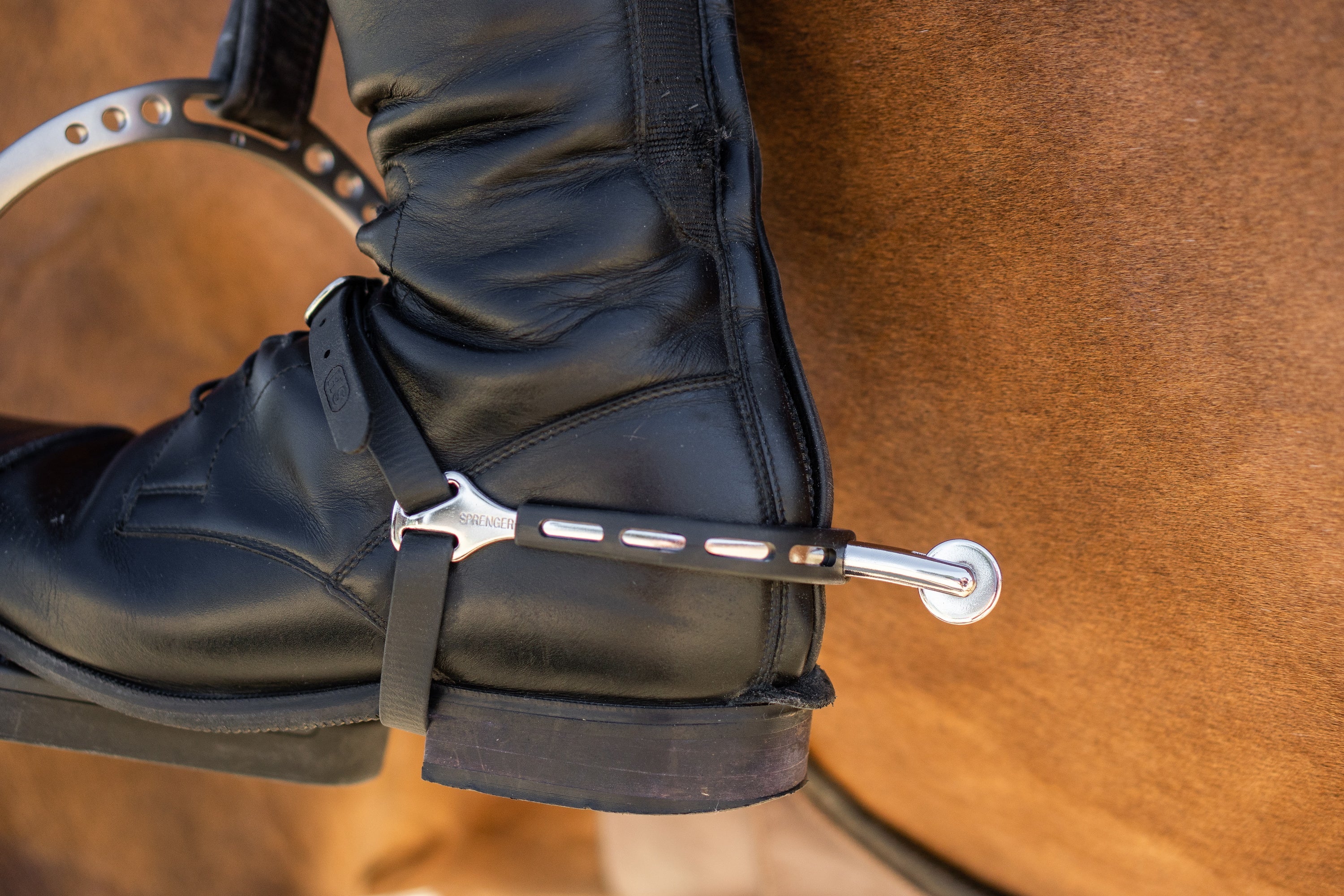
"Why don't you use rowel spurs?" is often a well-intentioned tip to make the rather less eager four-legged friend get a move on. Of course, no one would admit this nowadays, but many riders and trainers still see spurs as an acceleration aid. But used correctly, wheel spurs can do much more! What everyone knows deep down is that spurs are neither a substitute nor an alternative to the driving leg, but rather a refinement of the aids. So much for the theory. In practice, of course, it's not quite so simple. Correct handling of the spurs needs to be practiced. Daily. Over years. And no matter how much effort you put into it, a bitchy mare or a sensitive gelding will often prove to you in a fraction of a second that you still don't have a perfect command of how to use spurs. It's too bad that you don't earn points in horsemanship for a horse's ability to kick under the rider's heel or, in particularly limber cases, even under the toe.
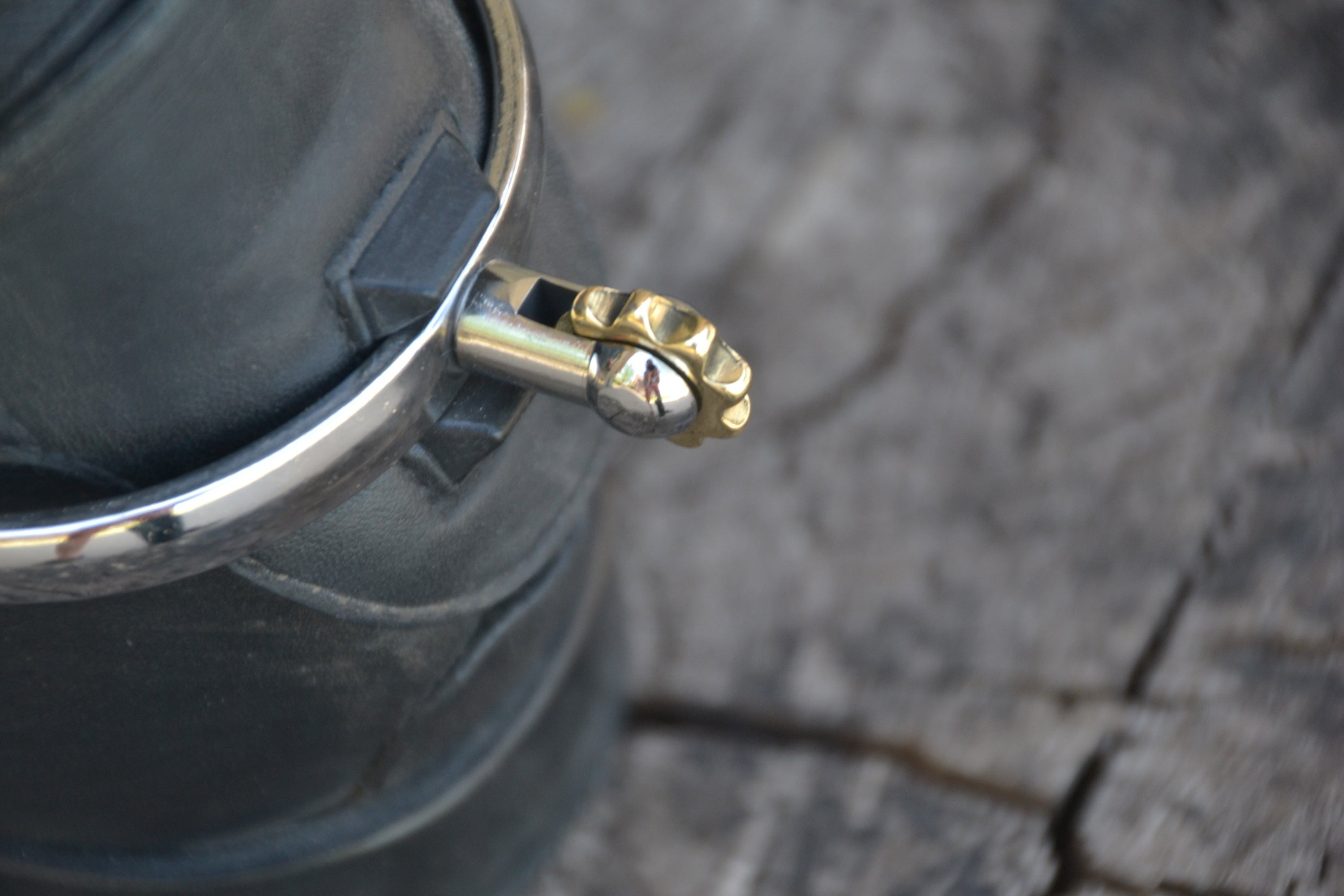
In order for the required mobility not to be expressed in kicking at the leg, but to move from the back to the front through the body and under the center of gravity, the rider must of course continue to work on himself in the first place. Nevertheless, the choice of more suitable spurs can be helpful in many cases. Many riders initially opt for rather blunt spurs because they consider them more suitable for the horse. In the meantime, there are even real softies among the wheel spurs and sometimes it can even make sense to use a stronger acting spur that you have to use less.
The different versions of the rowel spurs by Sprenger
We will now take a closer look at the different versions of the rowel spurs by SPRENGER. In general, there is a basic rule that can be applied to the degree of sharpness of the rowels: the thinner, more pointed/toothed and smaller the wheel, the sharper the action. The more rounded, thicker, and larger the rowel, the softer the impact of the spur. The rowel should not be stuck under any circumstances but should always be able to turn freely to avoid injury. Especially during coat change it can happen that hair and dirt get stuck between the rowel and the spur. Therefore, rowel spurs should be cleaned thoroughly on a regular basis.
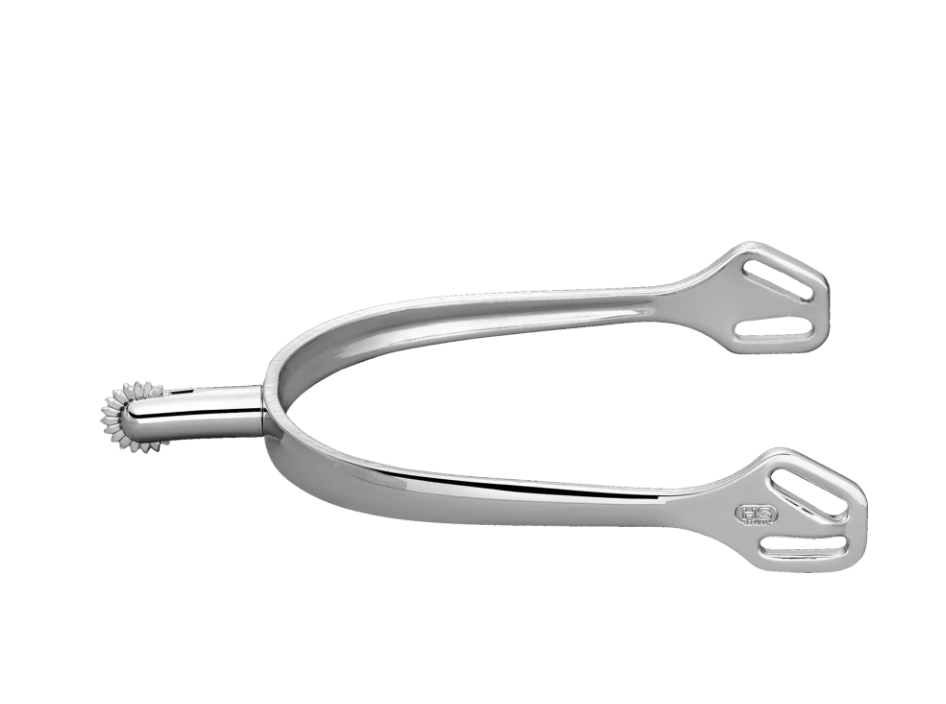
The fine toothed rowel
It's hard to believe nowadays, but I used spurs with a fine-toothed roowel when I was a beginner rider. Of course, in 1990 this was already the worst possible spur to give to beginners and children. In my defense I can say the following: I was ignorant, 6 years old and did not get under the saddle pad with the spurs. So this case is not animal welfare related but still alarming enough to make it better. Therefore, I now say in all clarity: spurs with fine-toothed rowels can cause puncture injuries if handled incorrectly, belong exclusively in experienced hands and should only be used temporarily as training spurs.
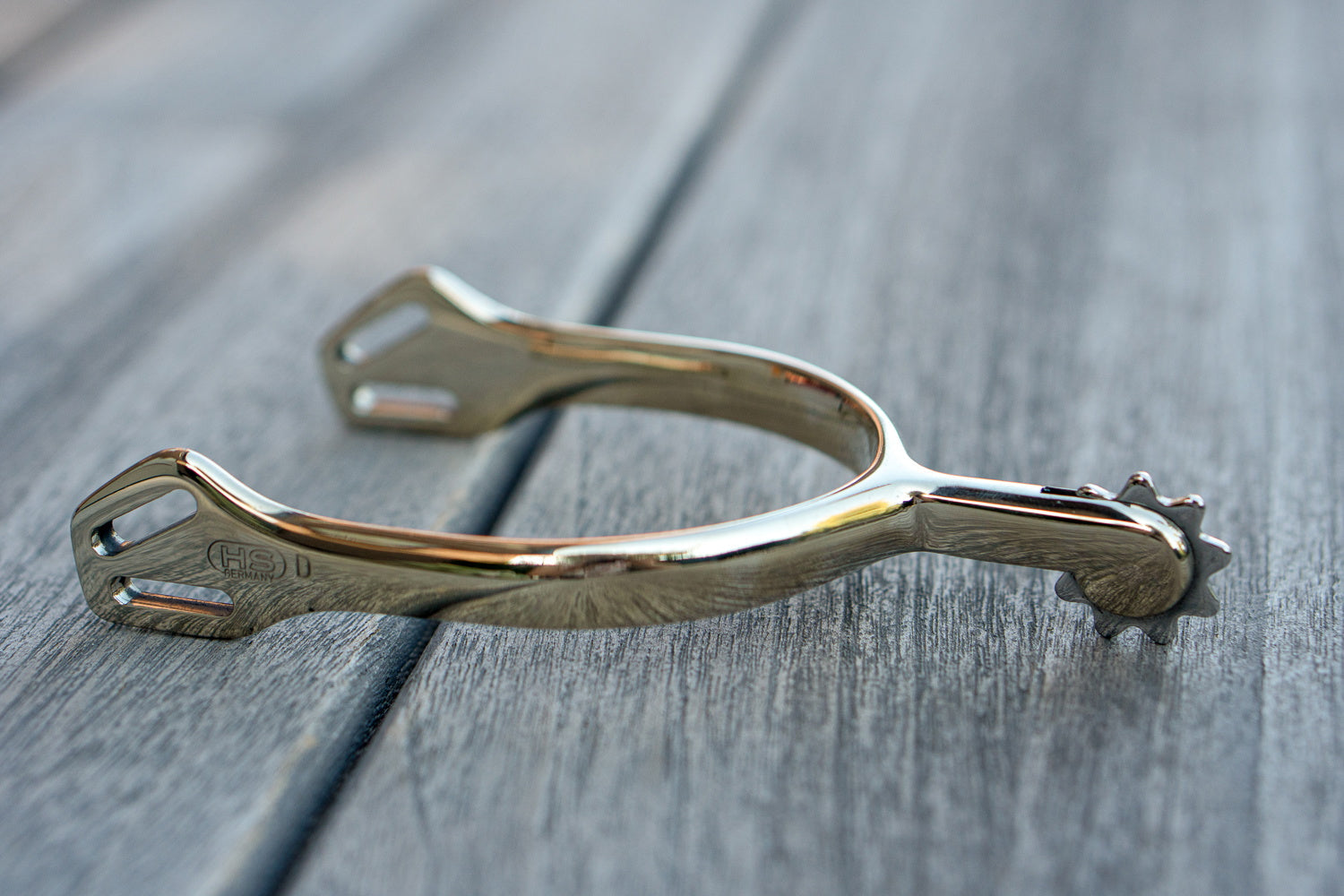
9 point rowel
The 9 point rowel has a much larger diameter, larger and rounded points and is slightly wider than the fine toothed rowel. With these spurs I definitely have a stronger impact but cannot cause any injuries due to the rounded points and the rolling wheel when used properly. These spurs are suitable for horses that respond little to the leg aid and where impulses with blunter spurs are not effective enough.
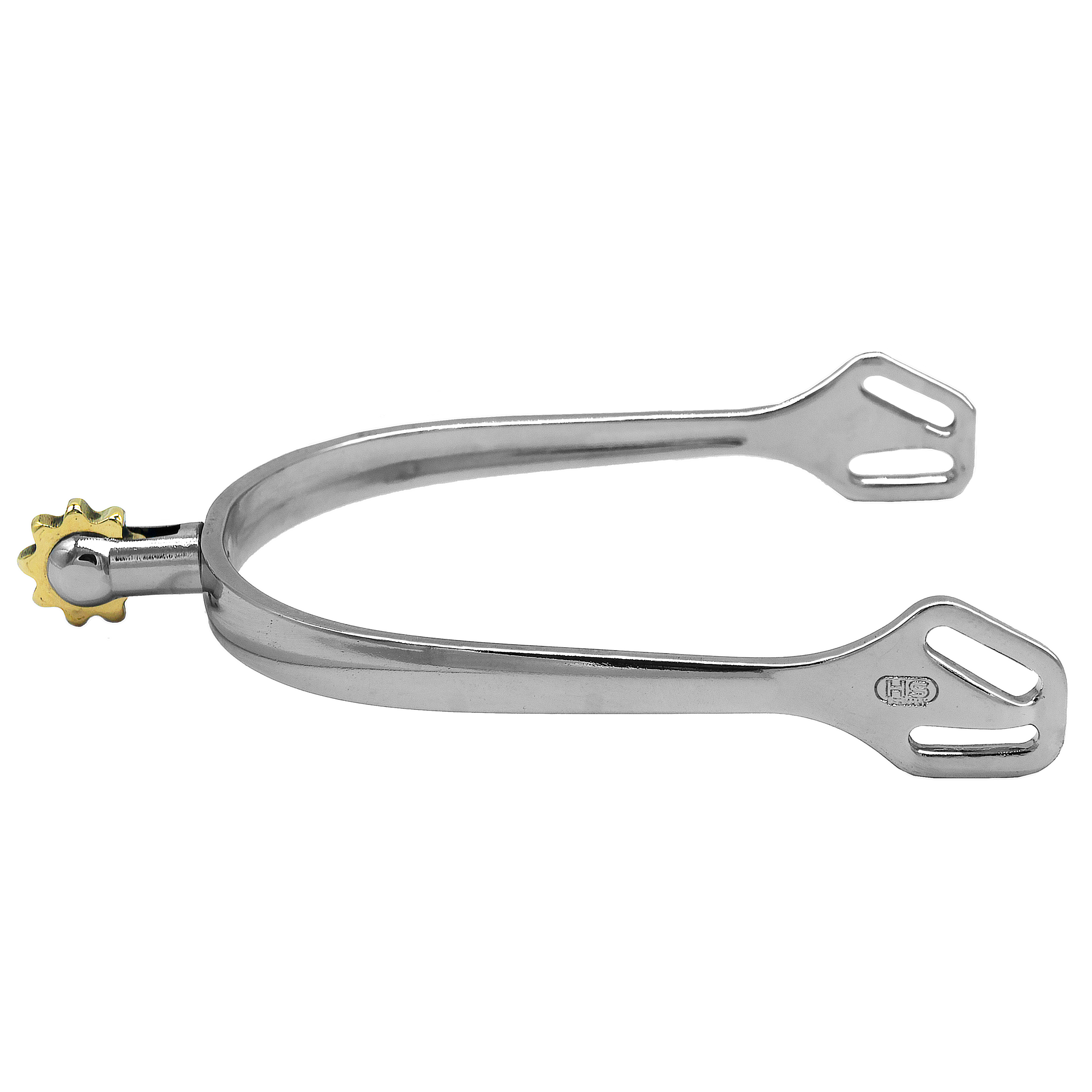
Soft Point Rowel
A serrated wheel with a rather soft action is the Soft Point wheel. It is particularly thick with a width of approx. 4 mm. The spurs are rounded in all dimensions. Due to the wide wheel, the spur has a more extensive and less punctual effect than thinner serrated wheels and is at the same time gentle on the coat. Therefore, the spur is particularly suitable for horses that do not react sufficiently to blunter spurs, but are too sensitive for more direct spurs.
Round Rowel
Round rowel spurs also come in different versions. The smaller round rowels have the smallest diameter and are also narrower than the larger rowels. So the smaller round wheels act more punctually than the larger ones. The degree of impact compared to 9 point rowels is of course lower, because here we have a smooth surface with which we touch the horse. So these spurs are ideal for horses that need to be prompted too much with rounded spurs.
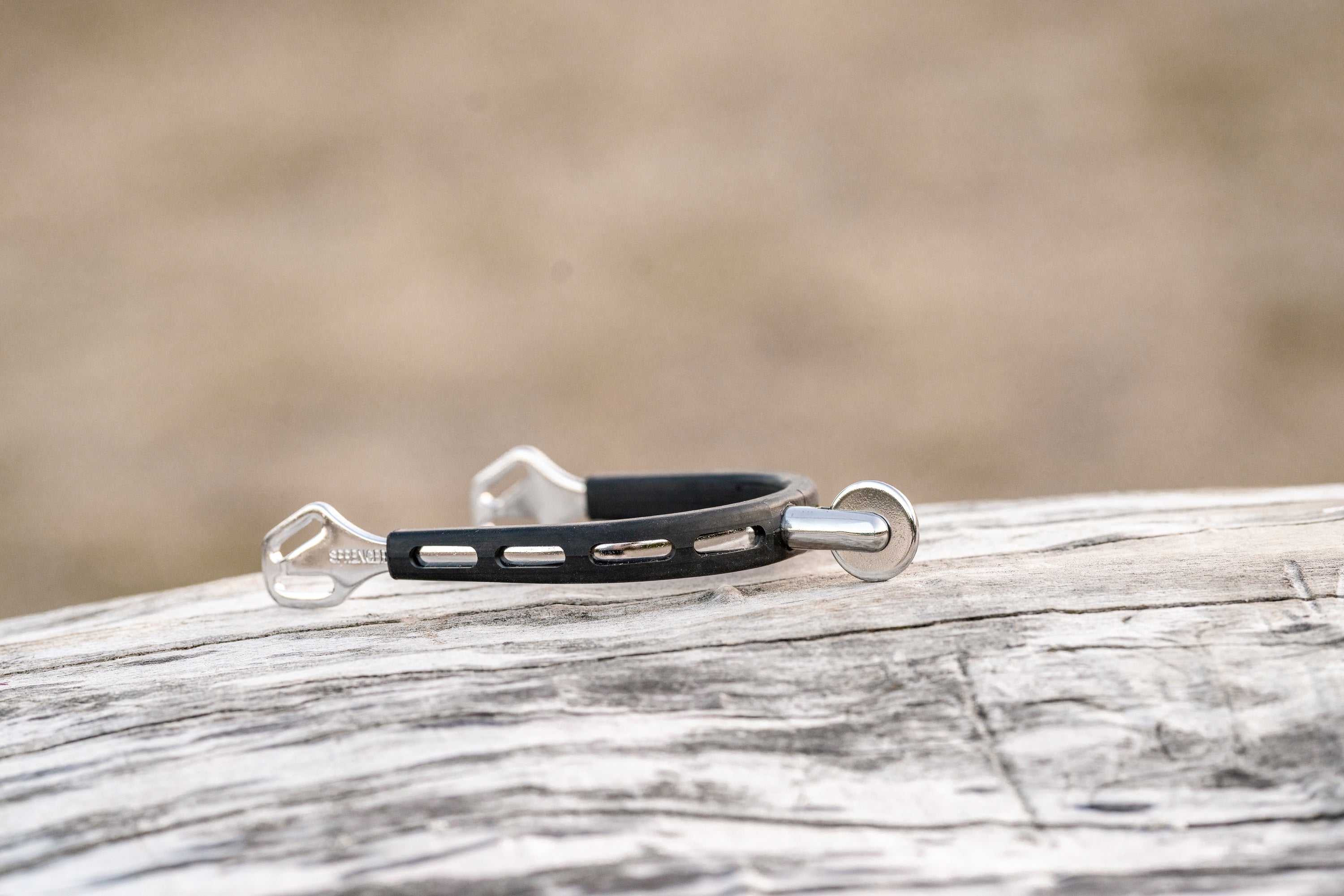
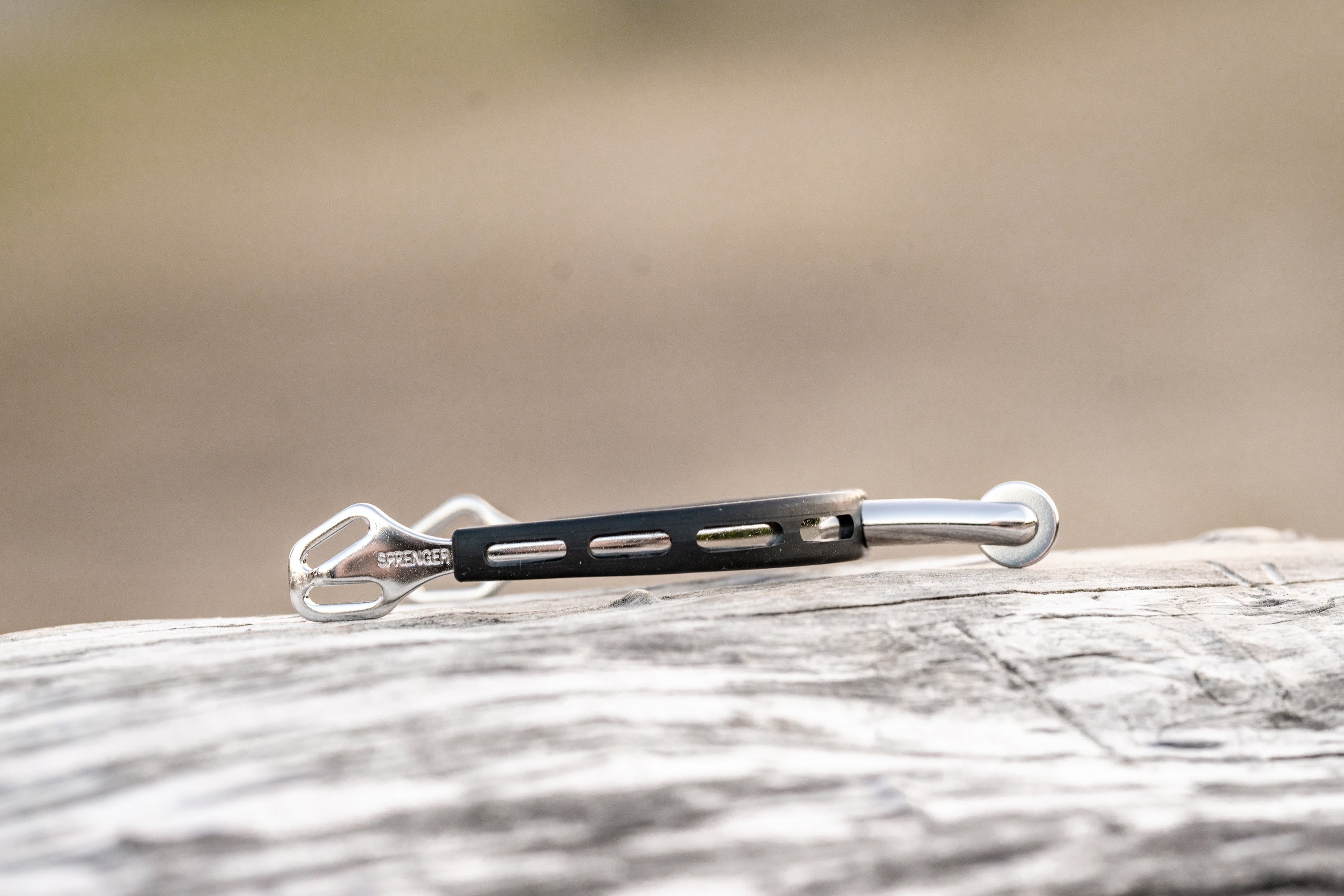
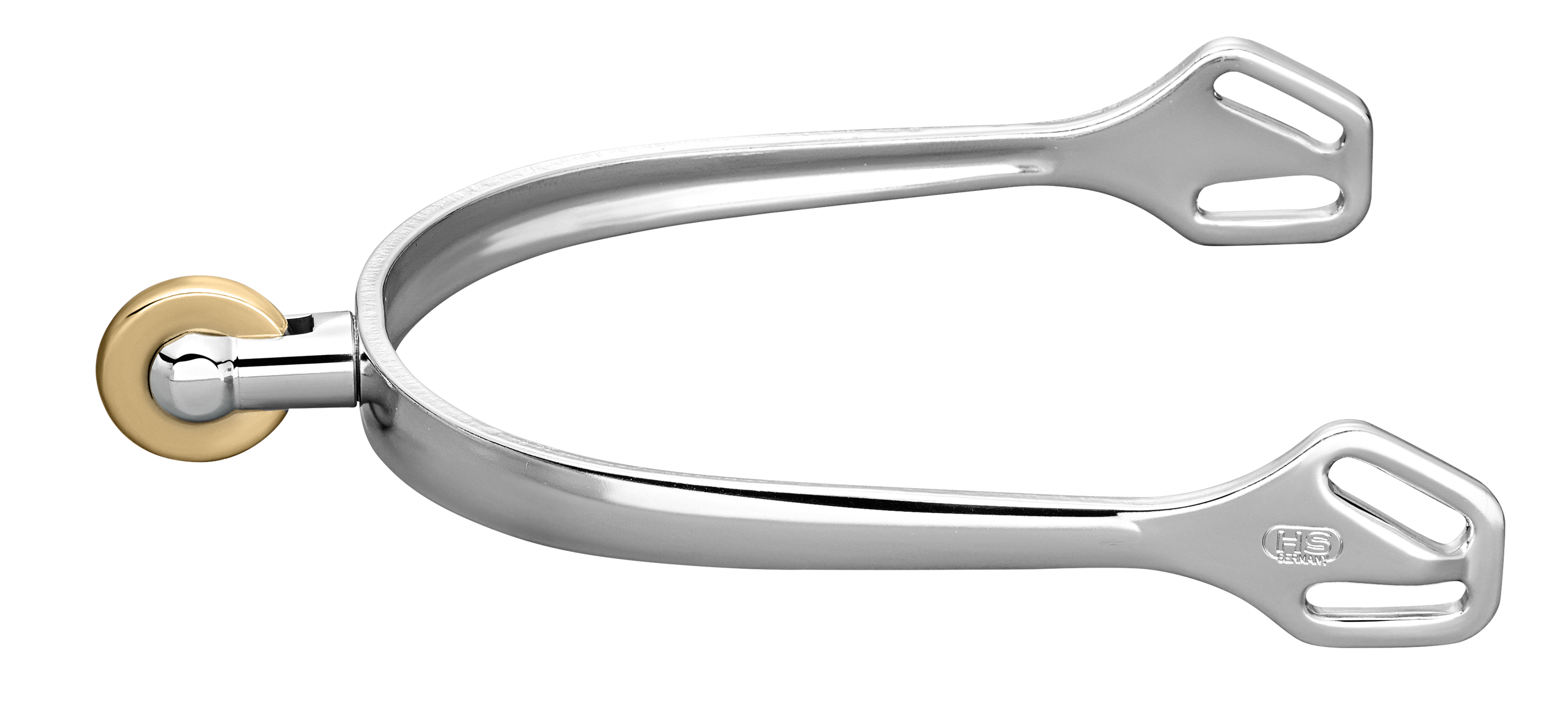
In contrast to the narrow disc-shaped ball wheels, the Comfort Rollers are much wider and therefore softer in action. They are ideal for "twitchy" and leg-sensitive horses.
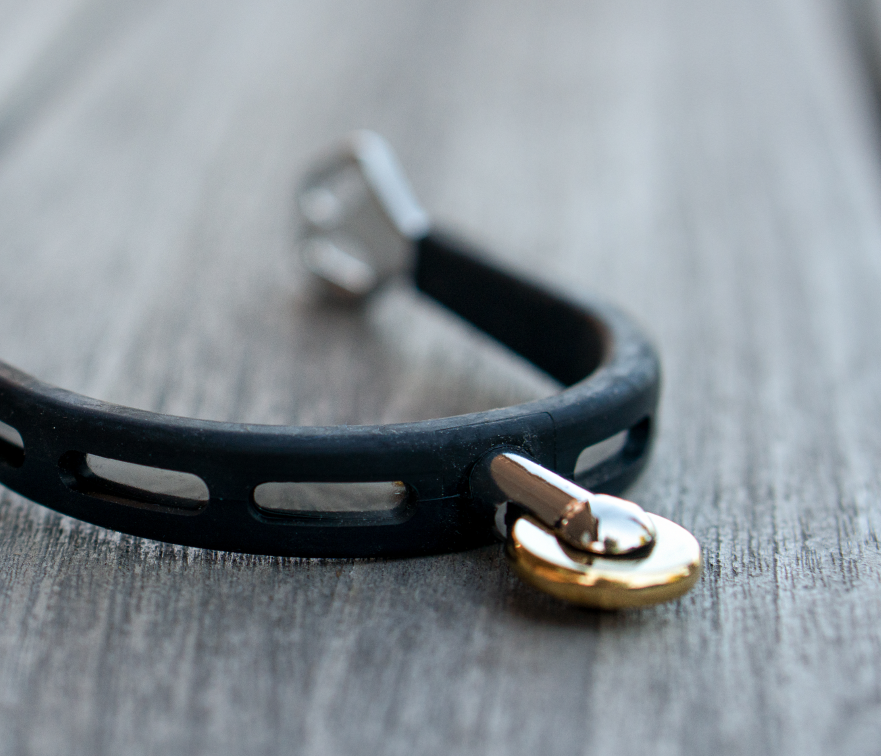
The horizontal comfort roller
By the way, spurs with horizontal rowel shorten the distance between the leg and the horse. They therefore allow faster contact and support a calm leg position. In order to avoid injuries, it is necessary that the rowel is relatively thick. If this is the case, such spurs have a soft effect and are particularly suitable for sensitive horses.
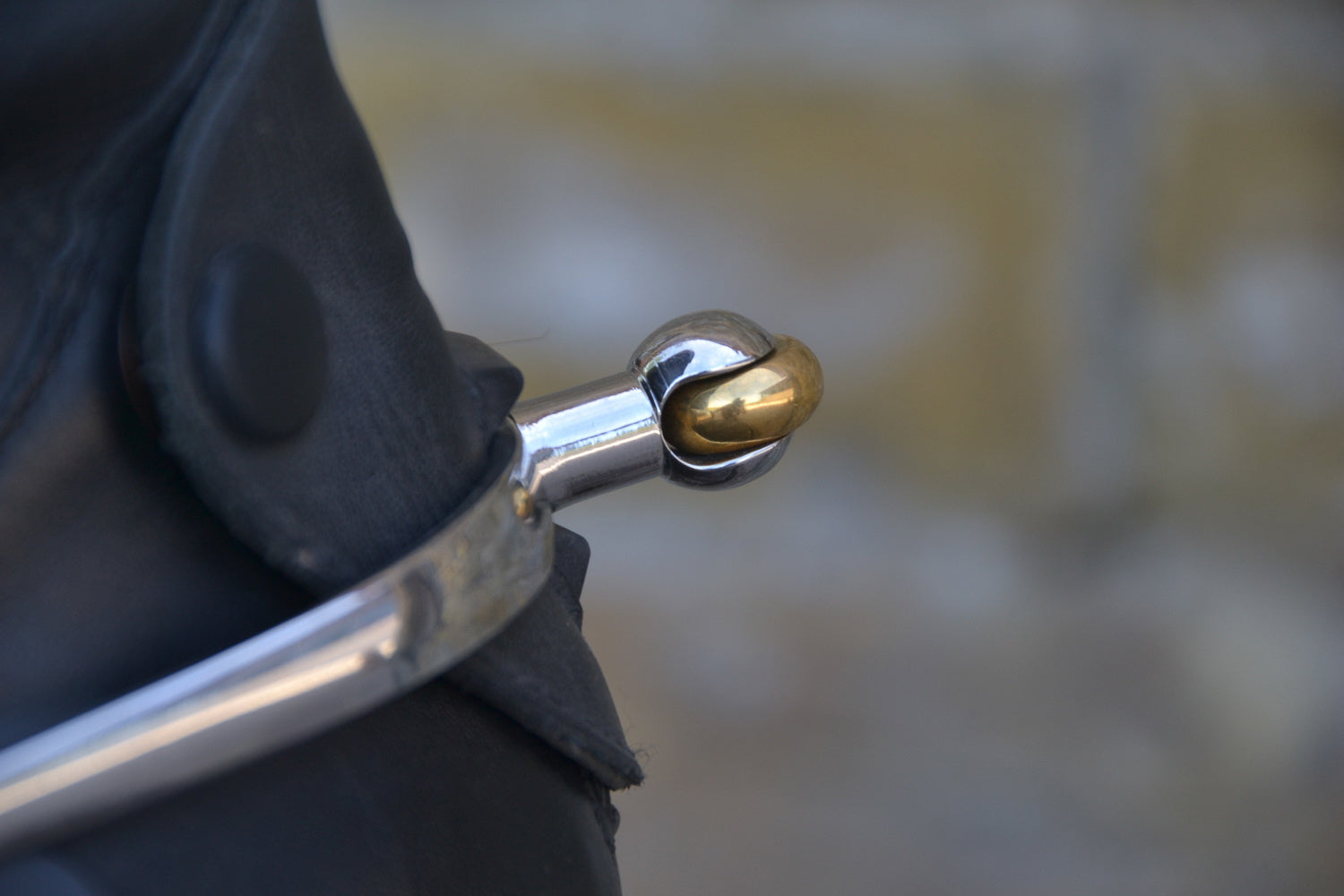
The super soft roller
Even wider and correspondingly softer is the Super Soft Roller, where the wheel is about twice as wide as the Comfort Roller. By the way, the thicker wheels on these models are also perfect for shedding or clipped horses. They have a large contact area and roll off when touched. So there is a lot less friction on the coat than with spurs without wheel and coat loss is prevented.
PART OF YOUR PASSION.
